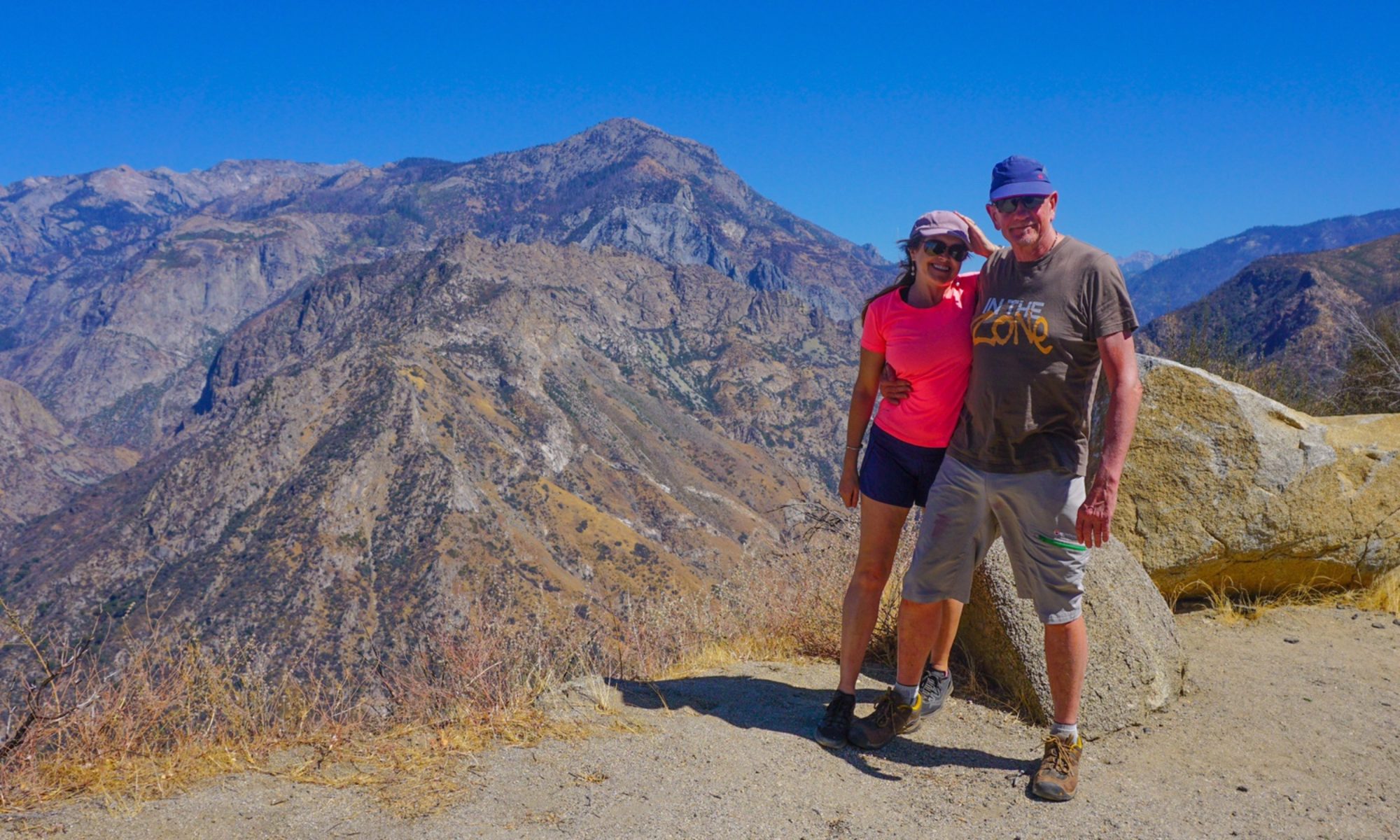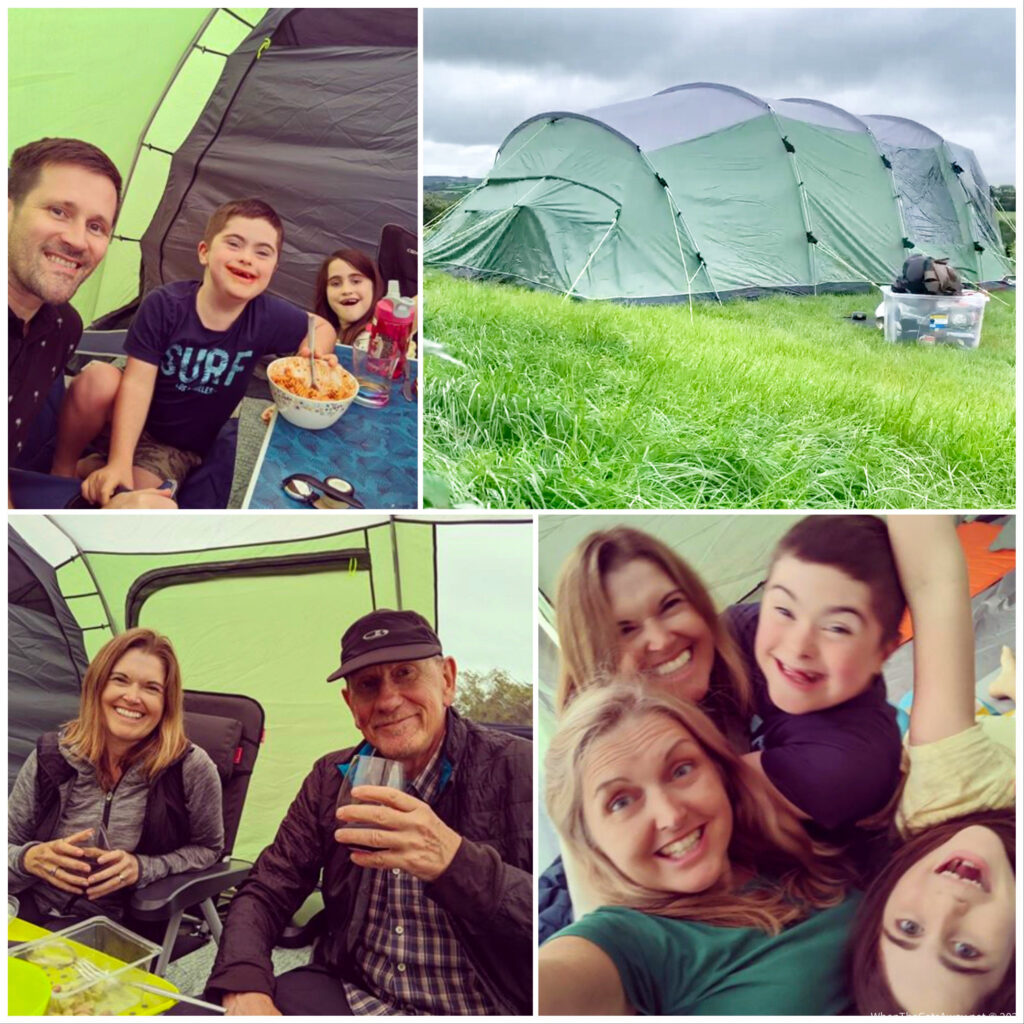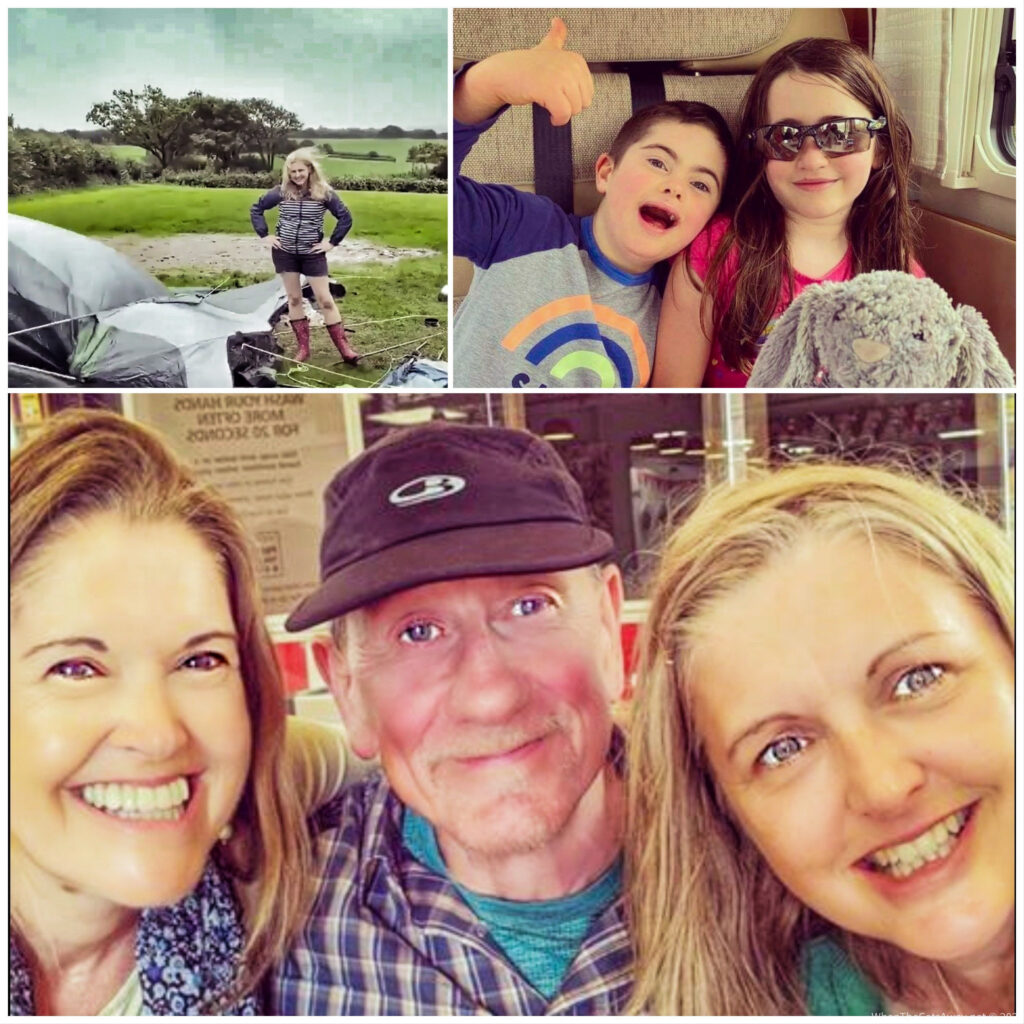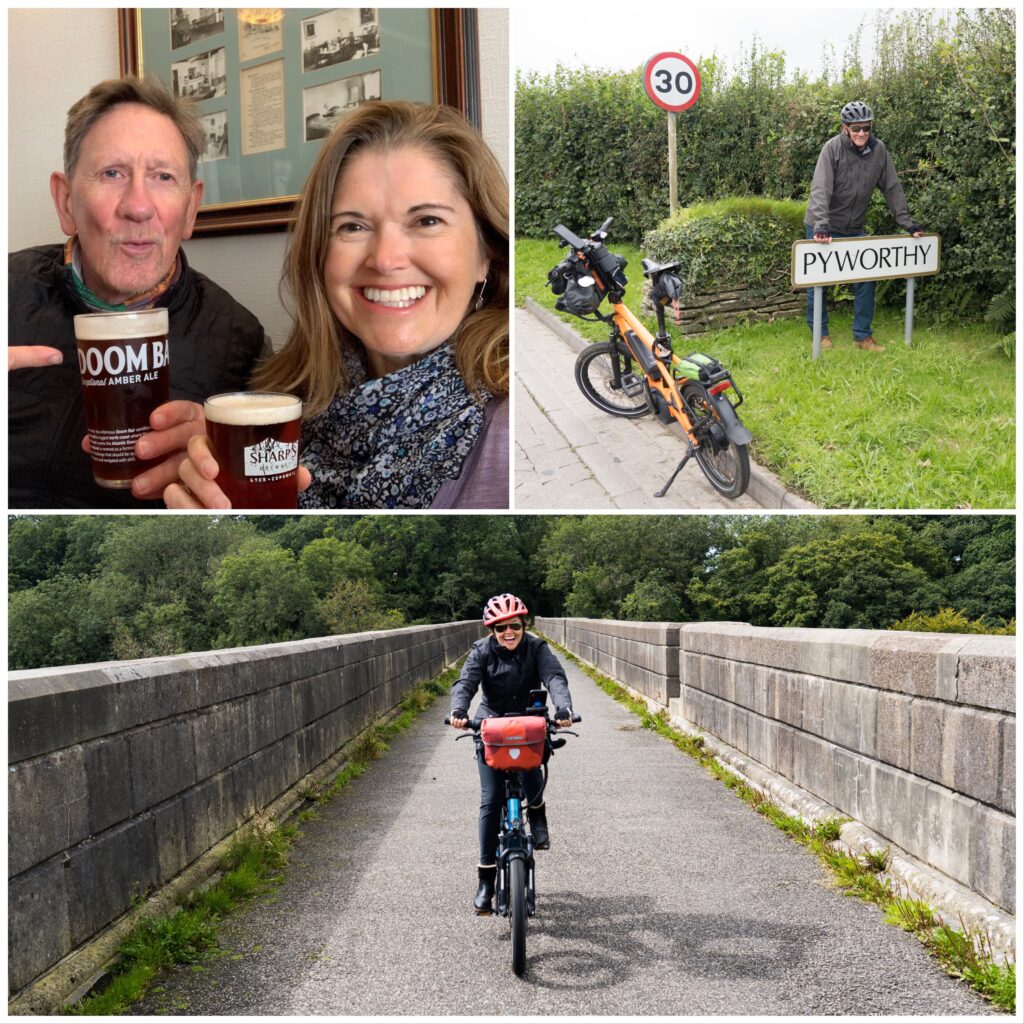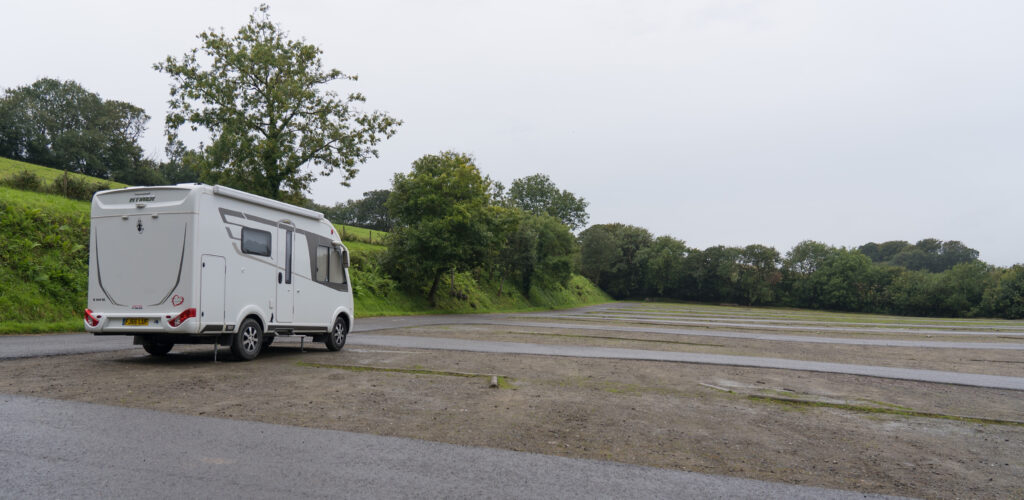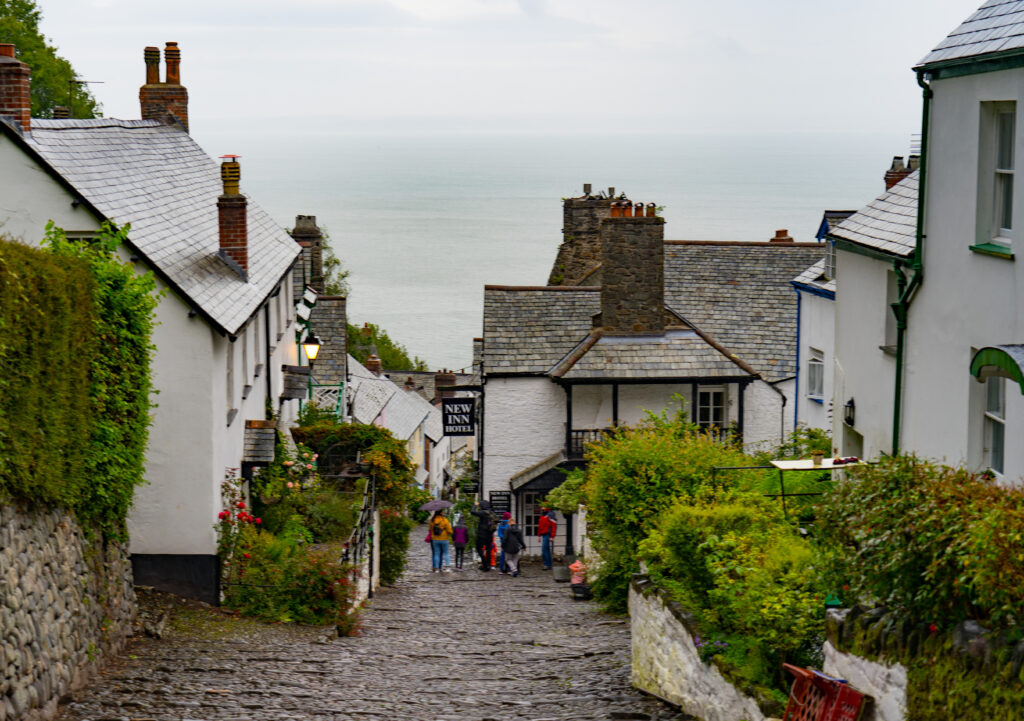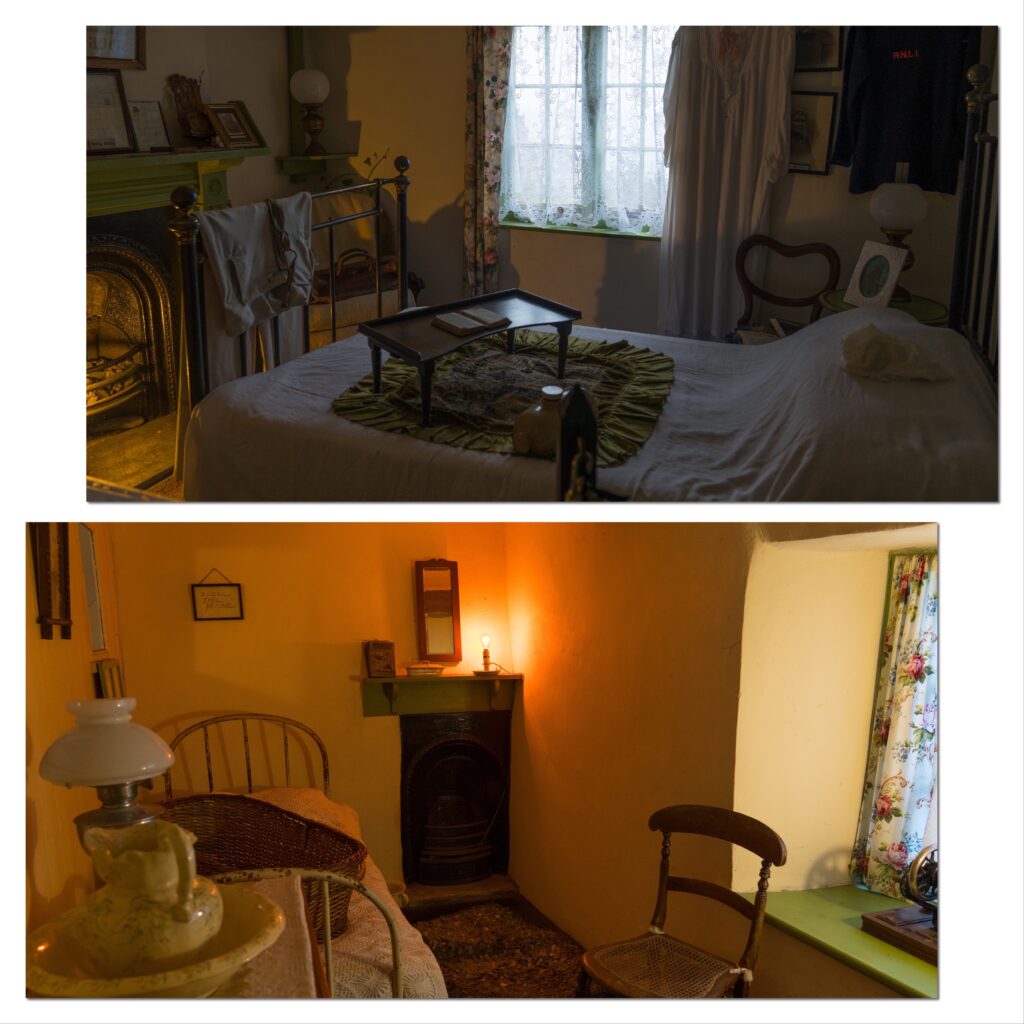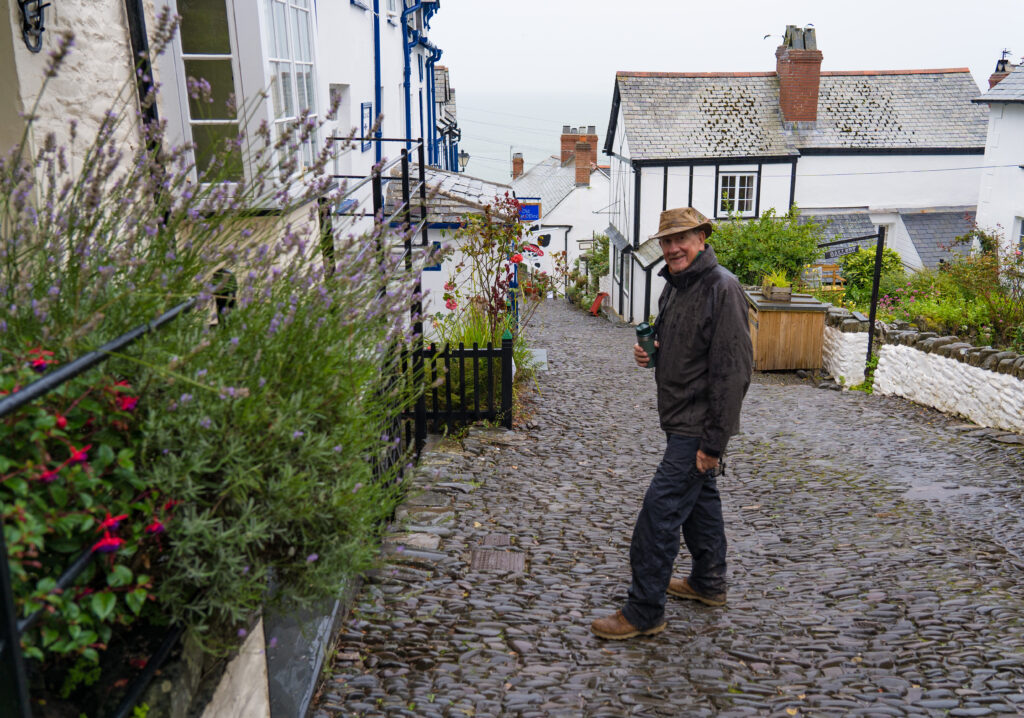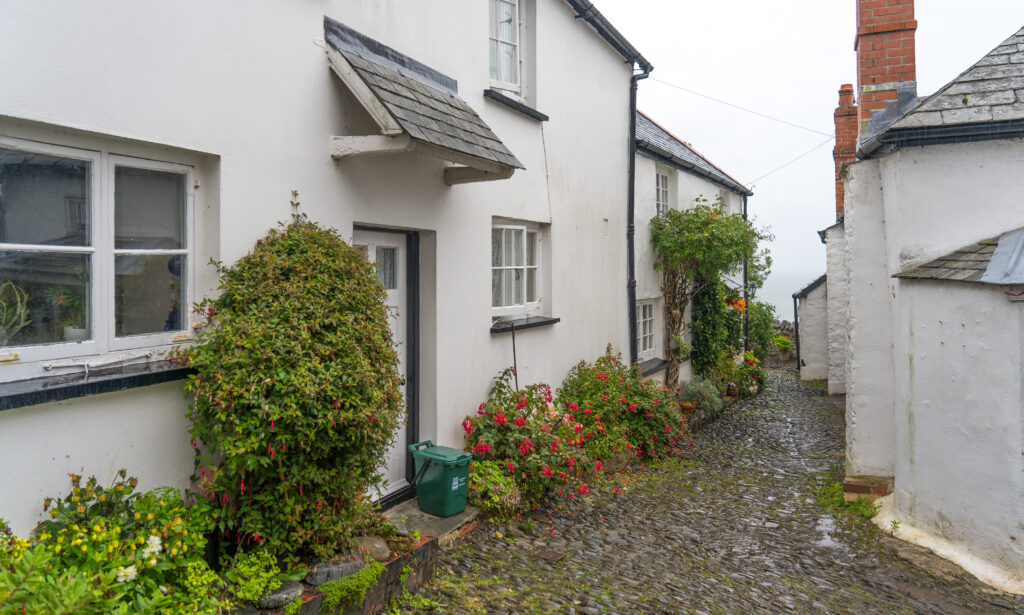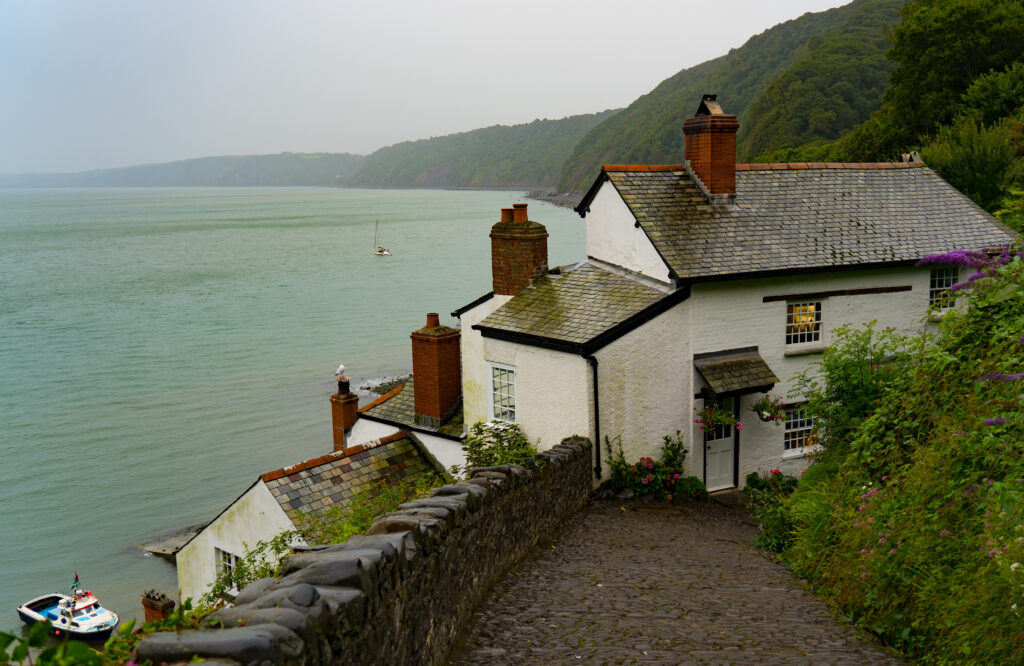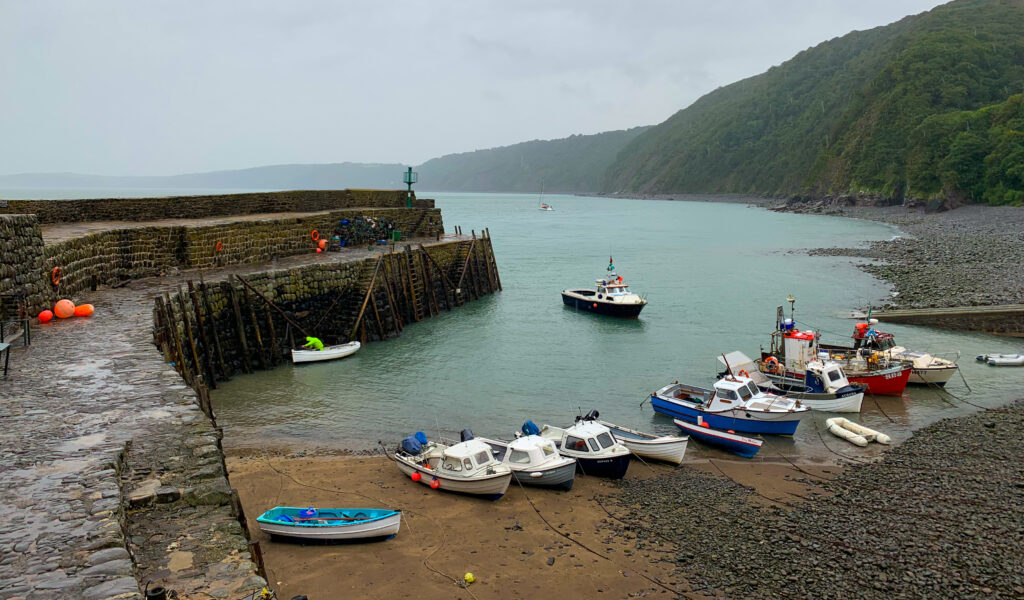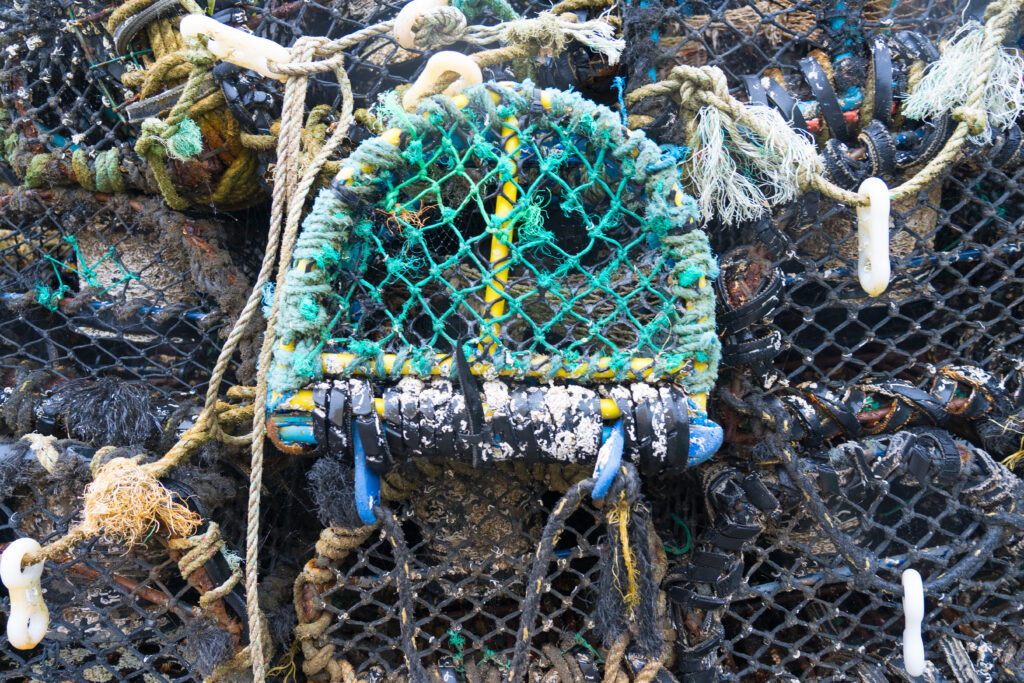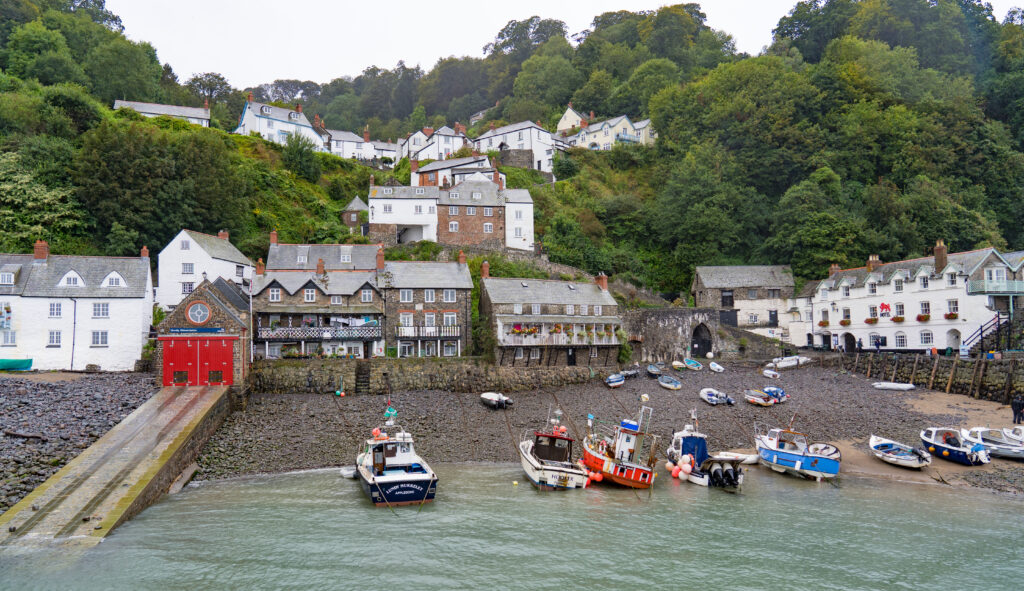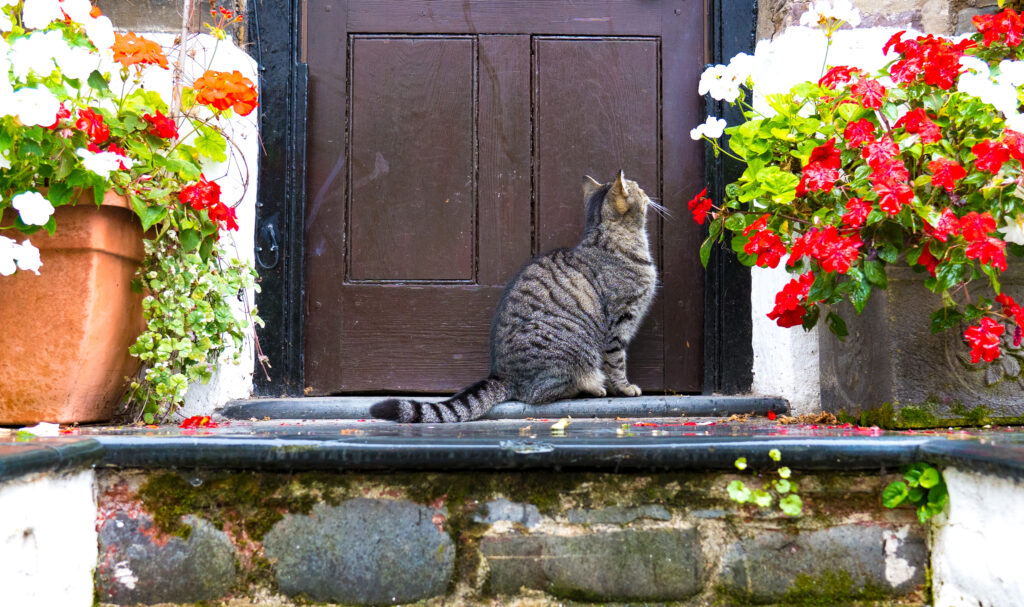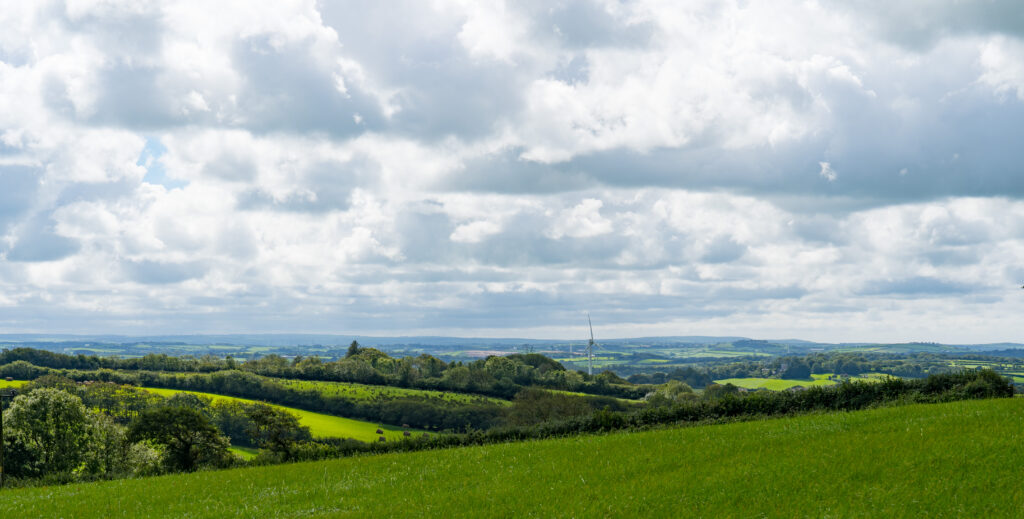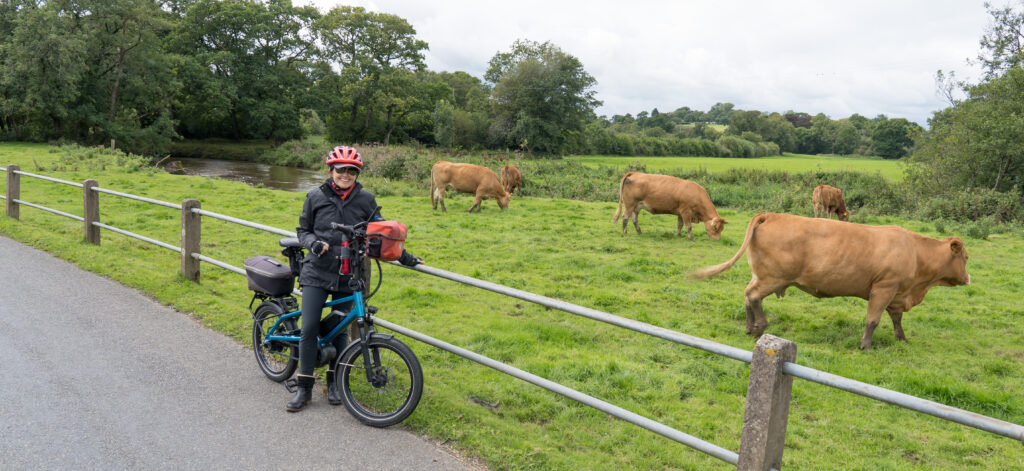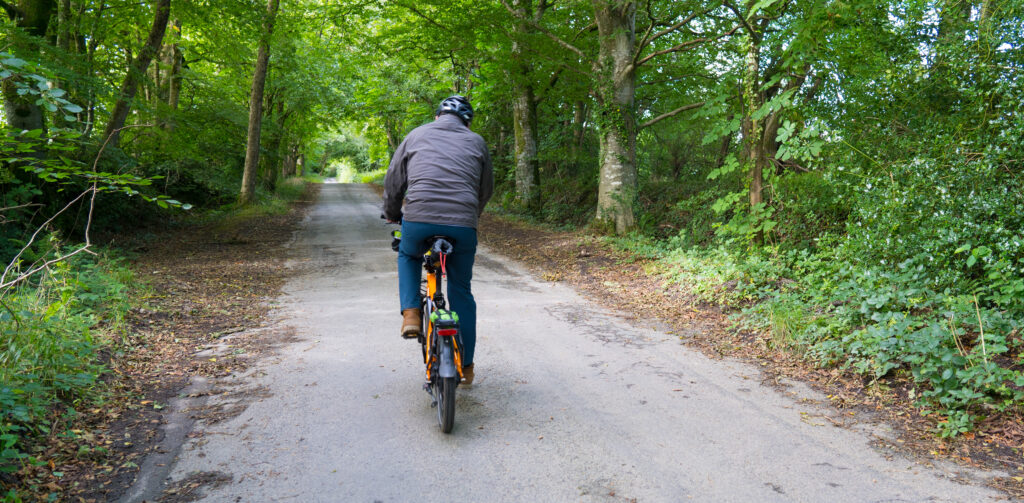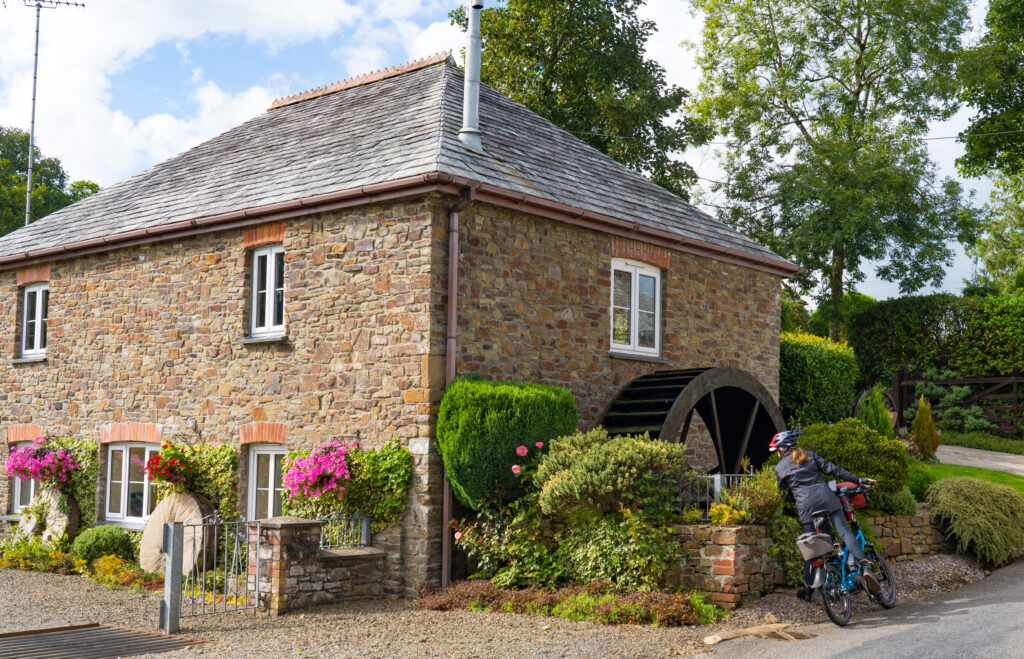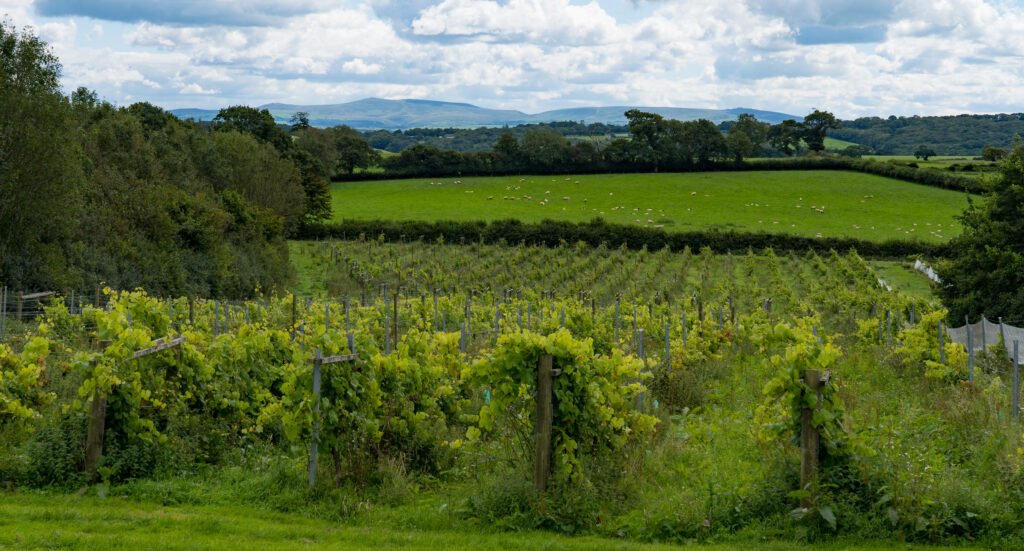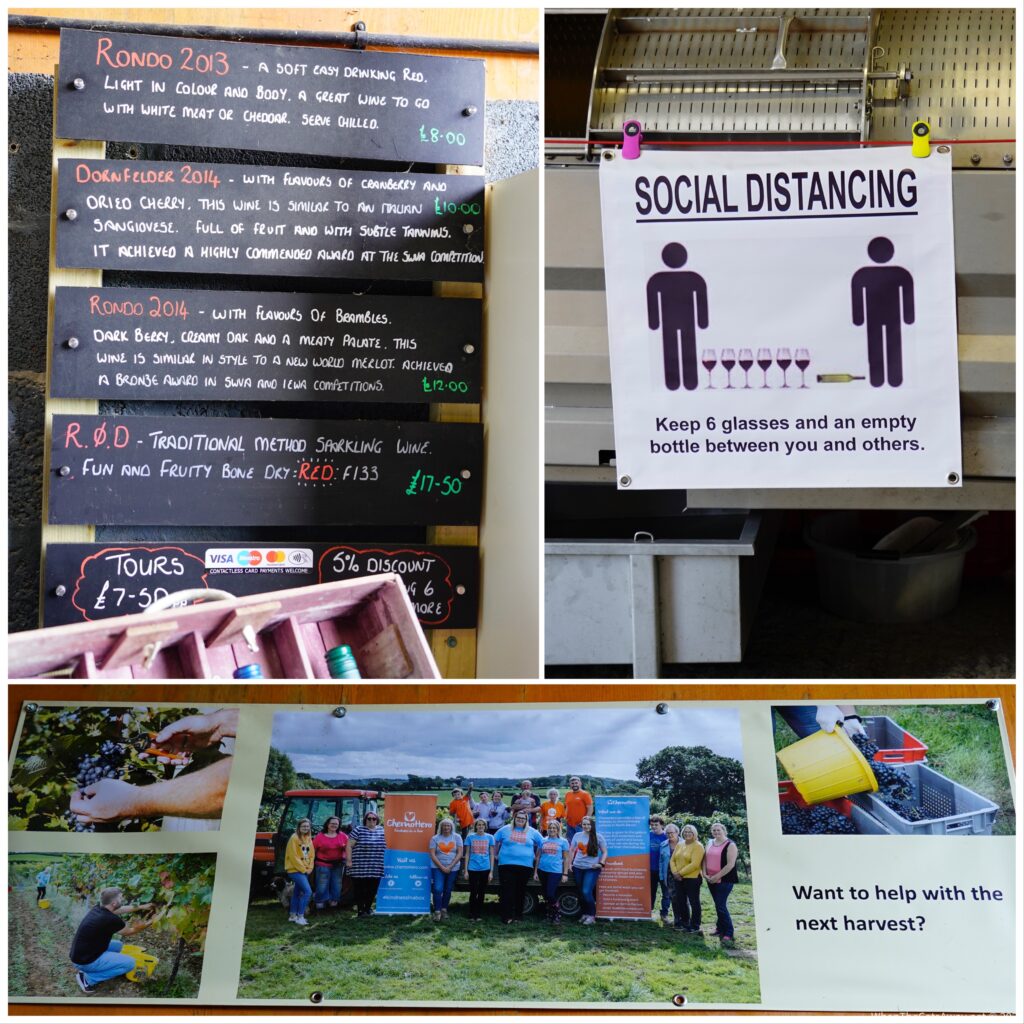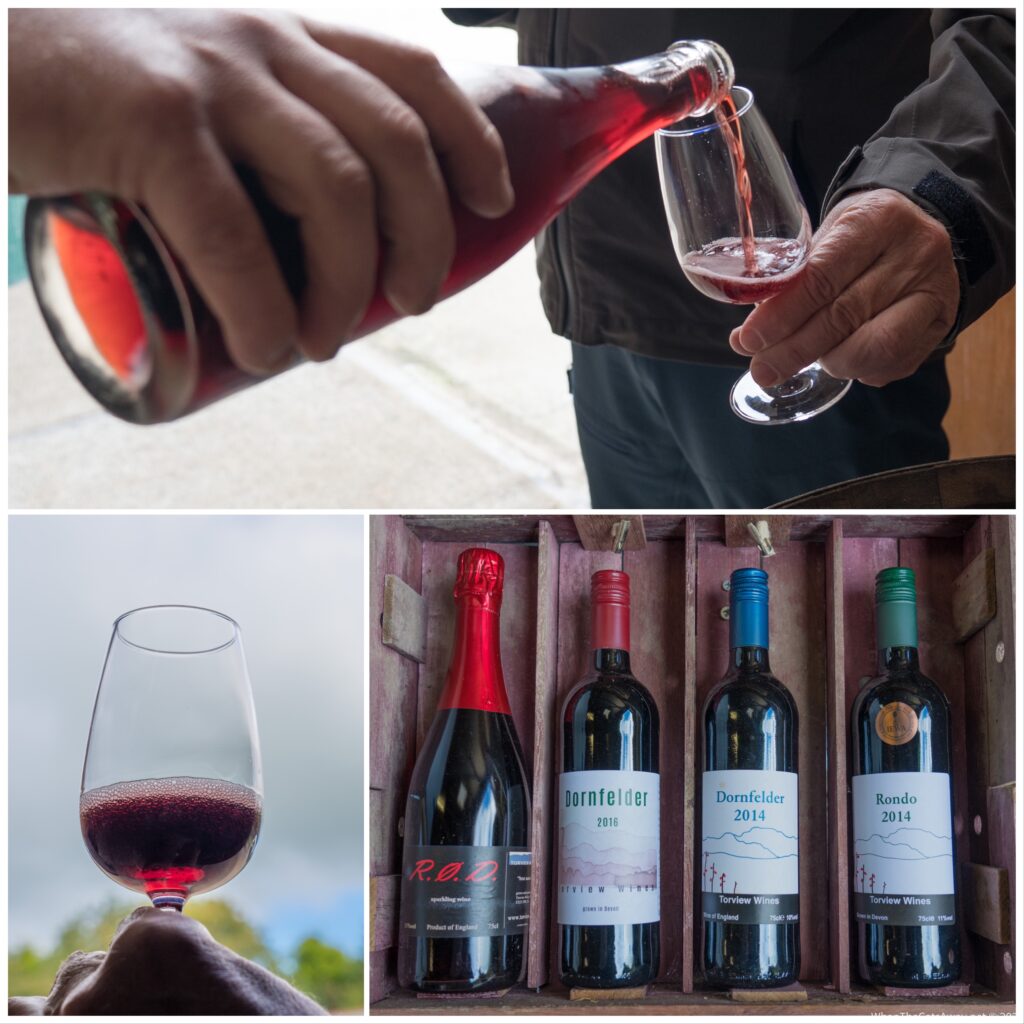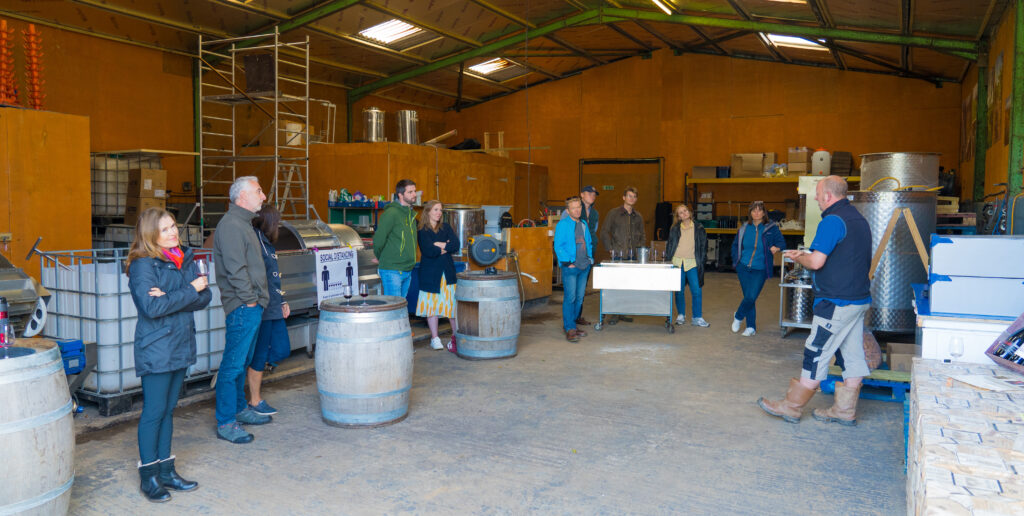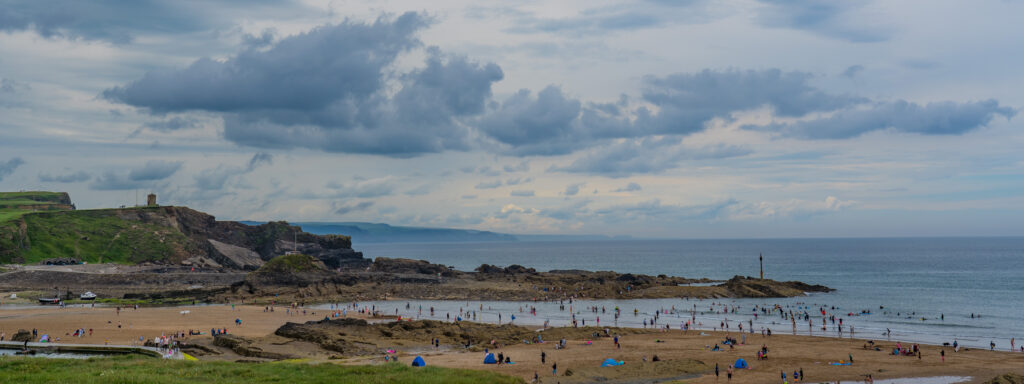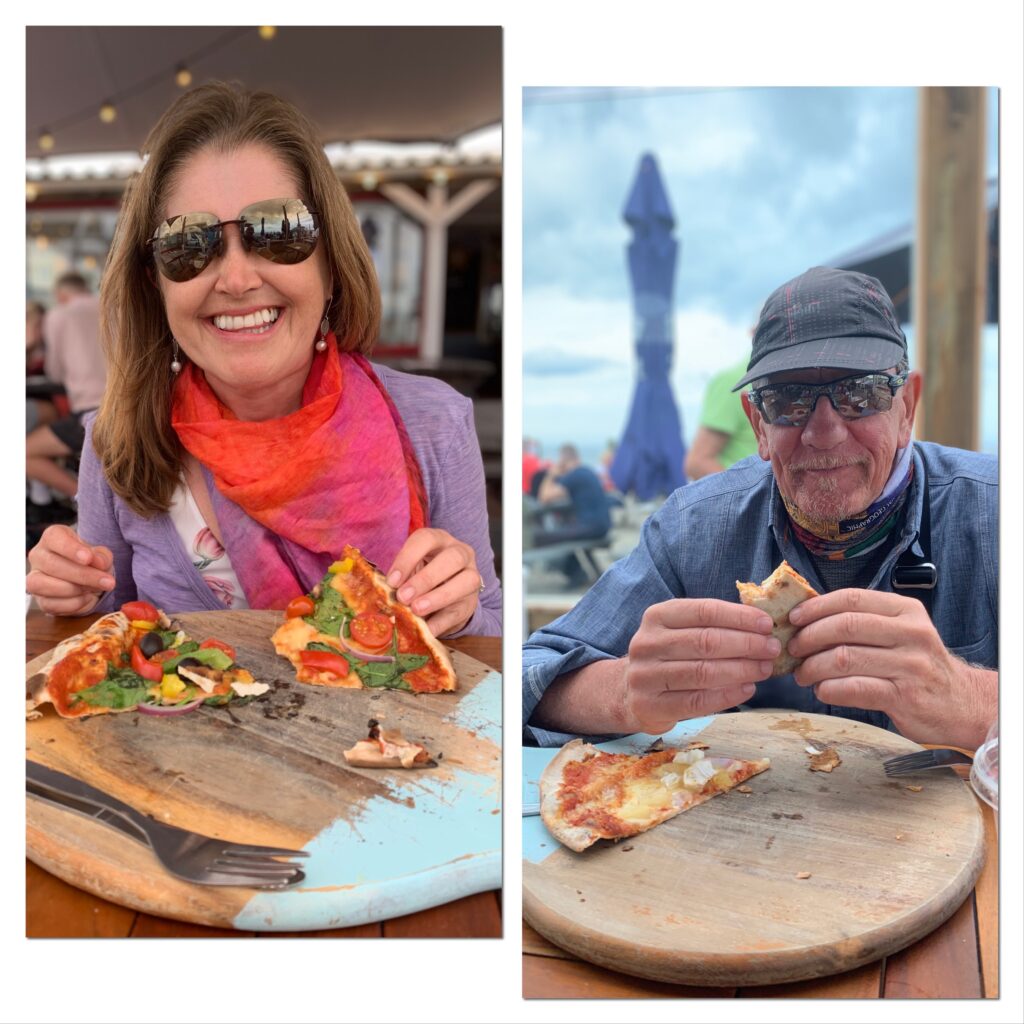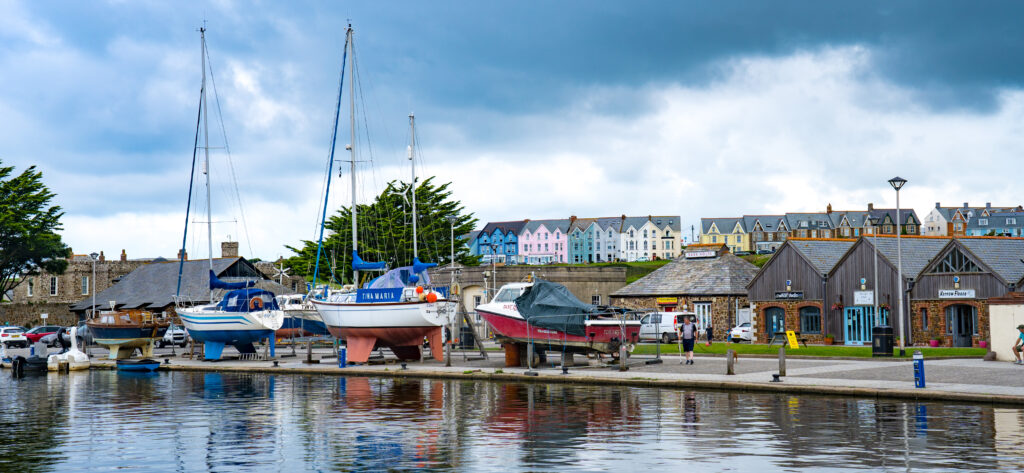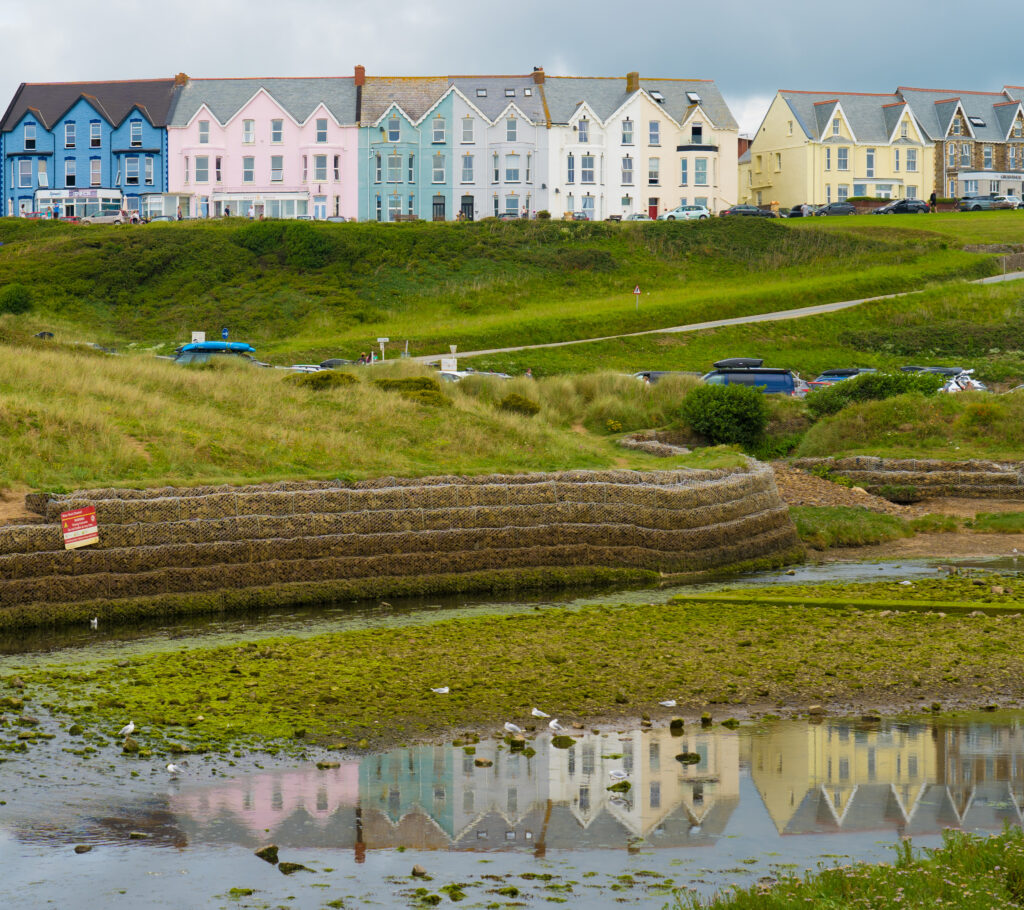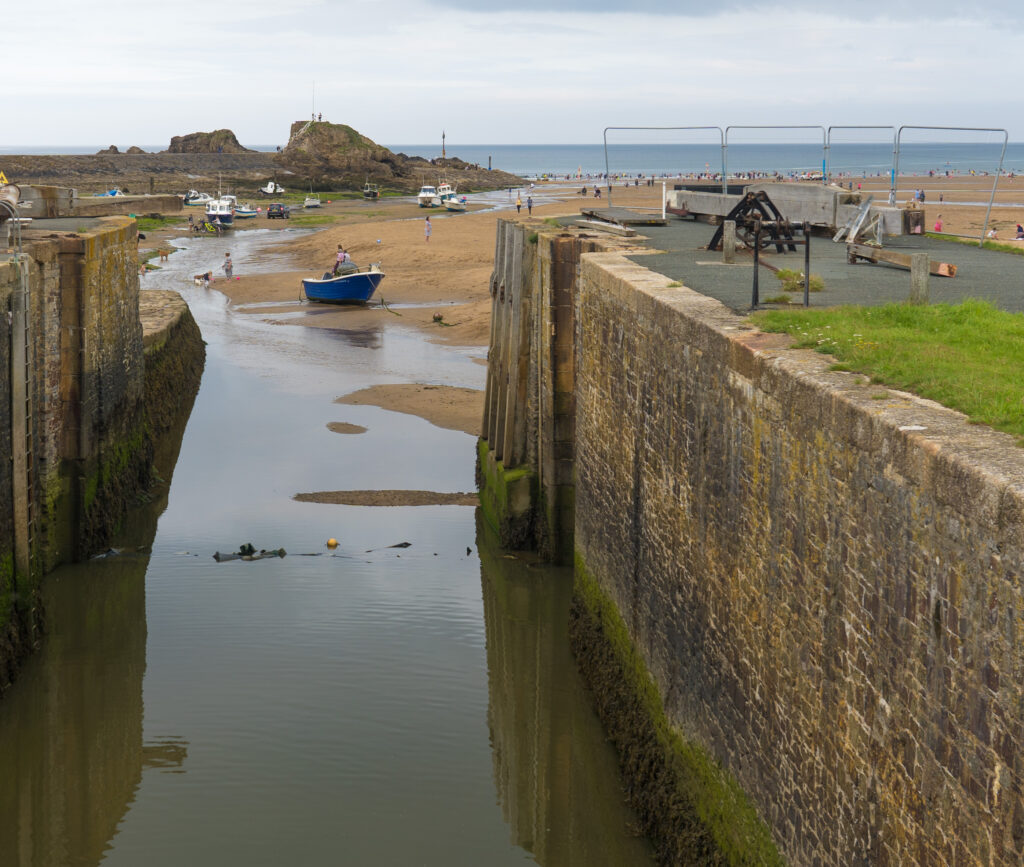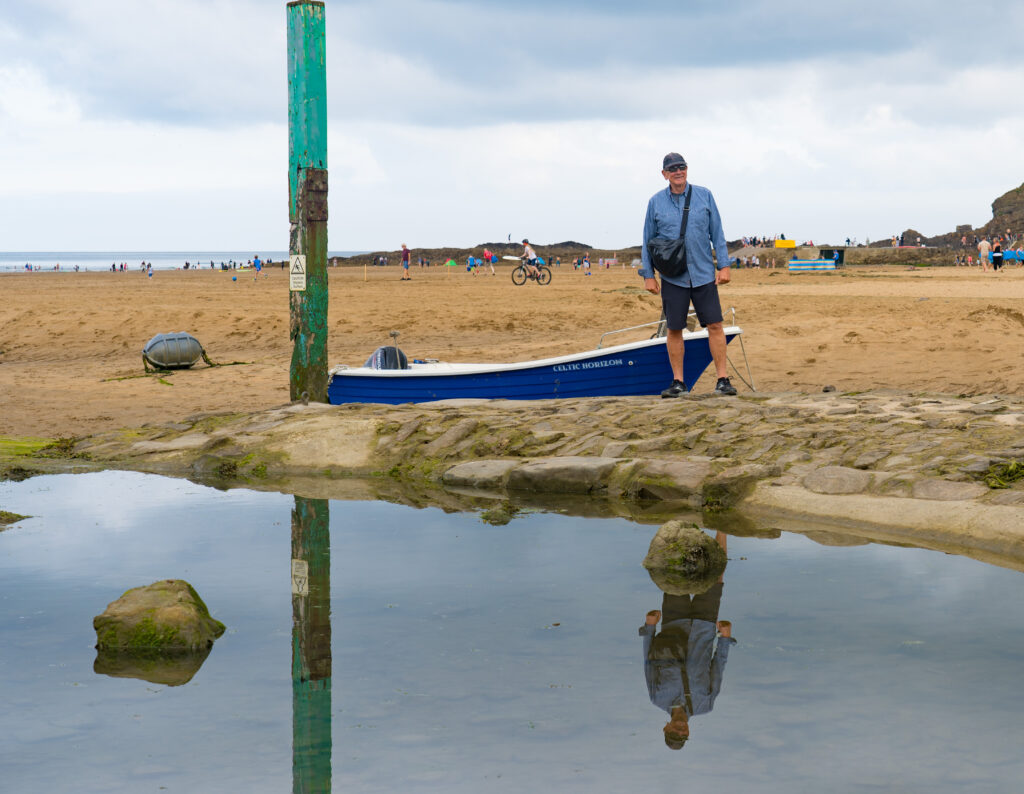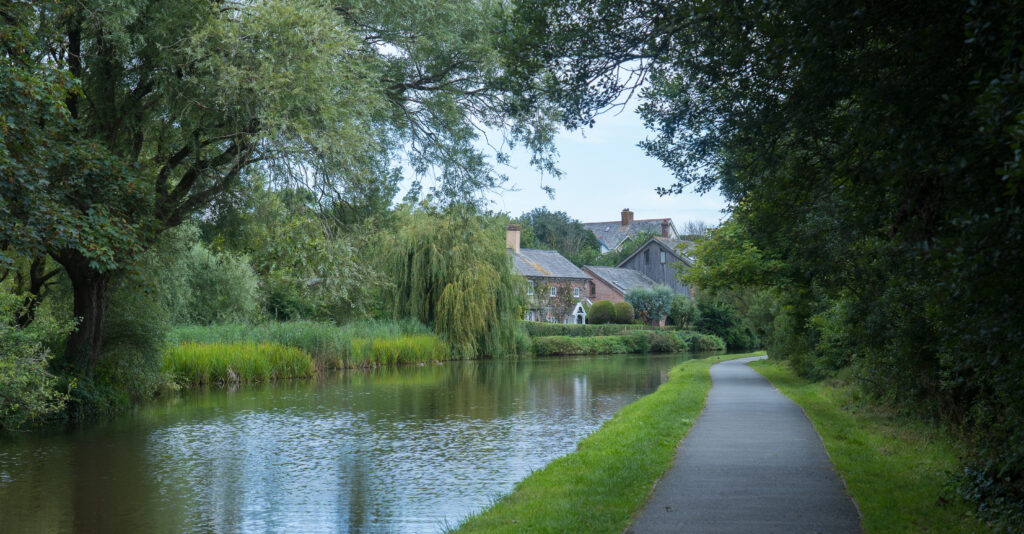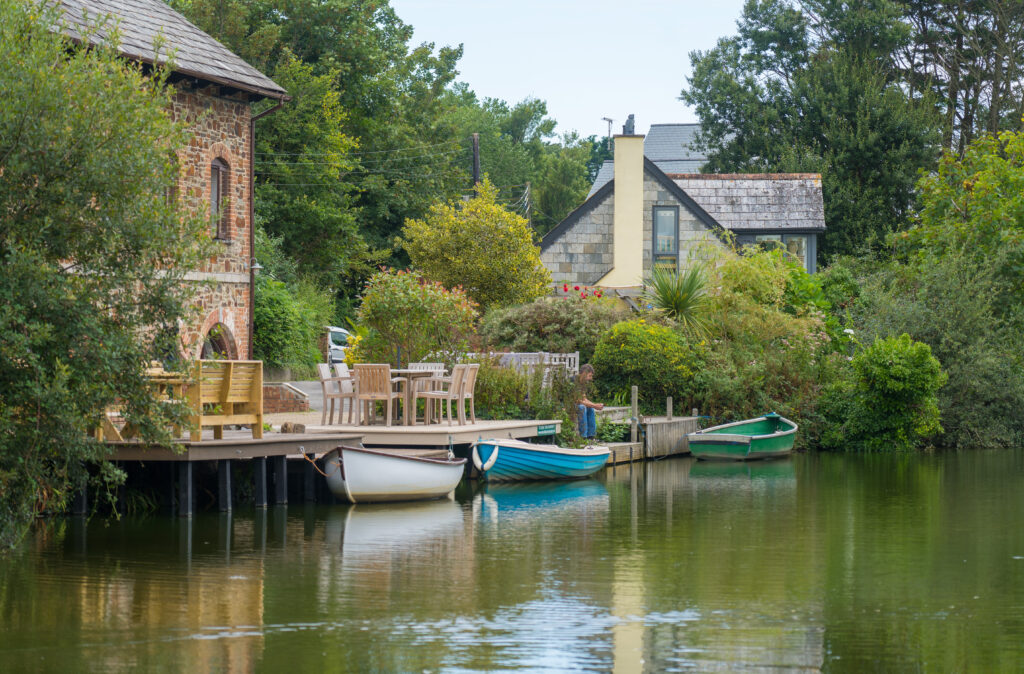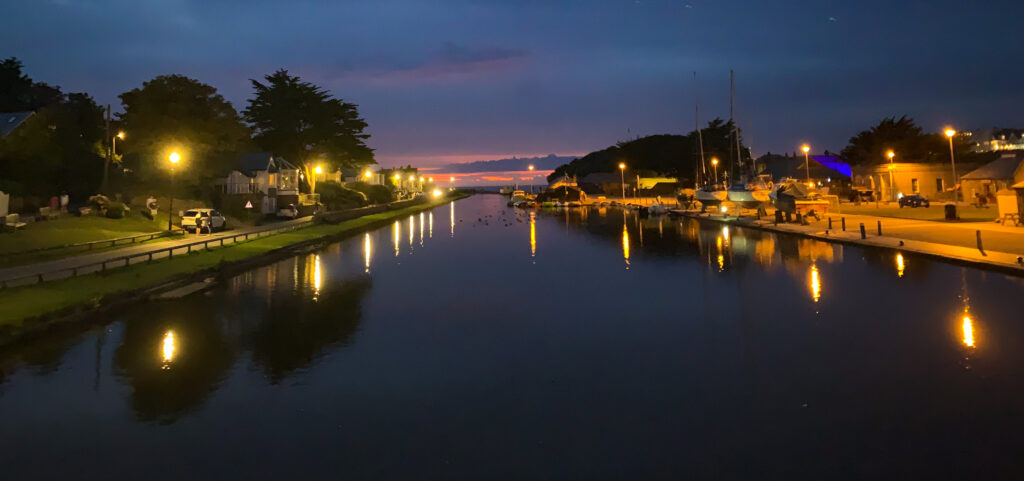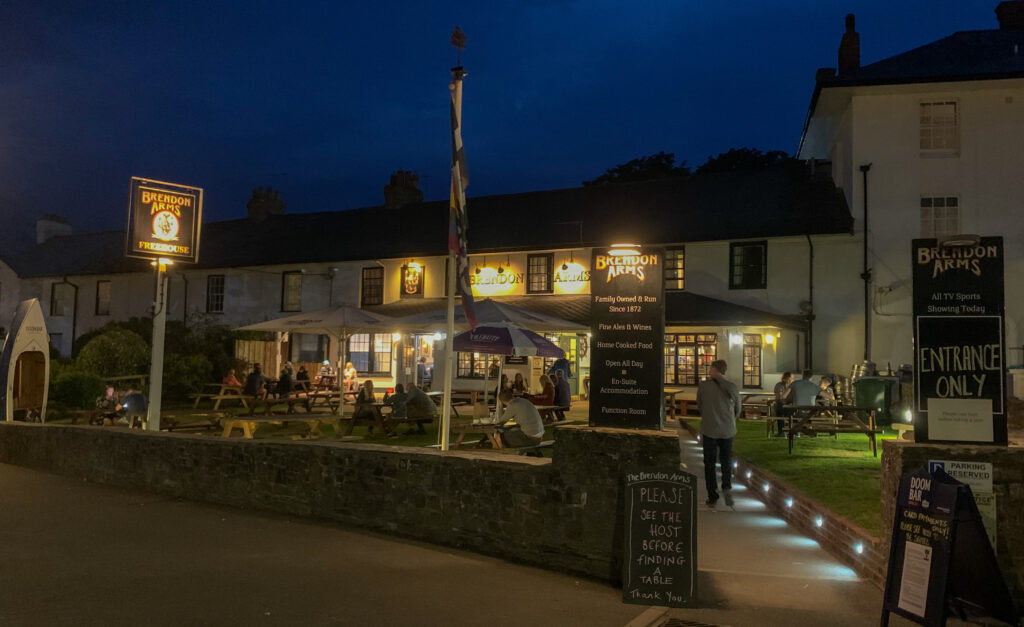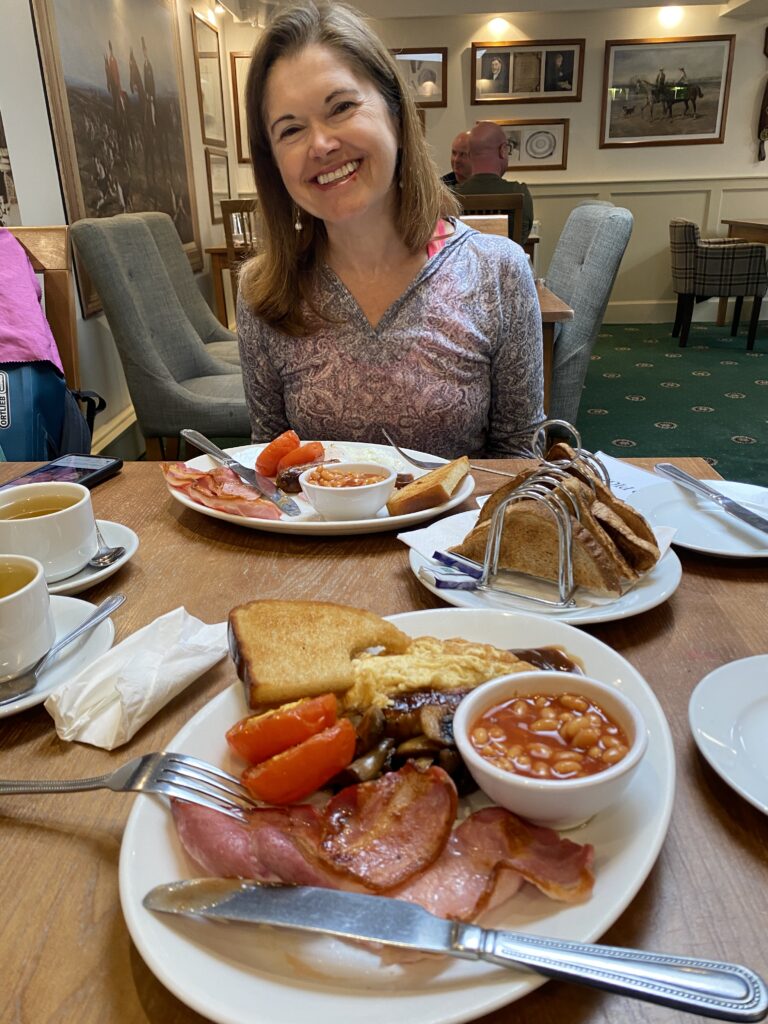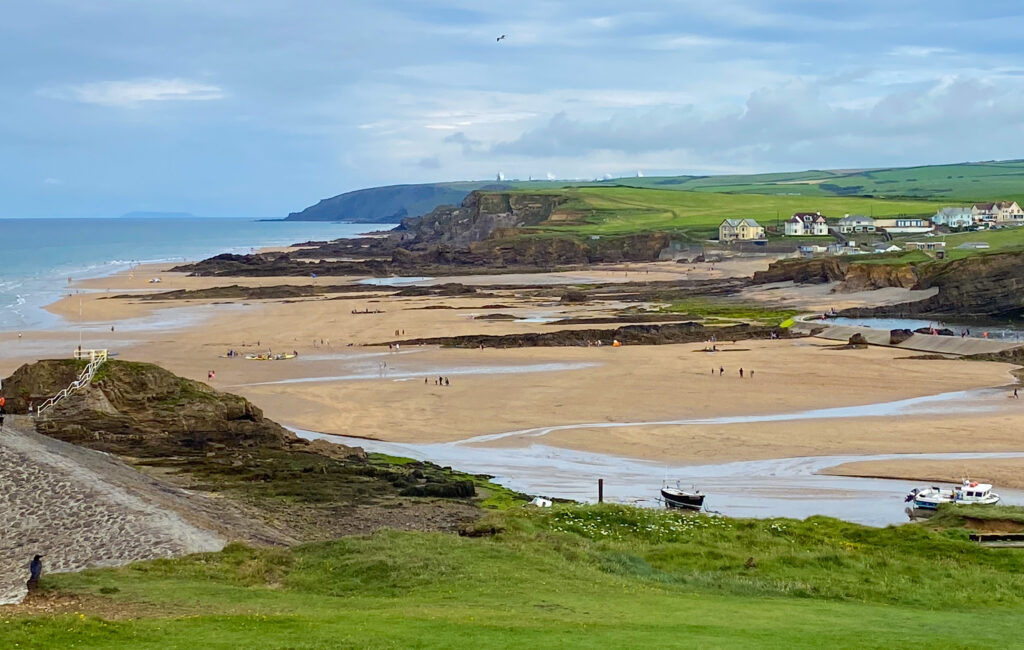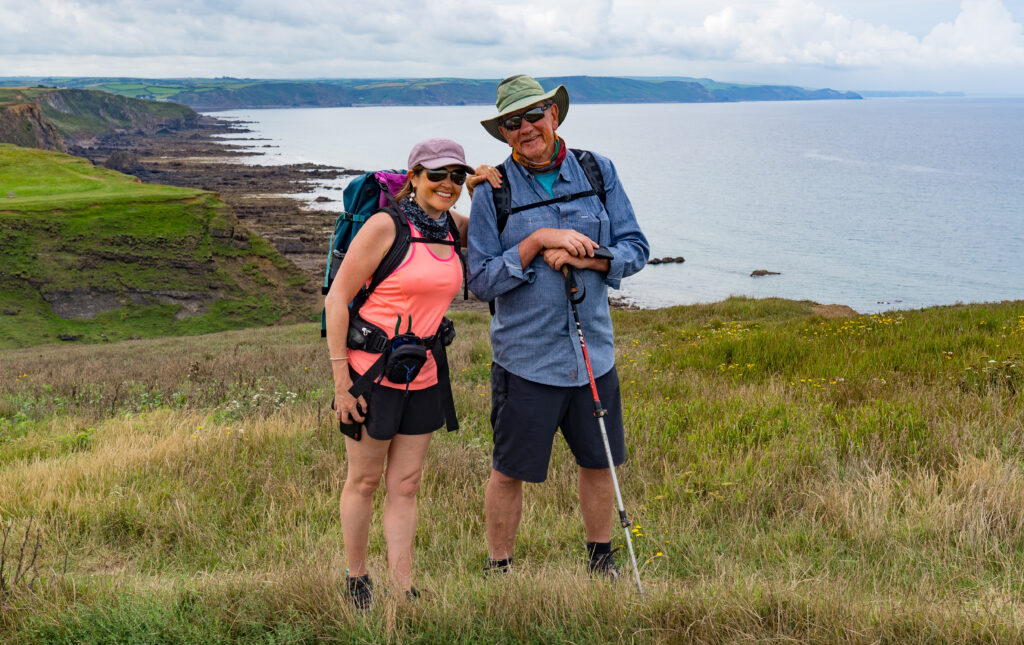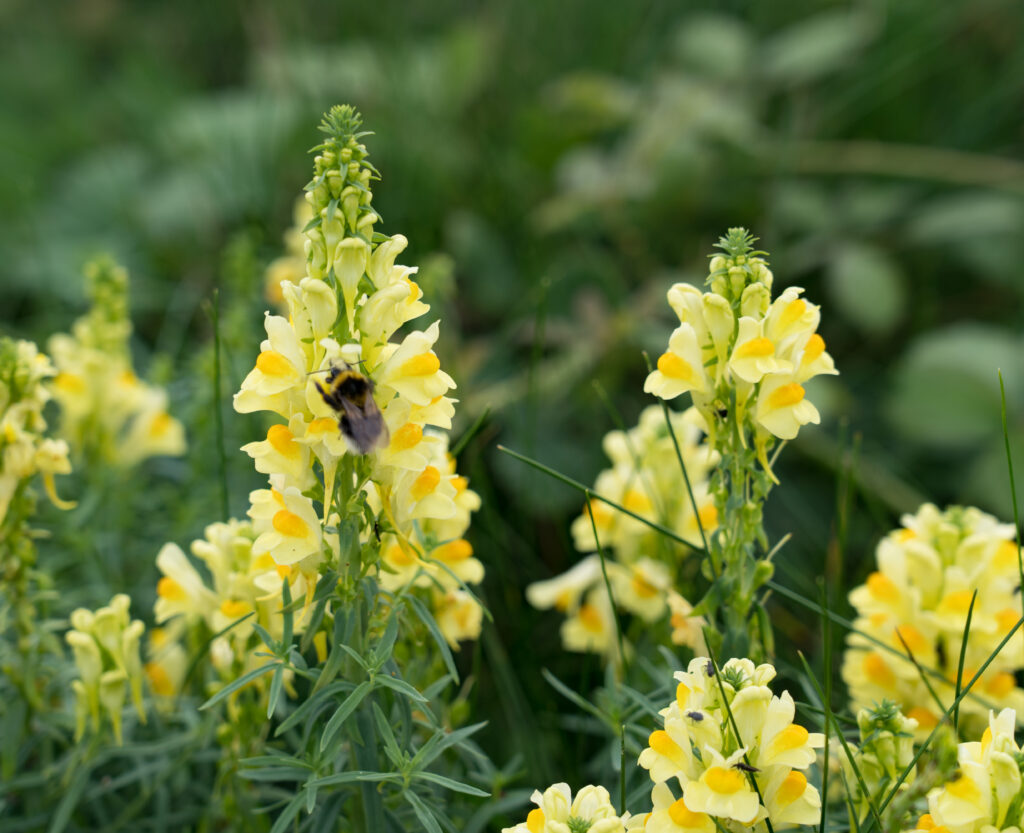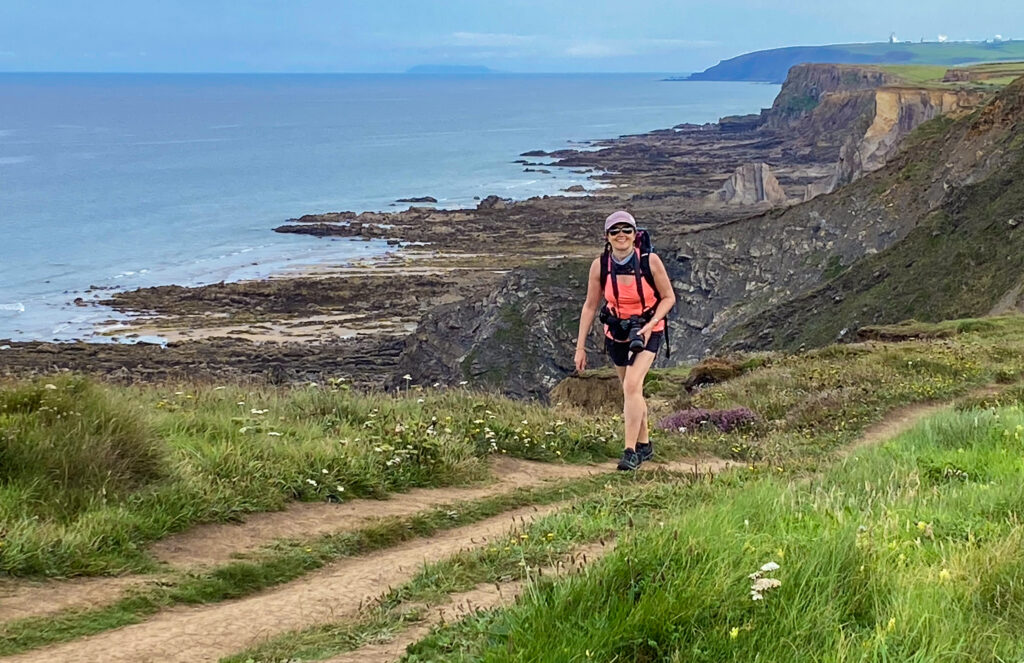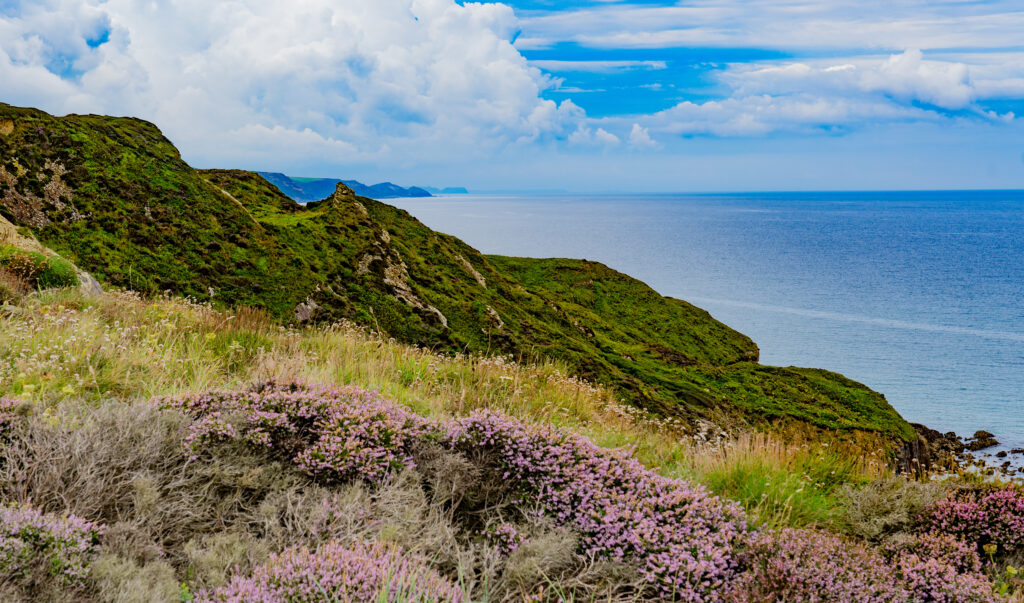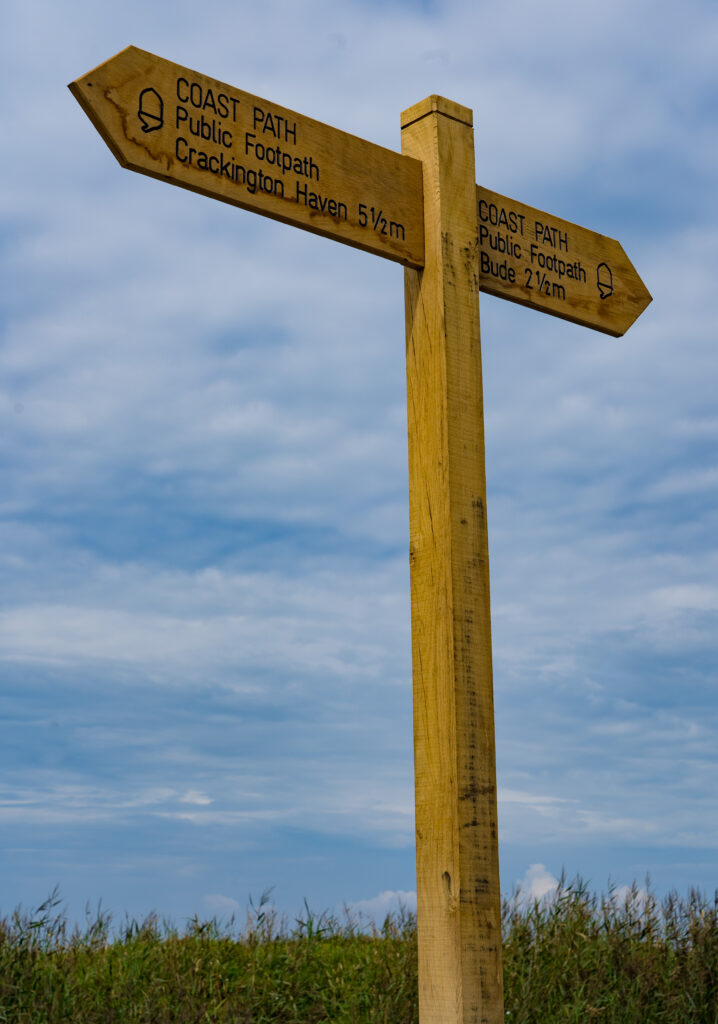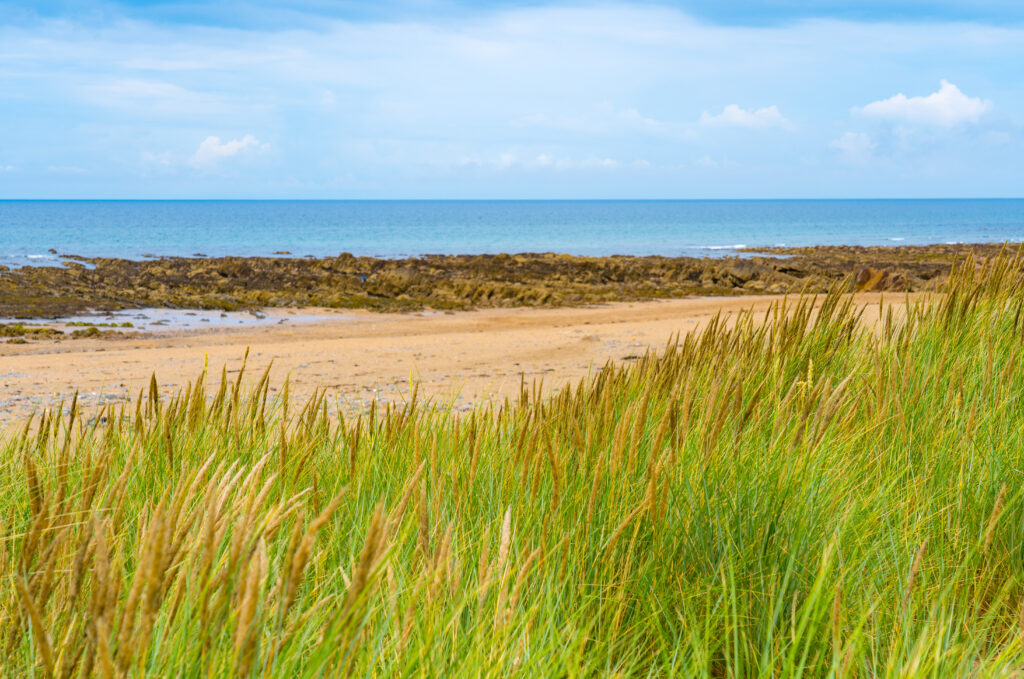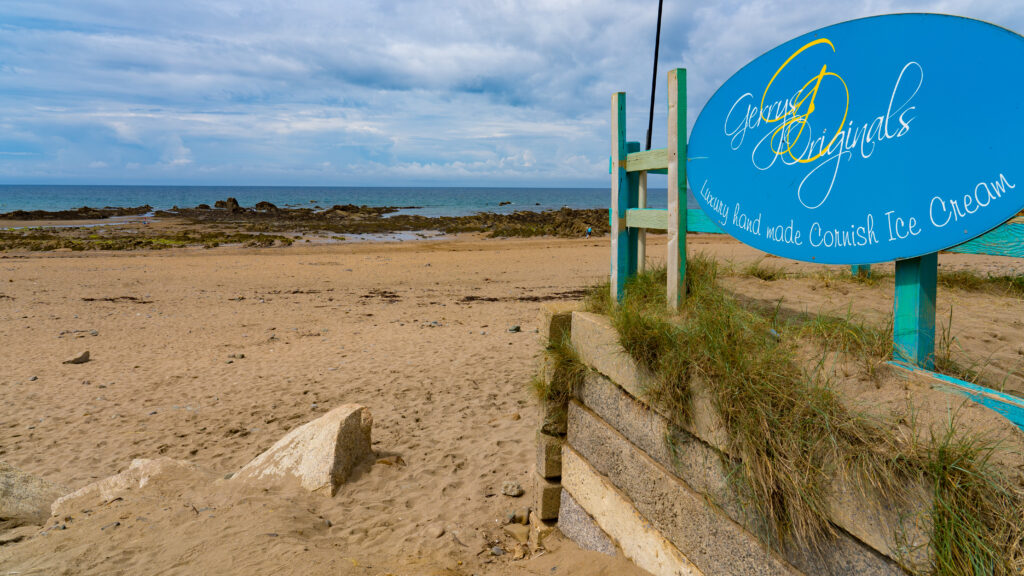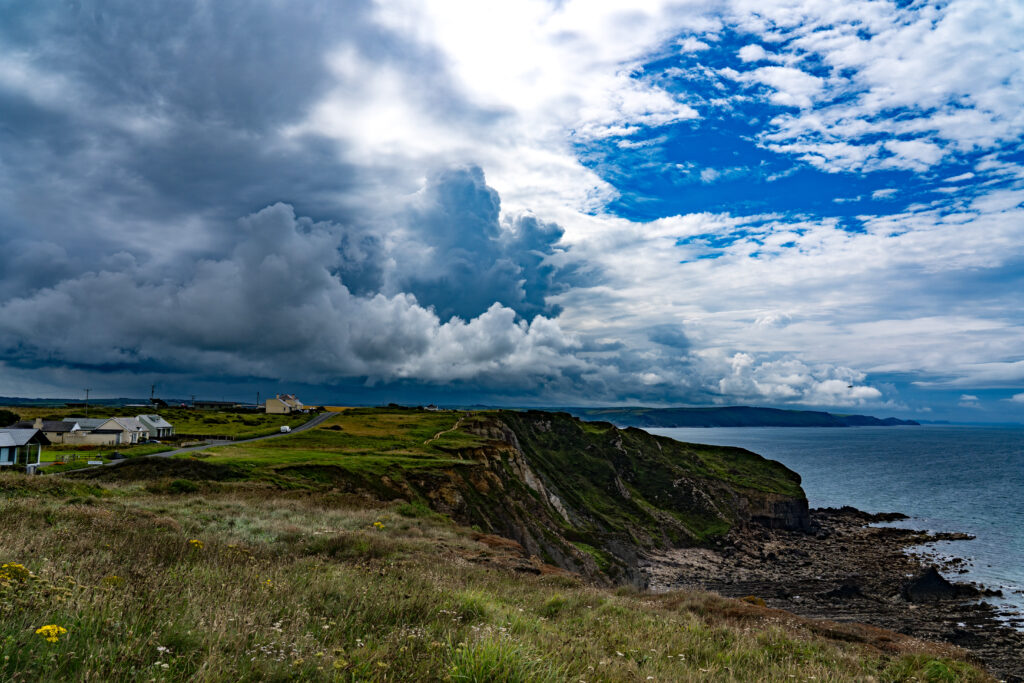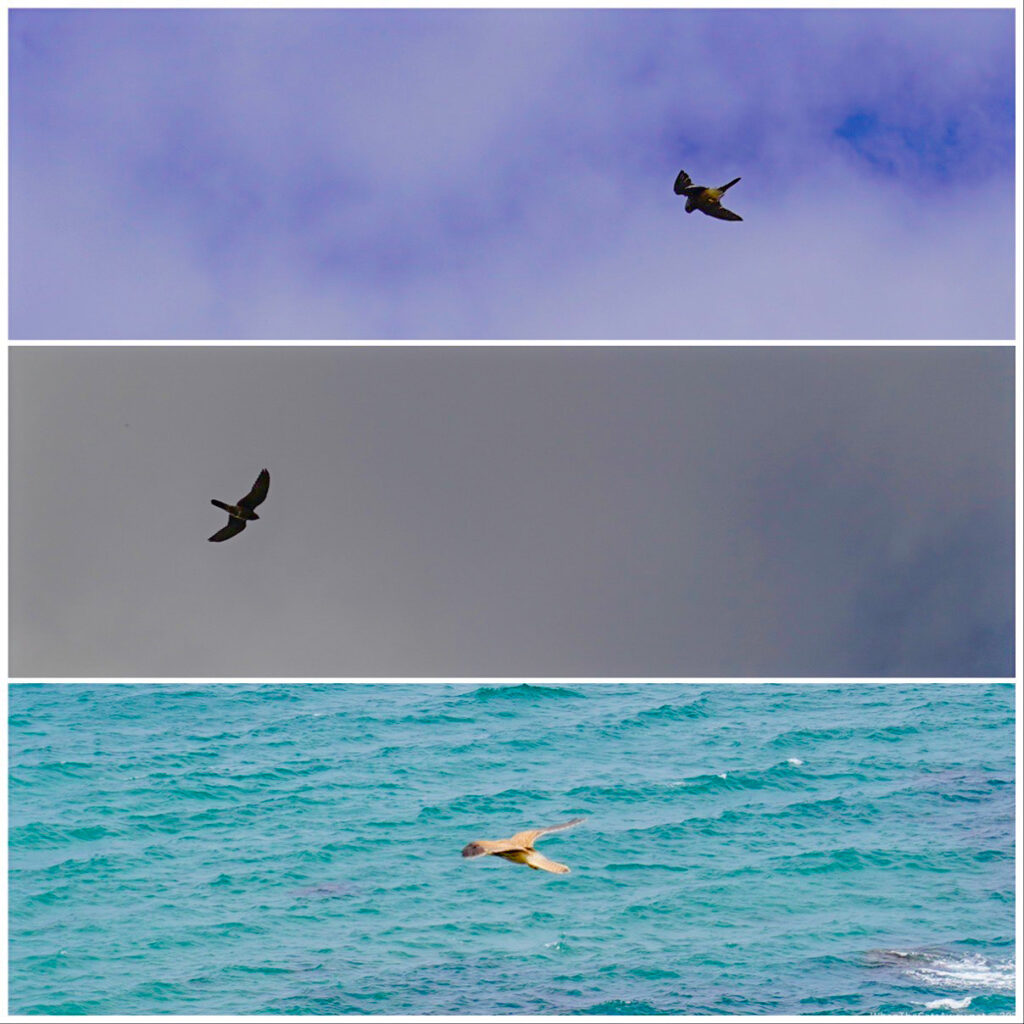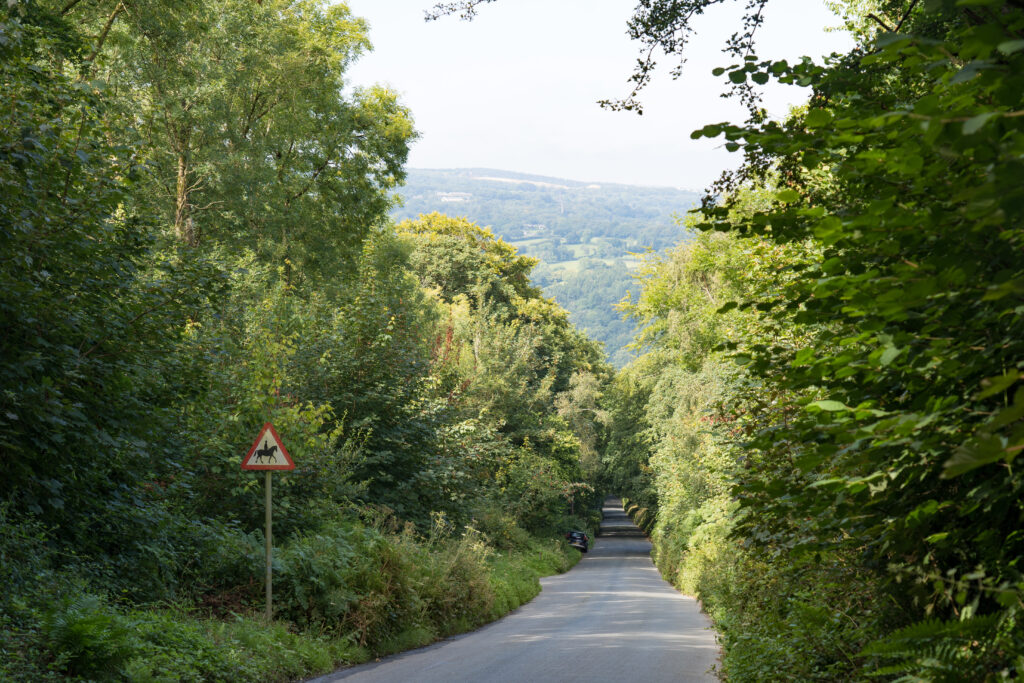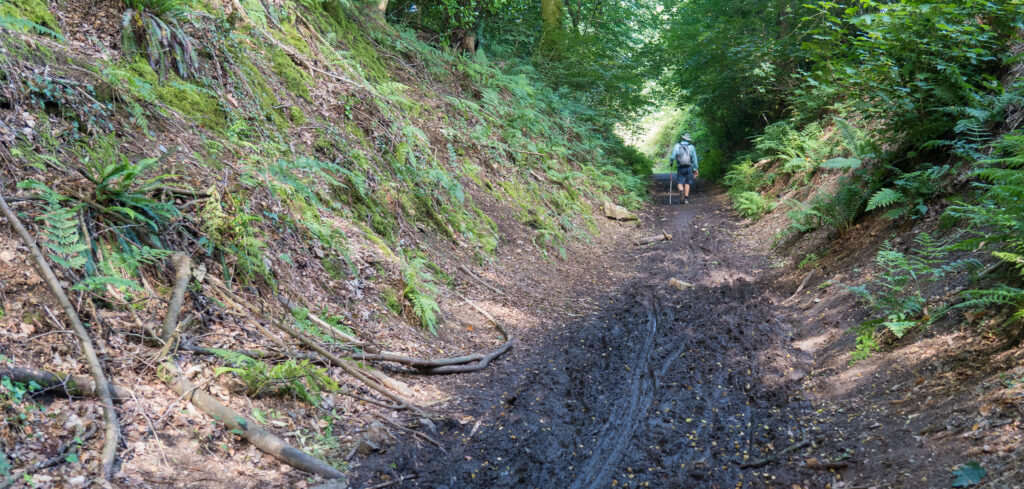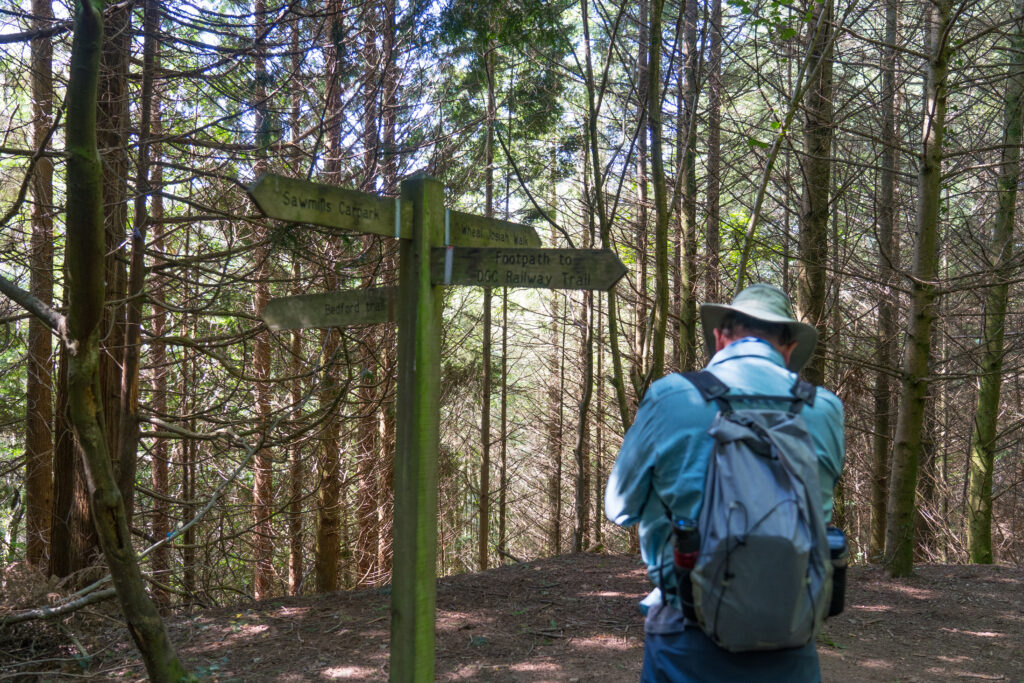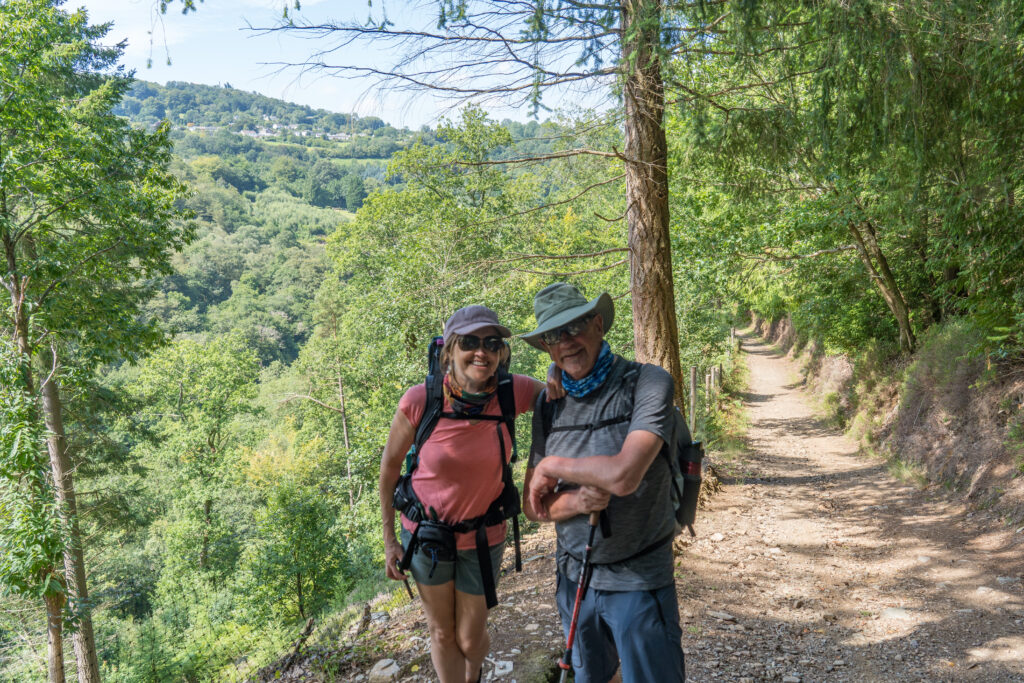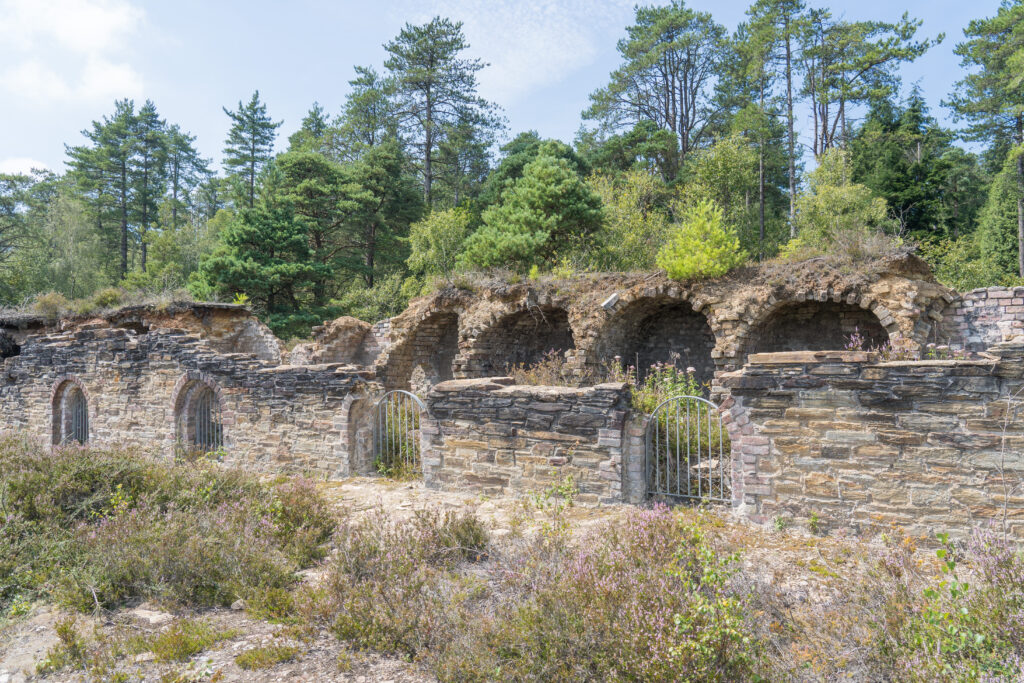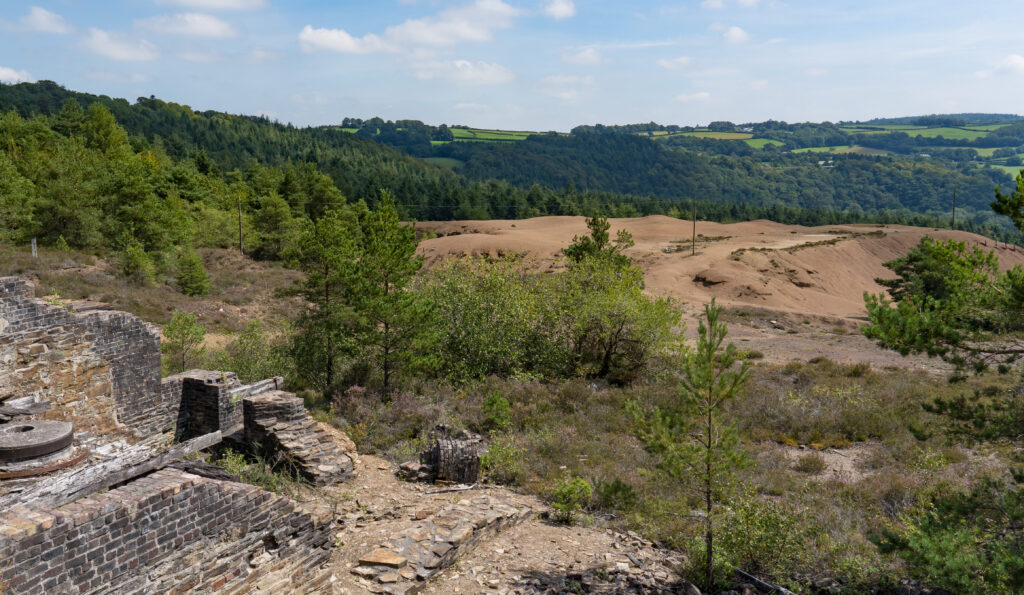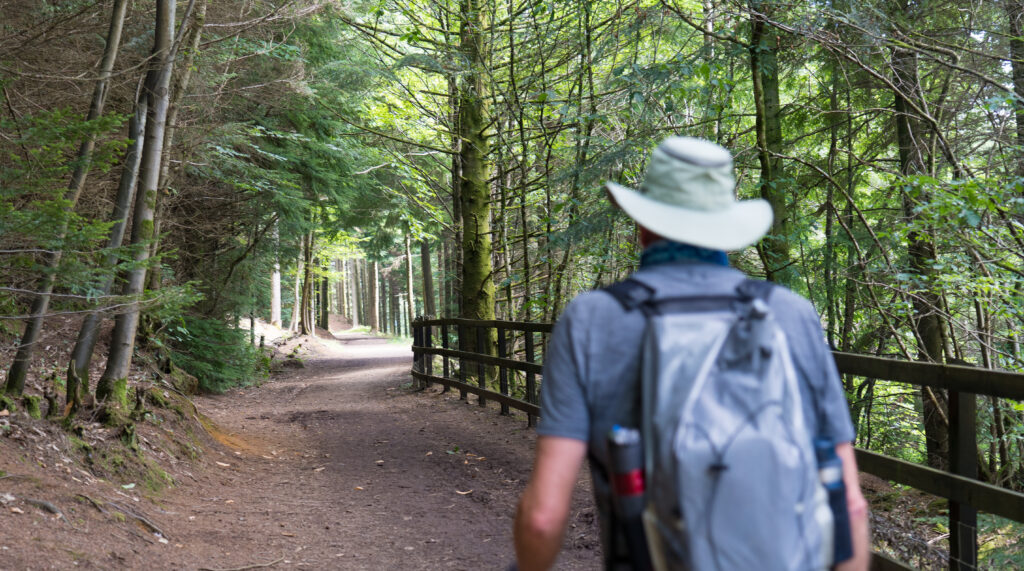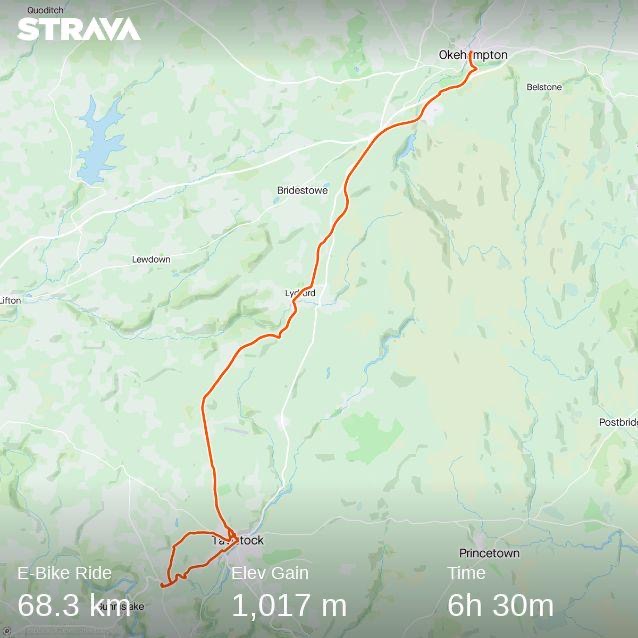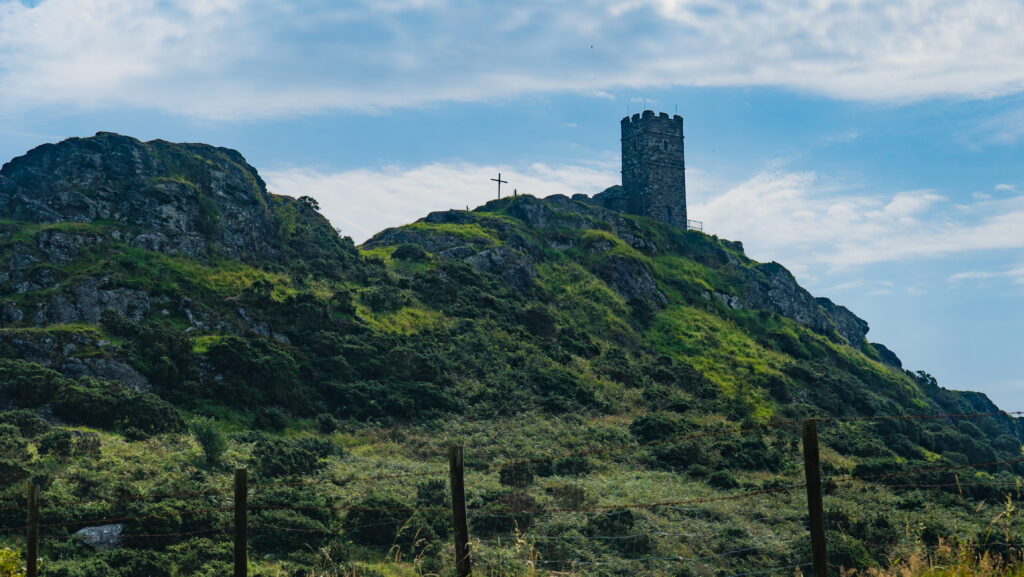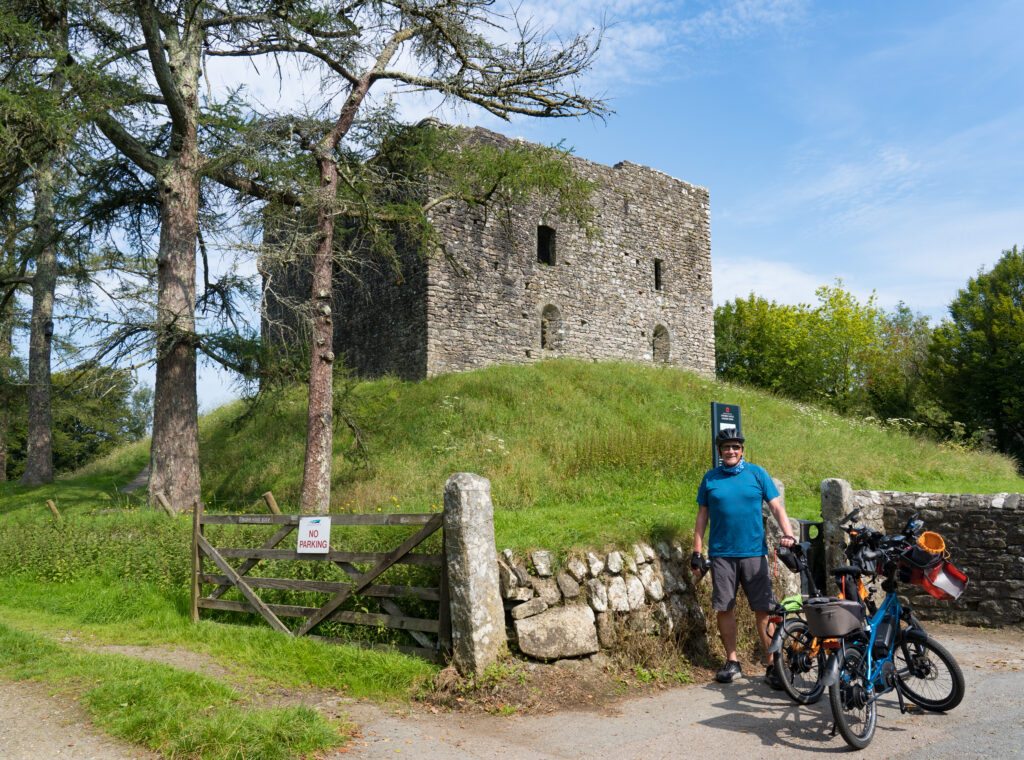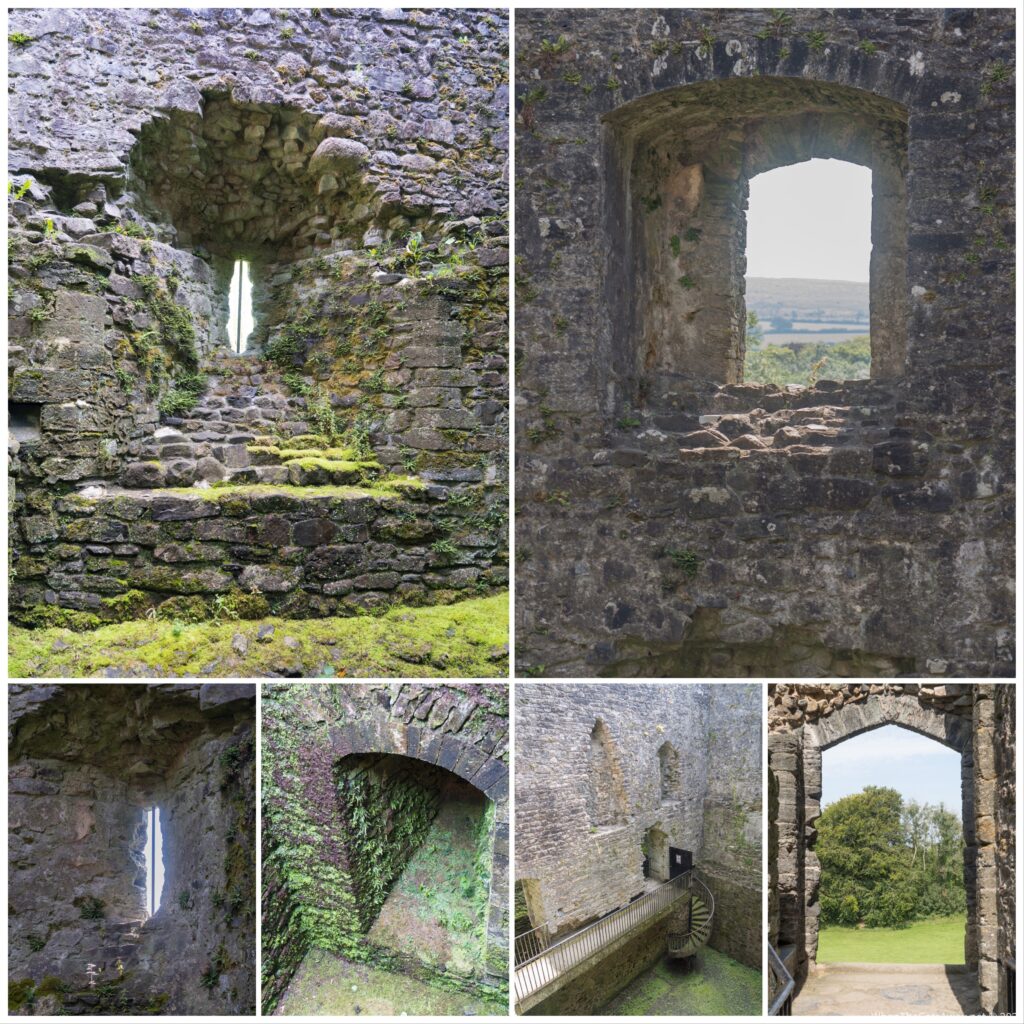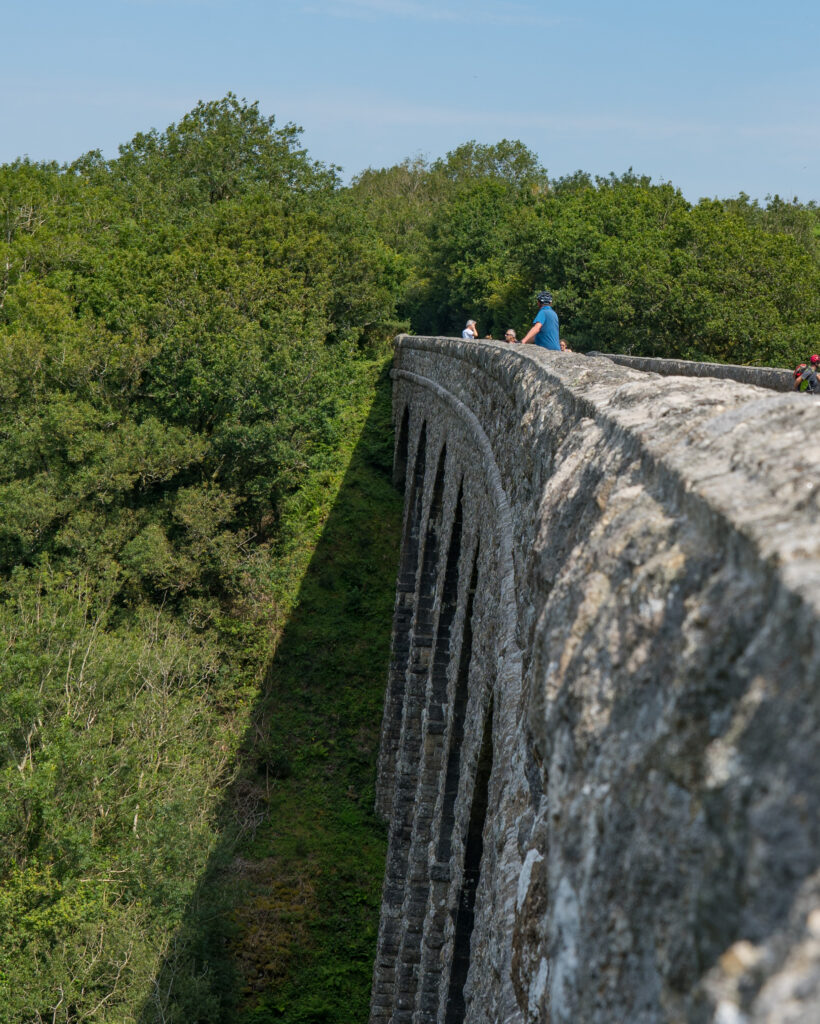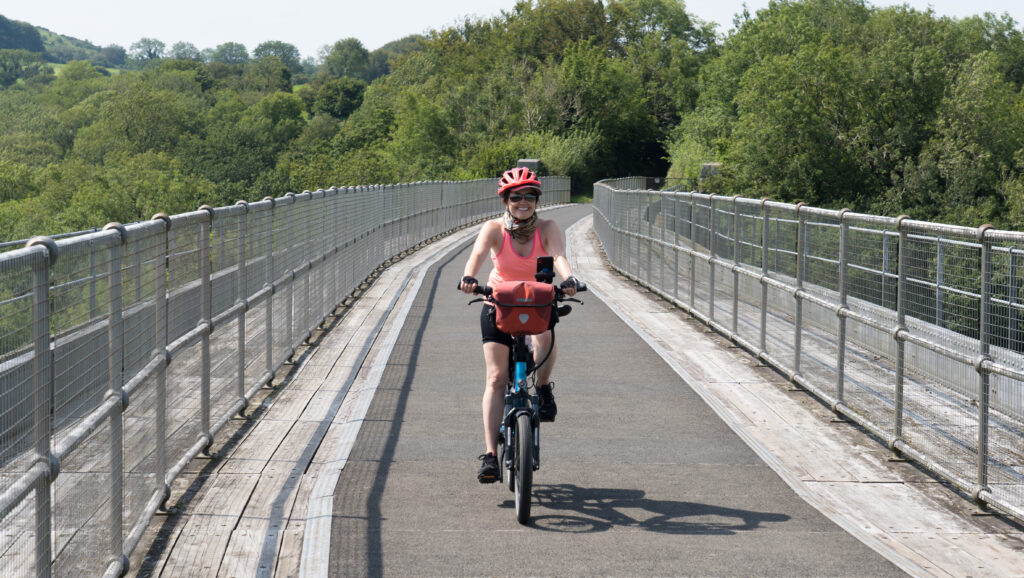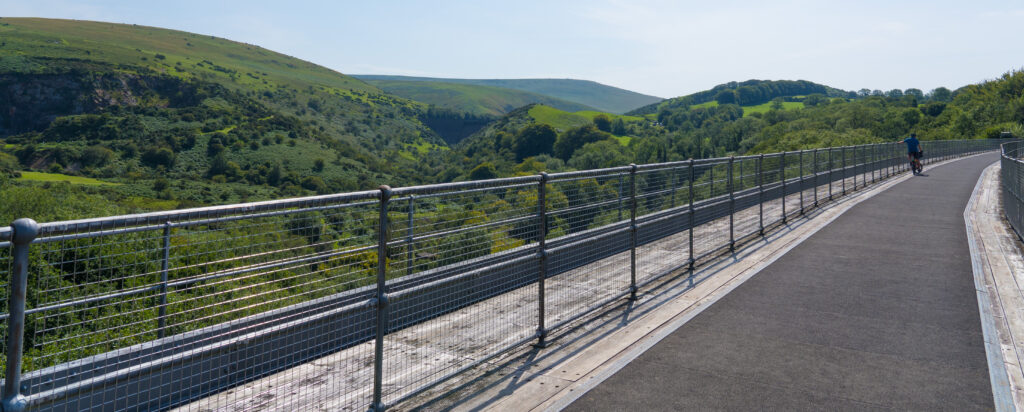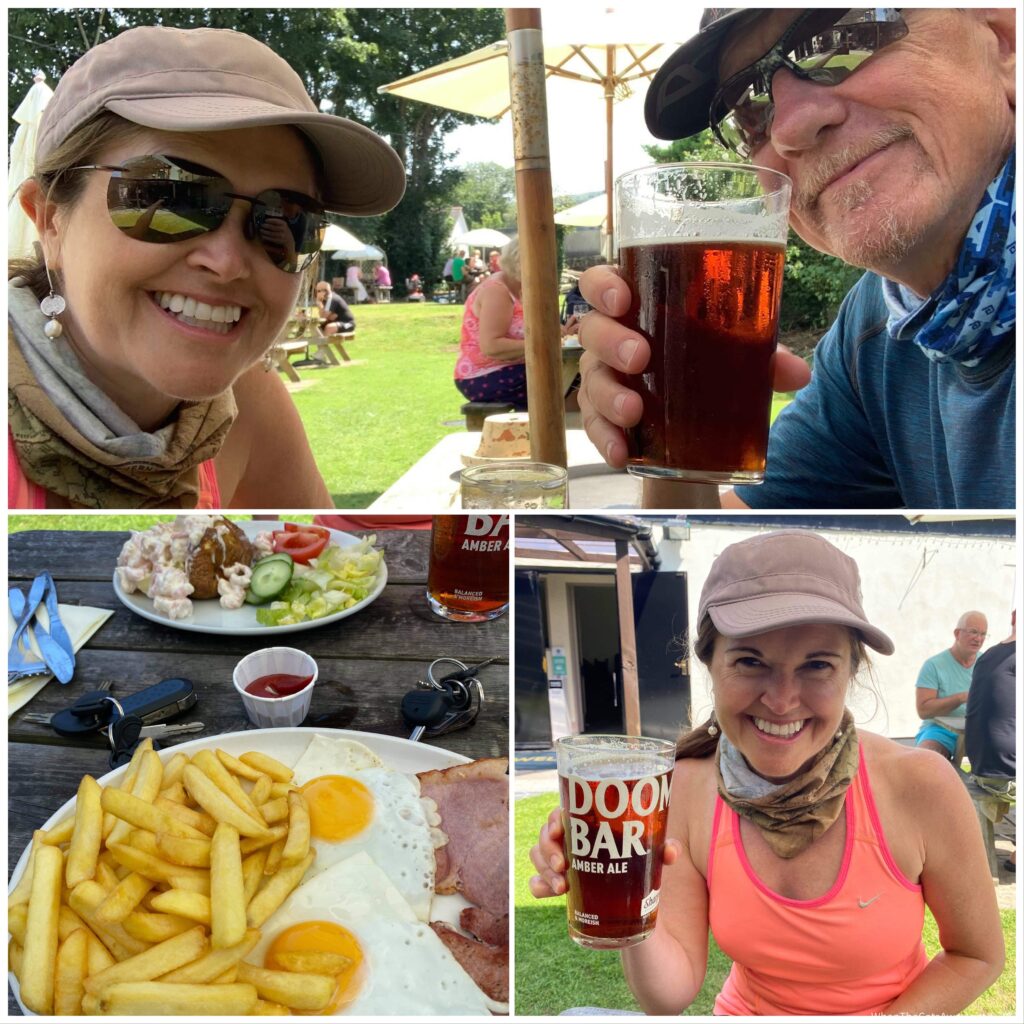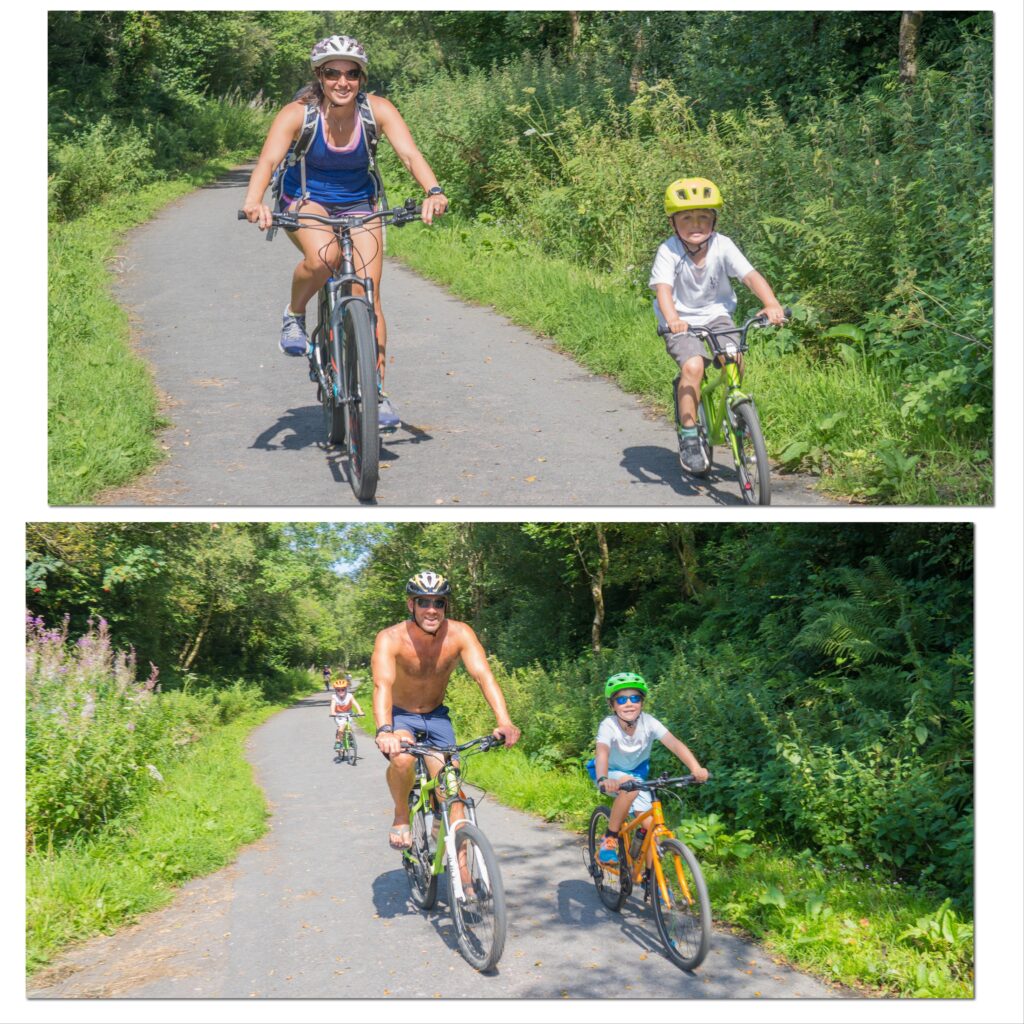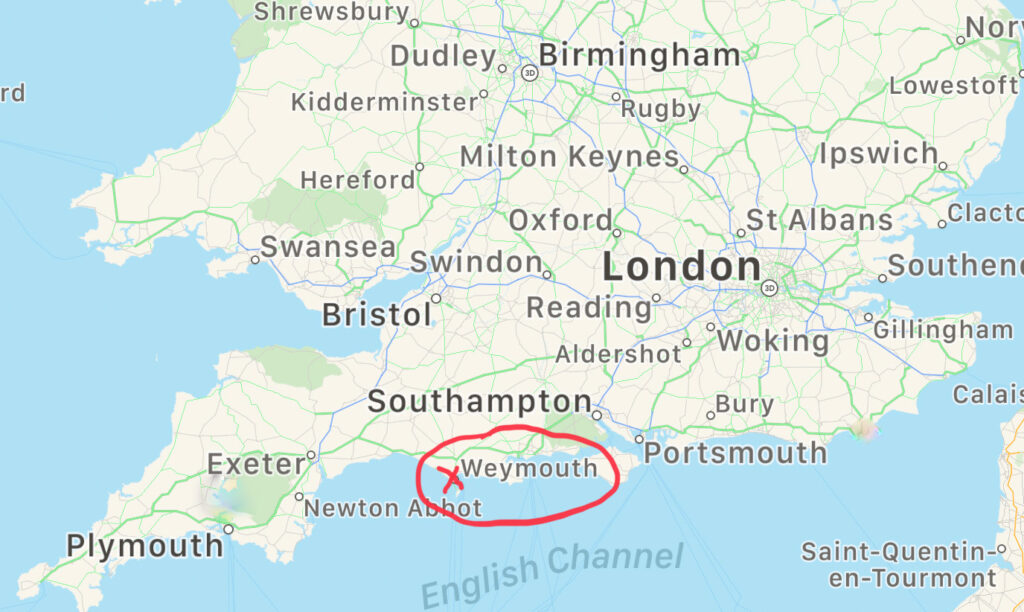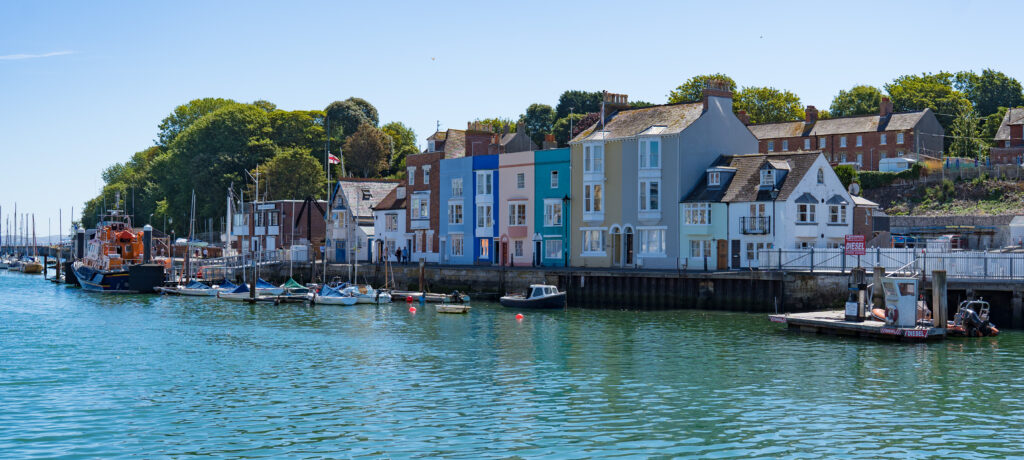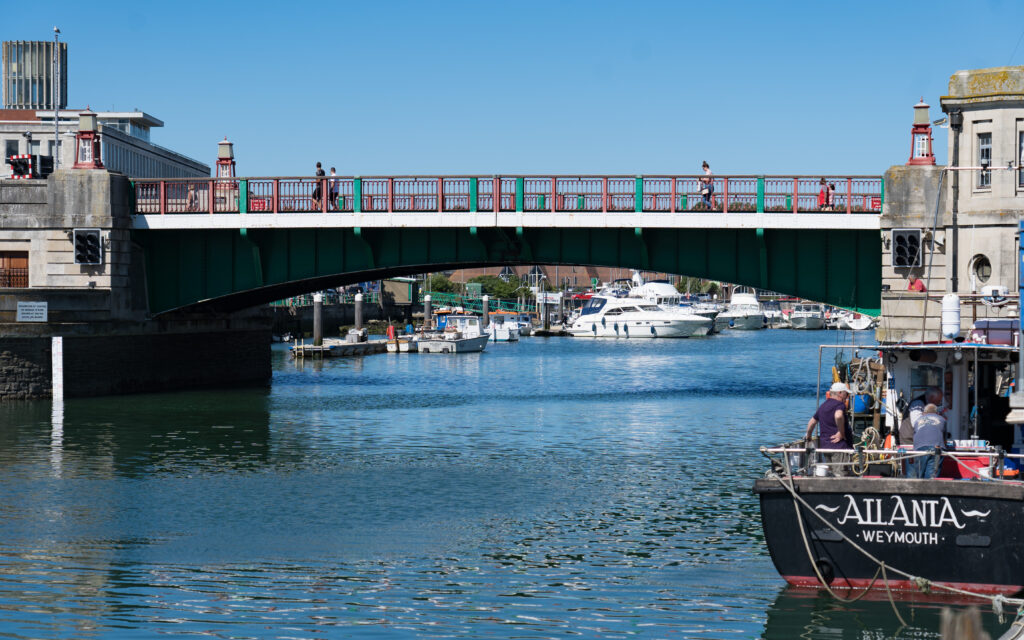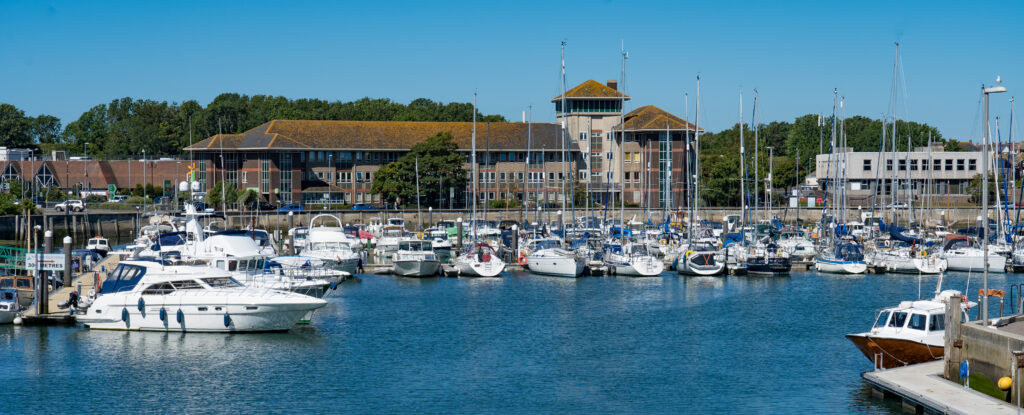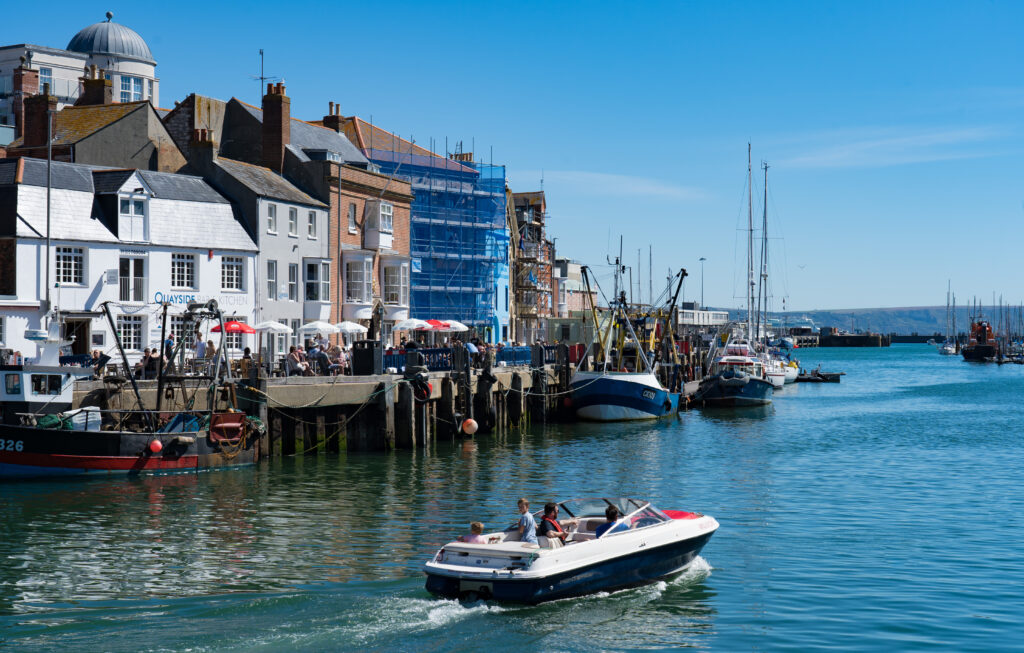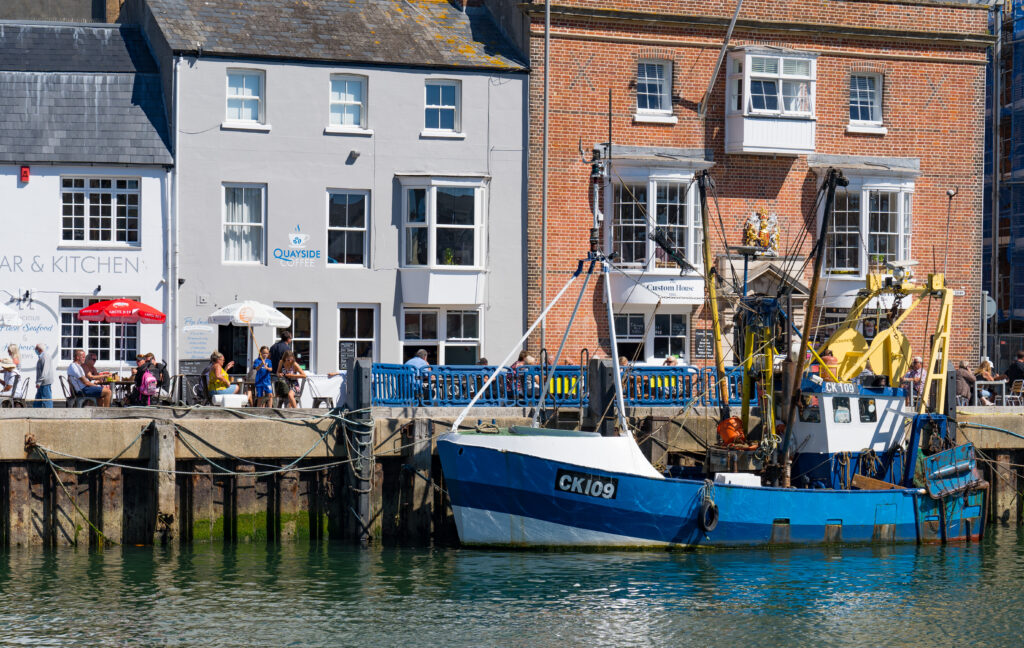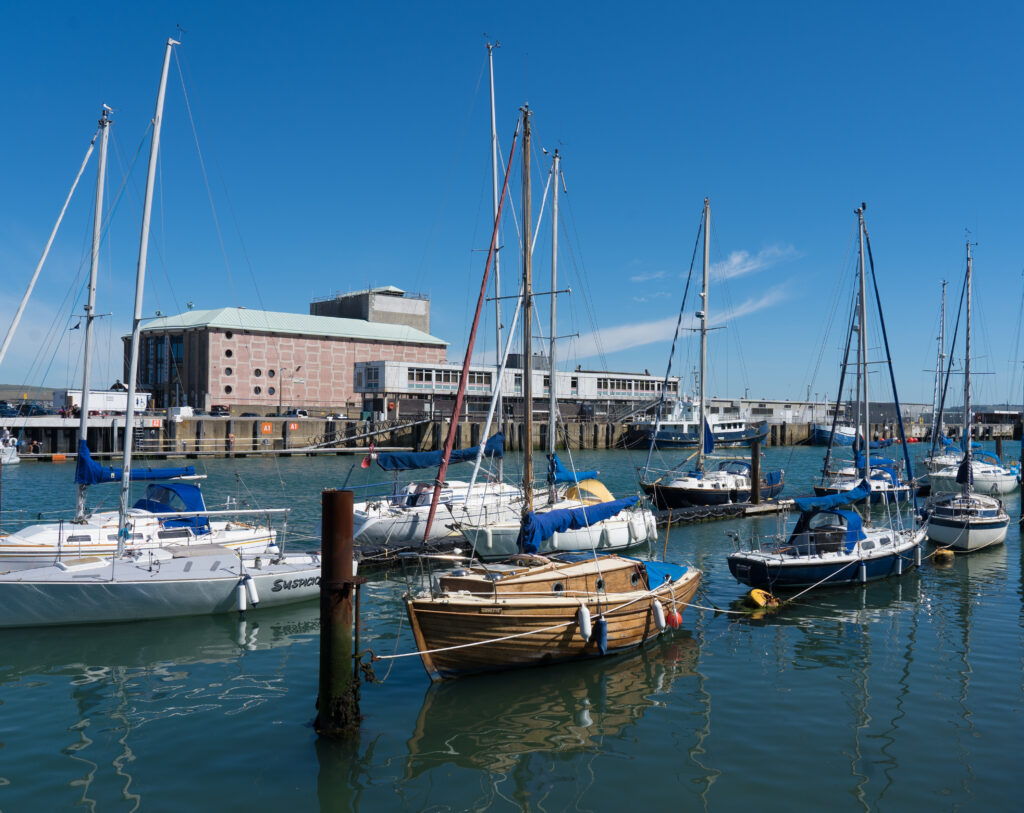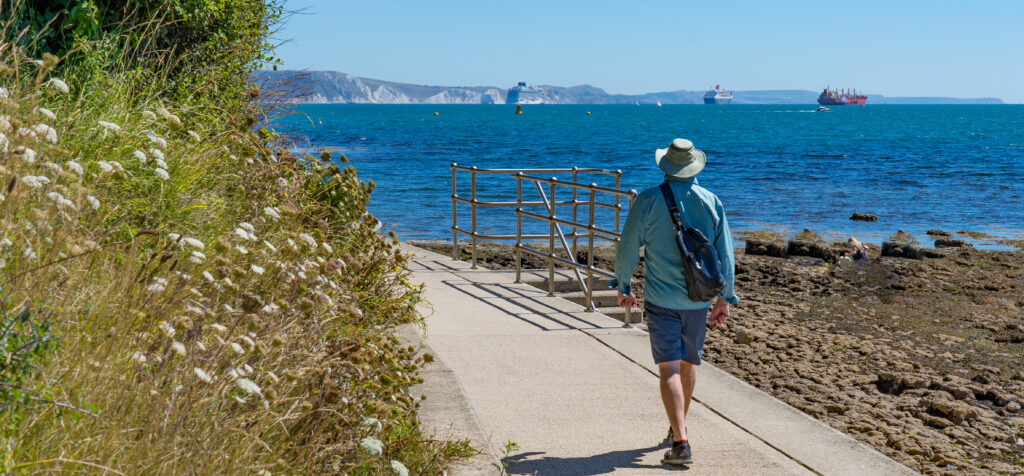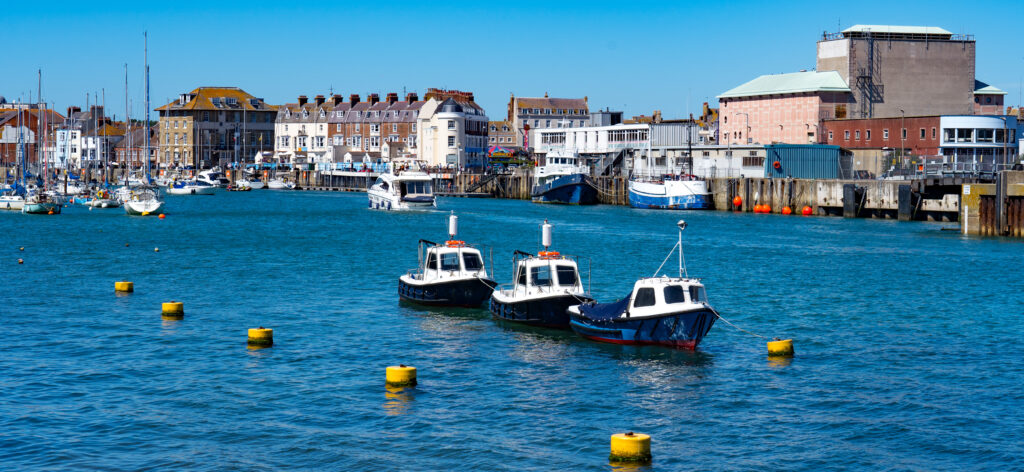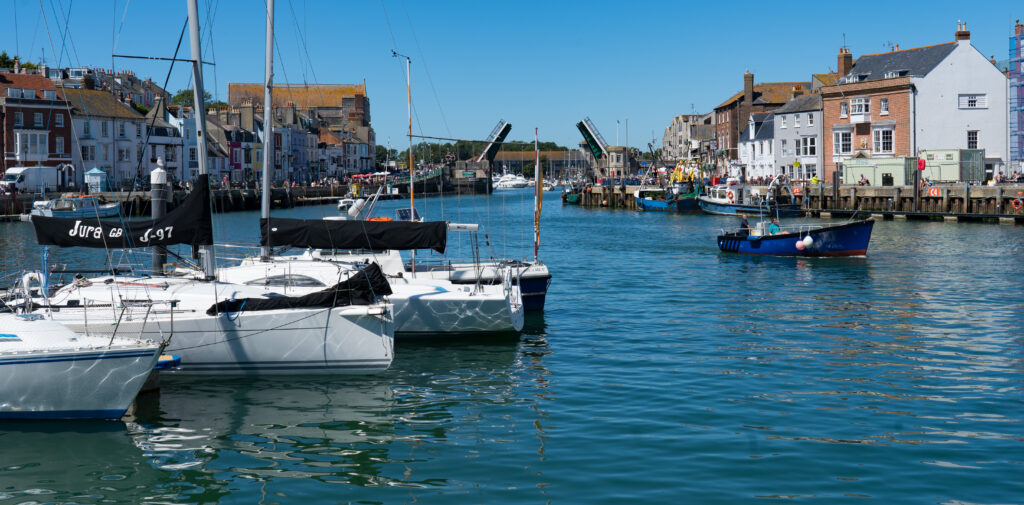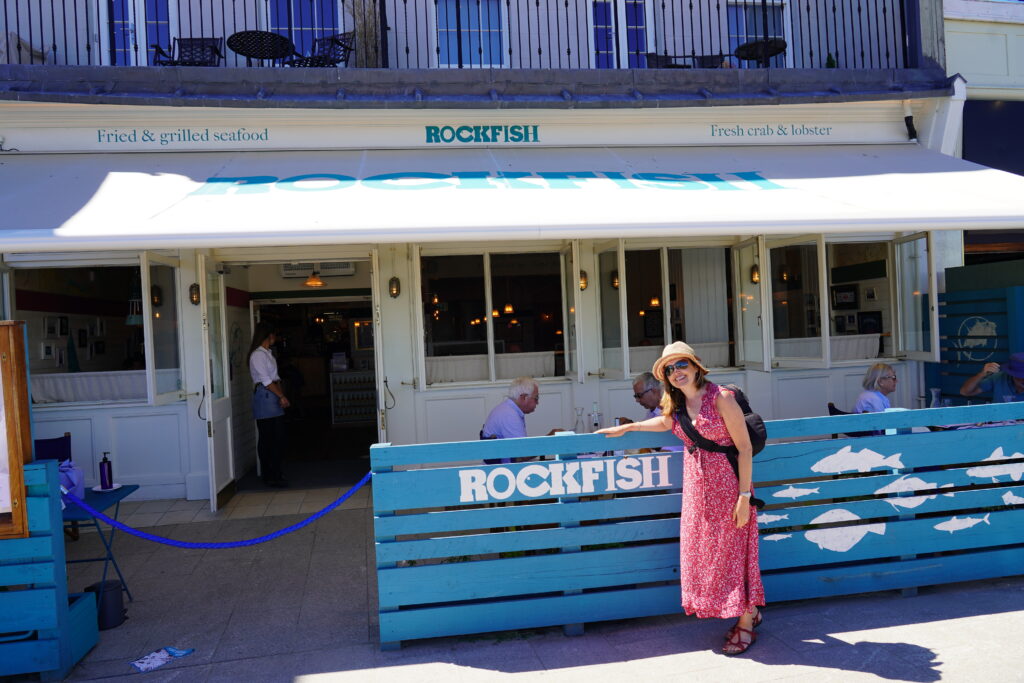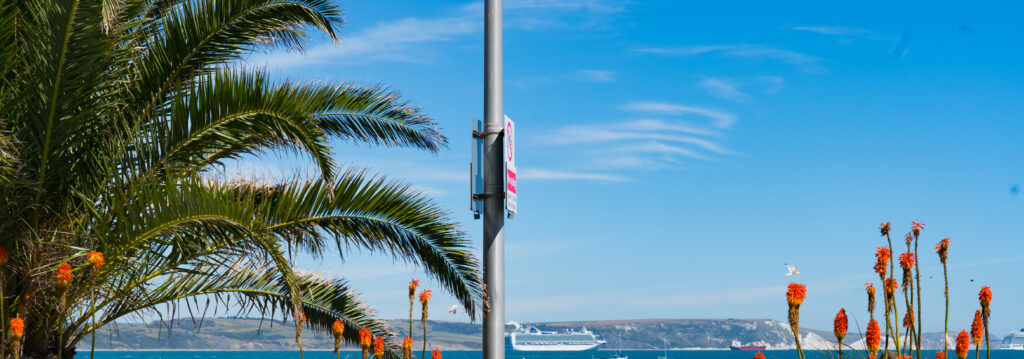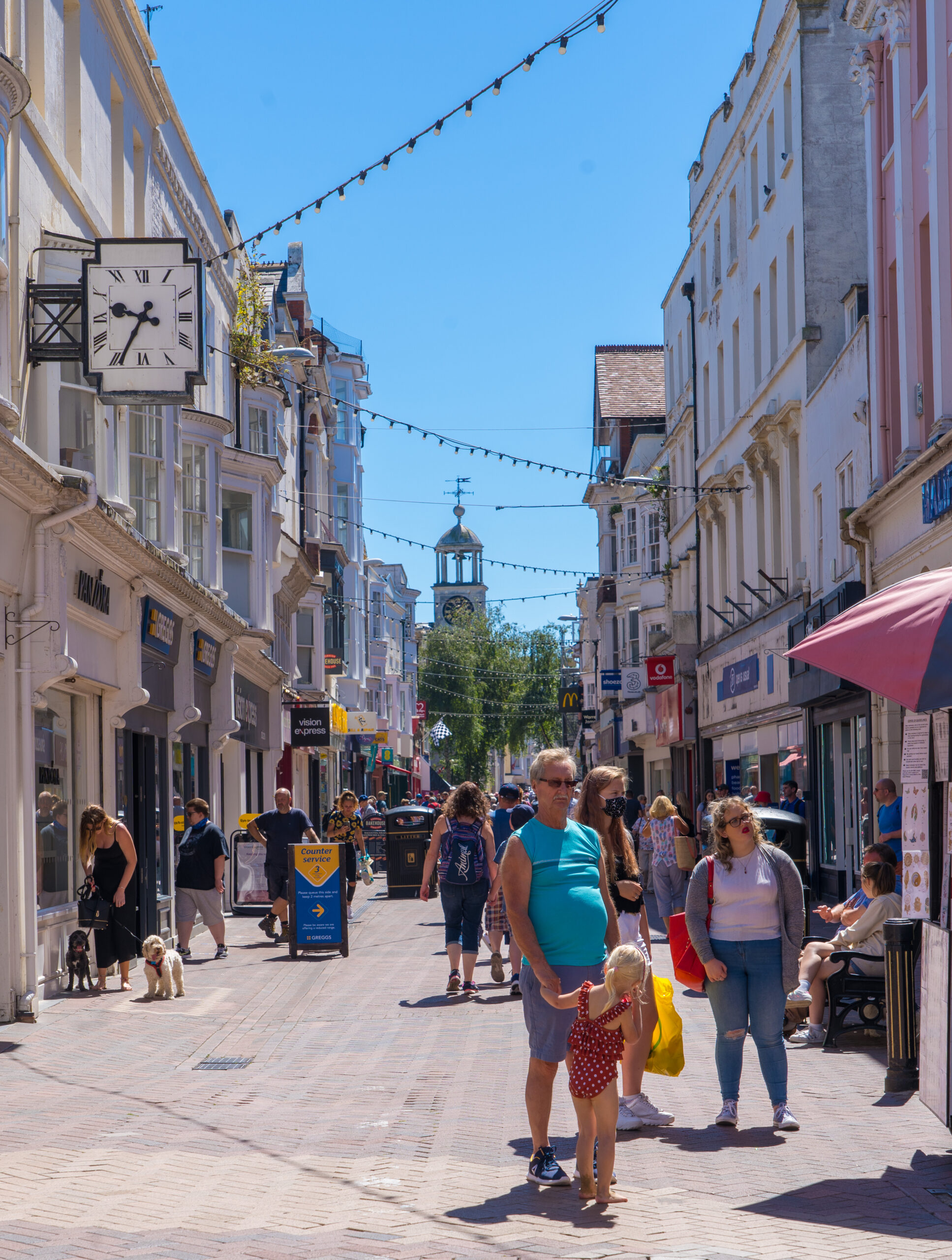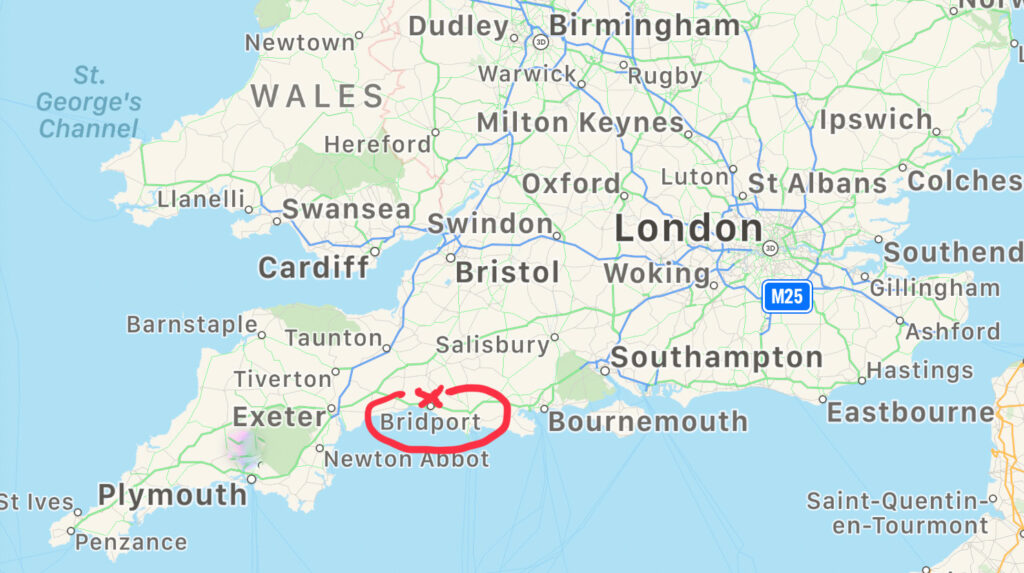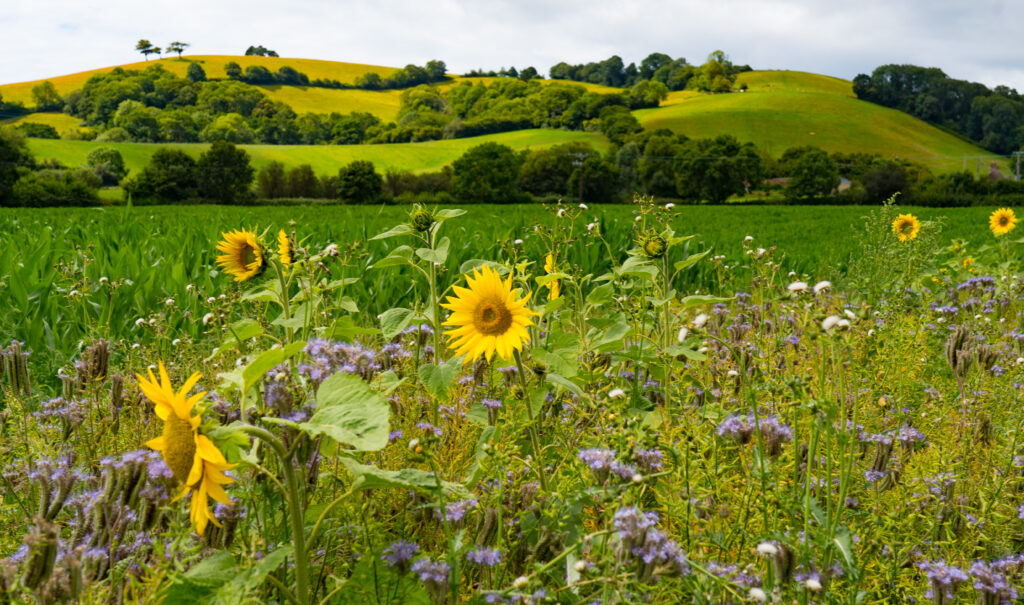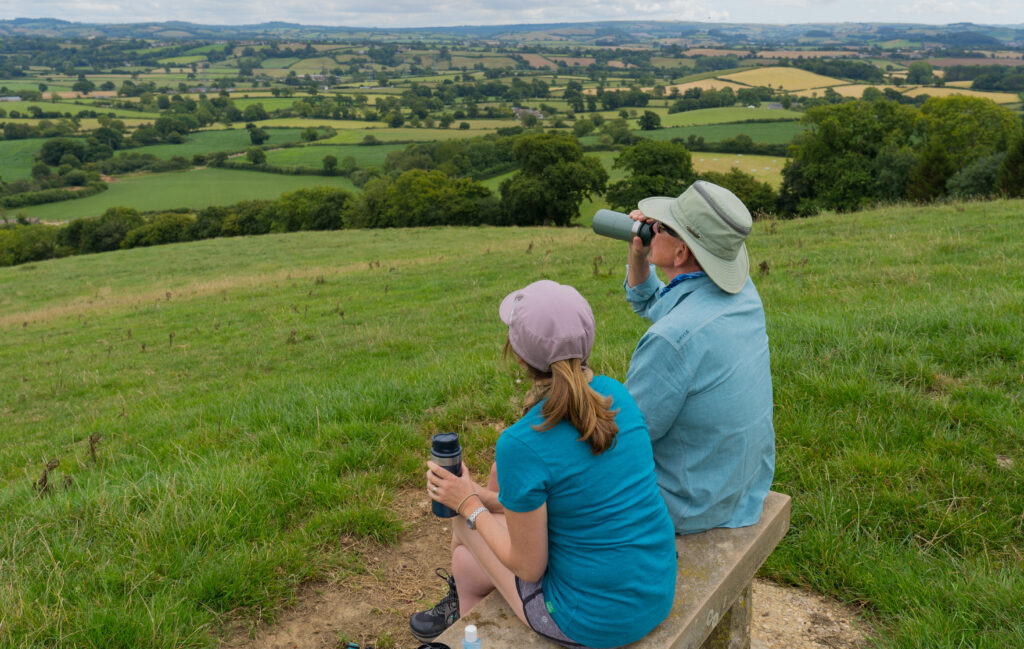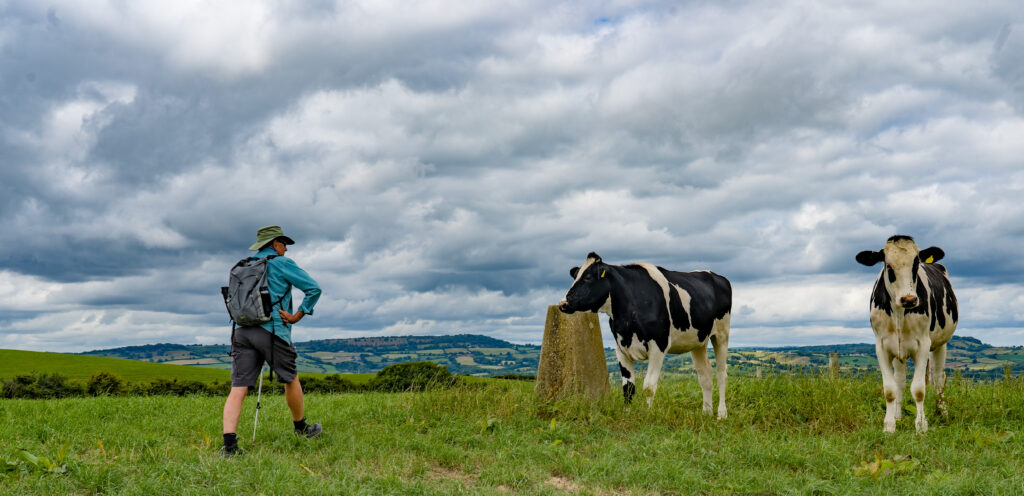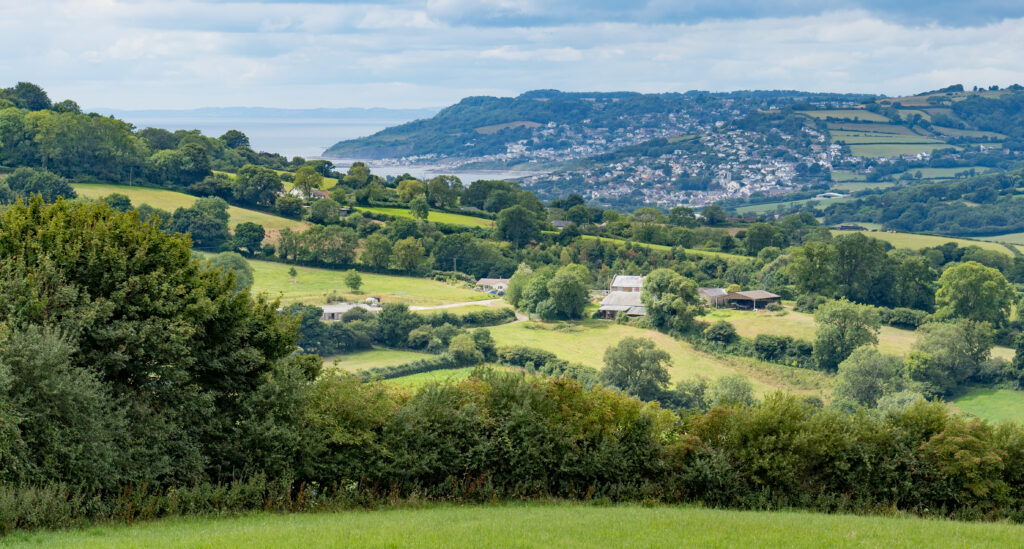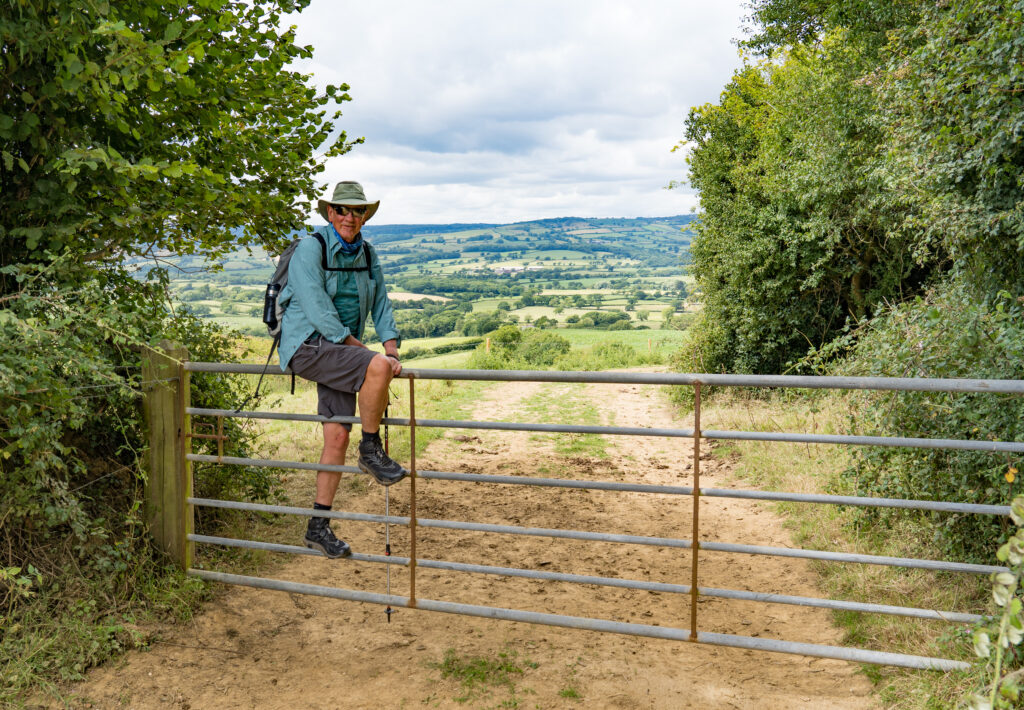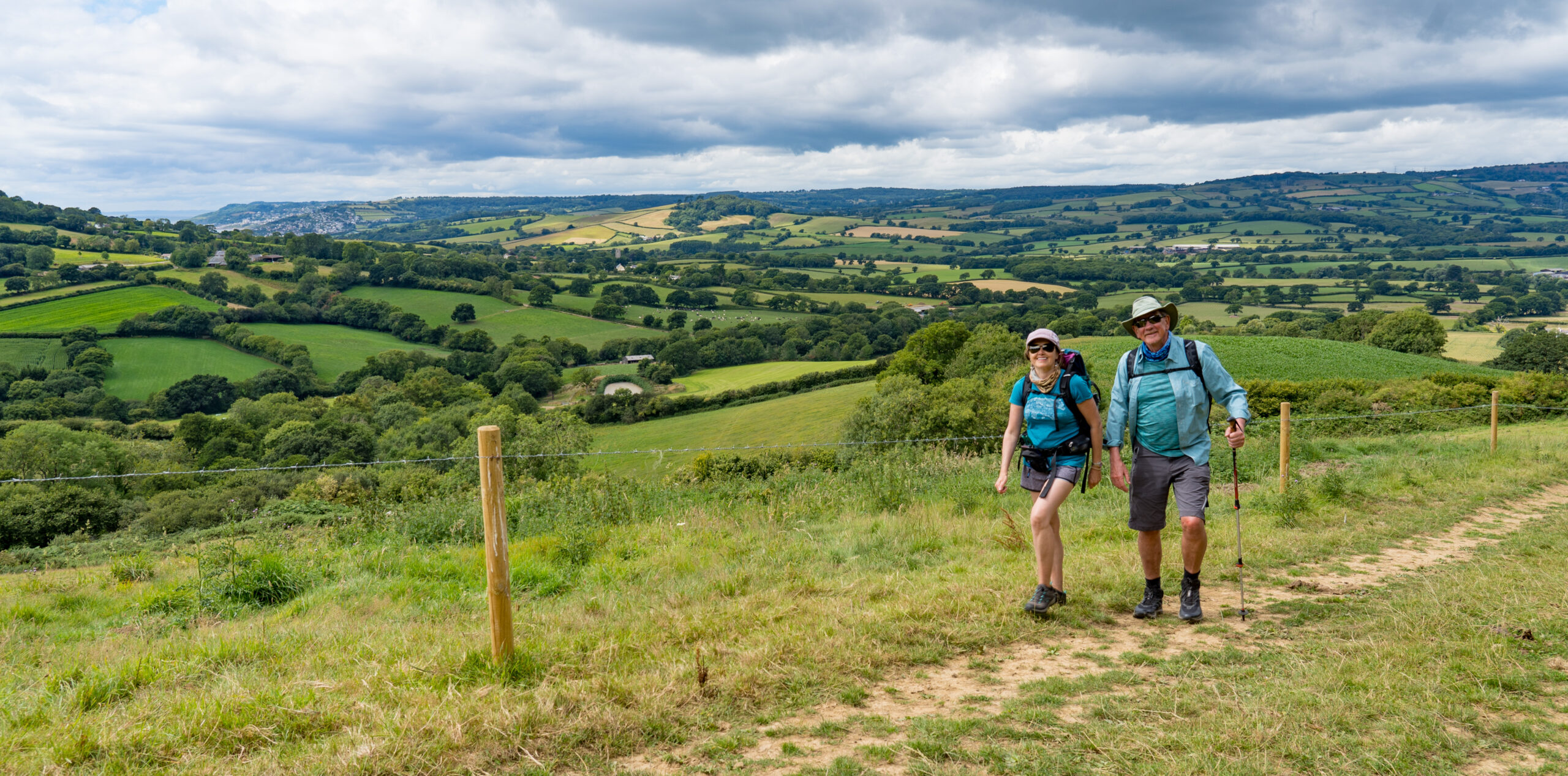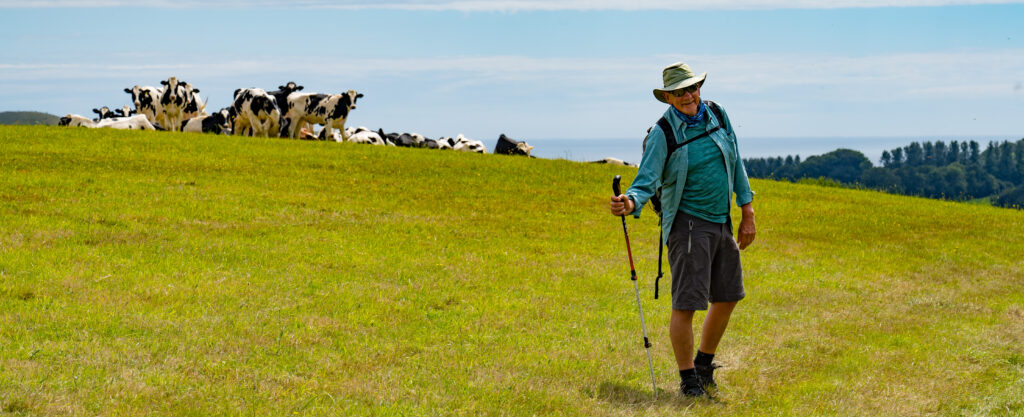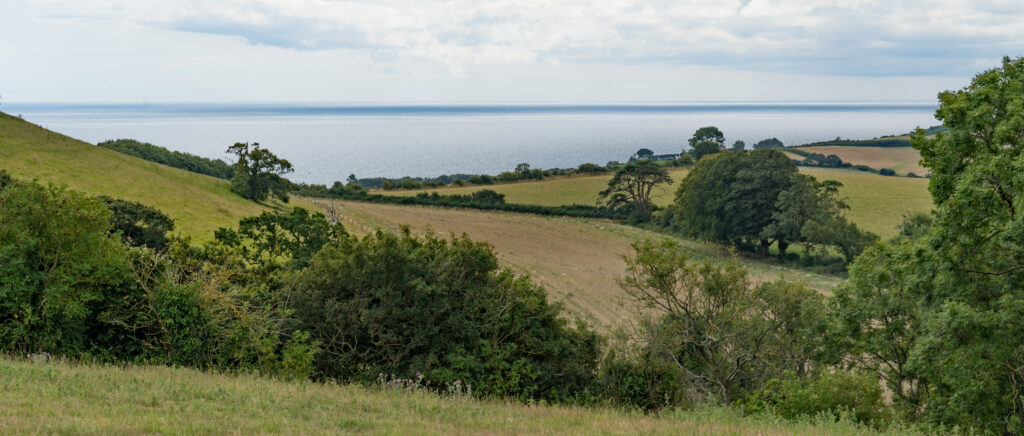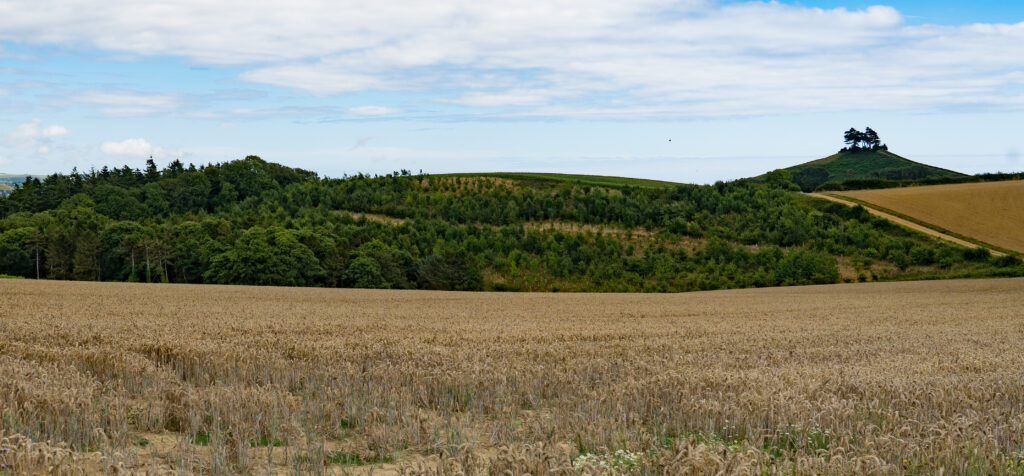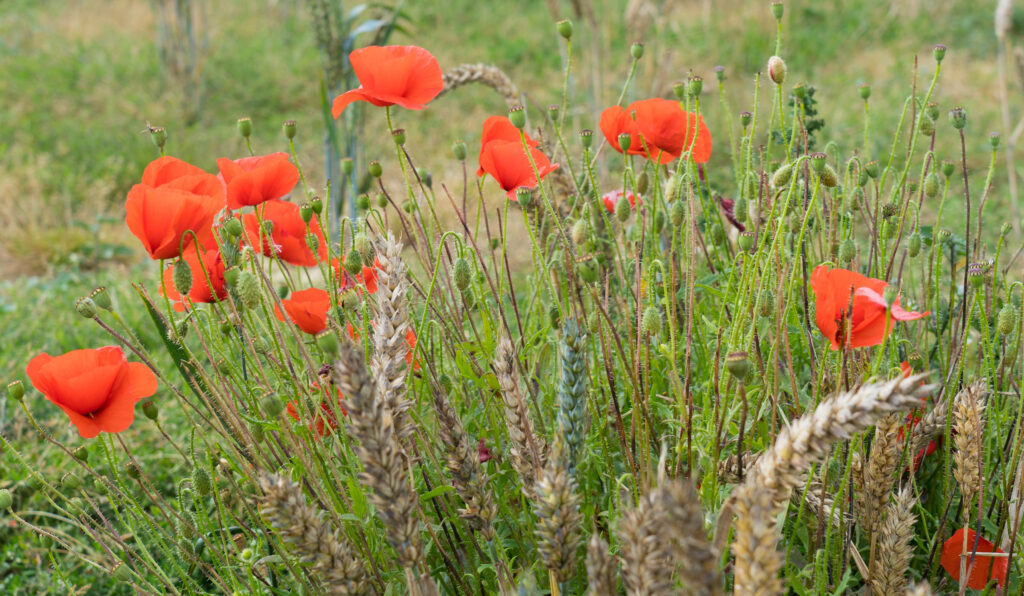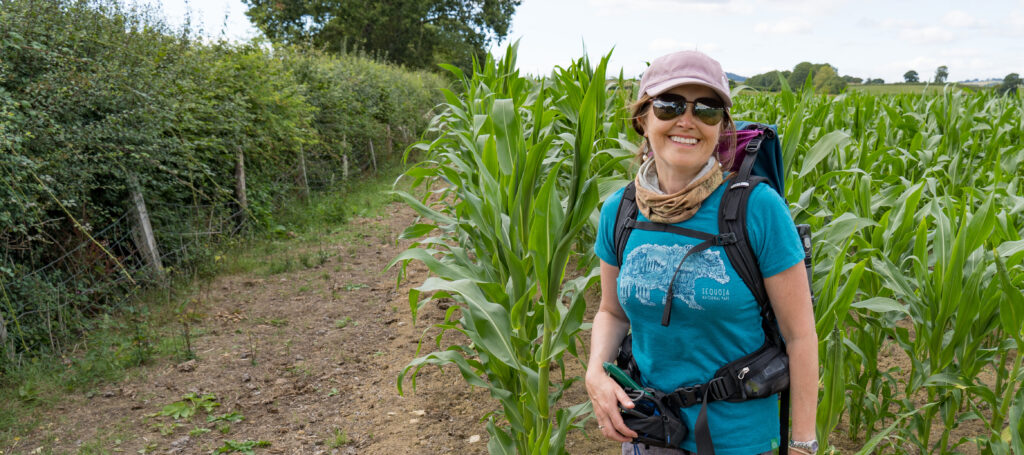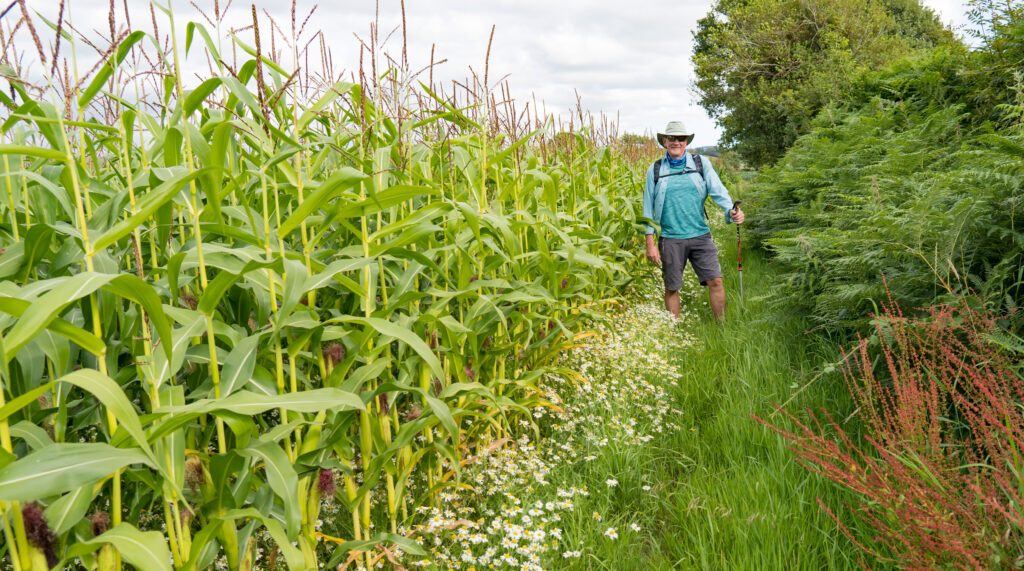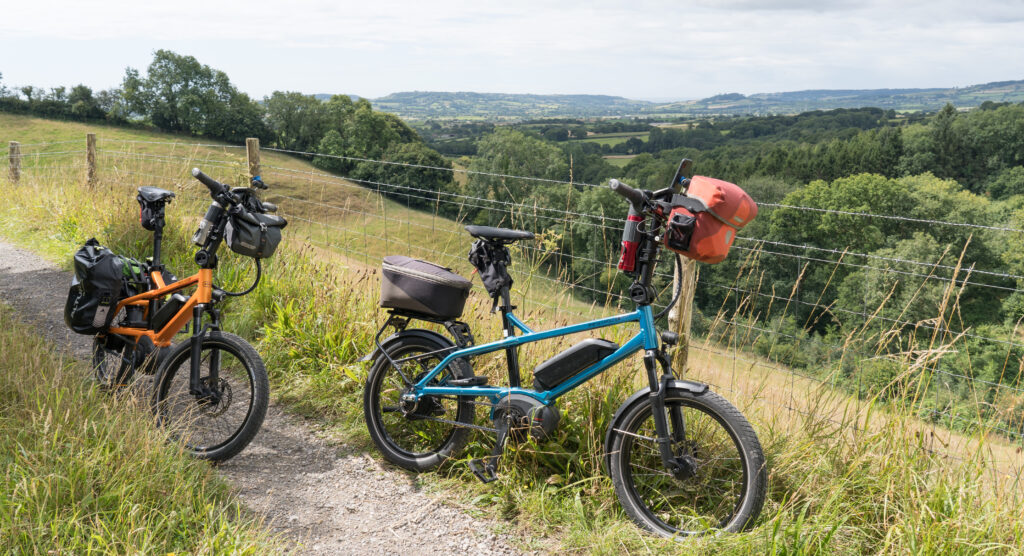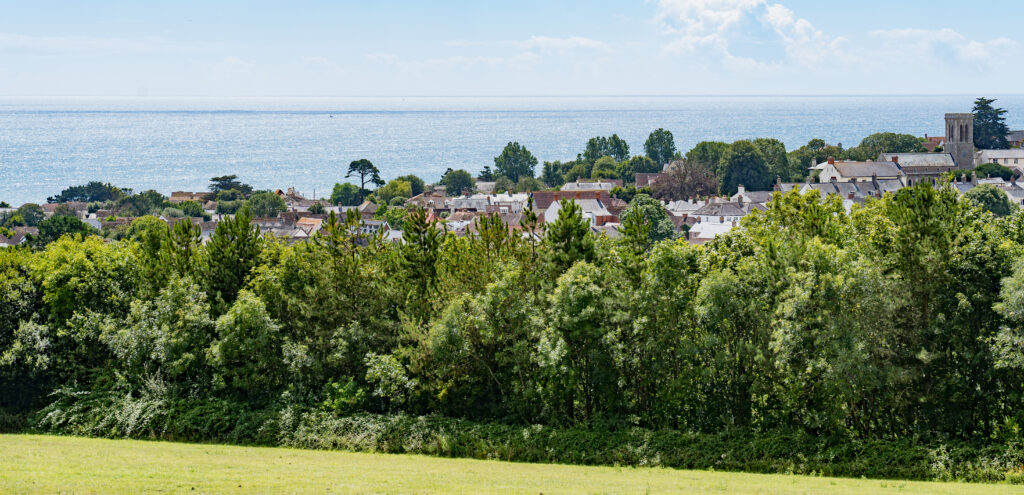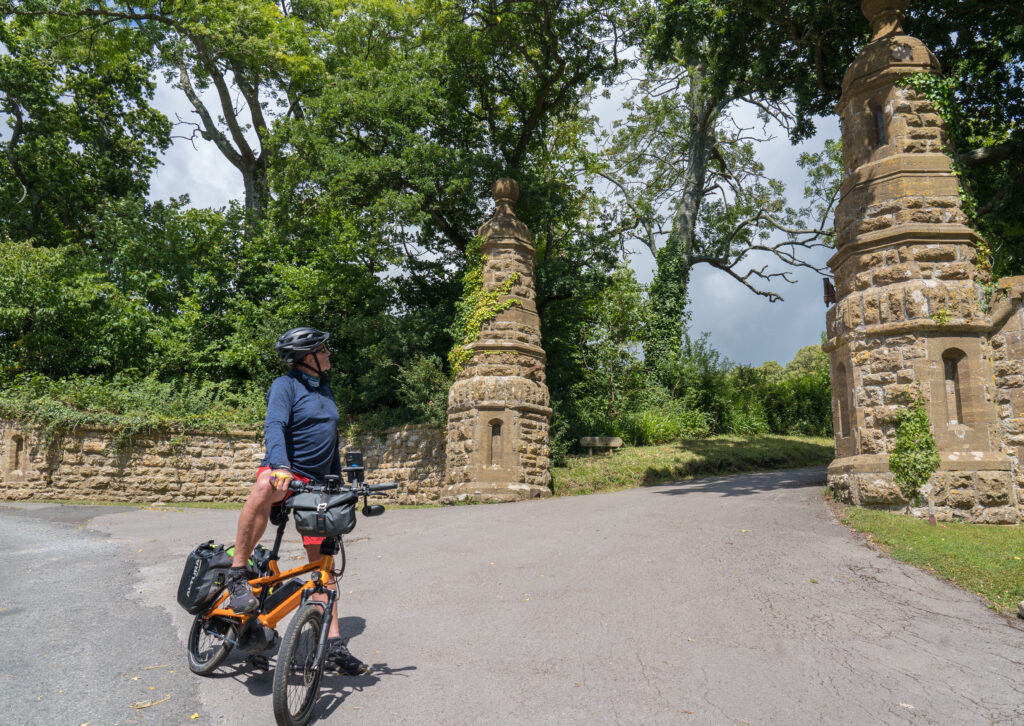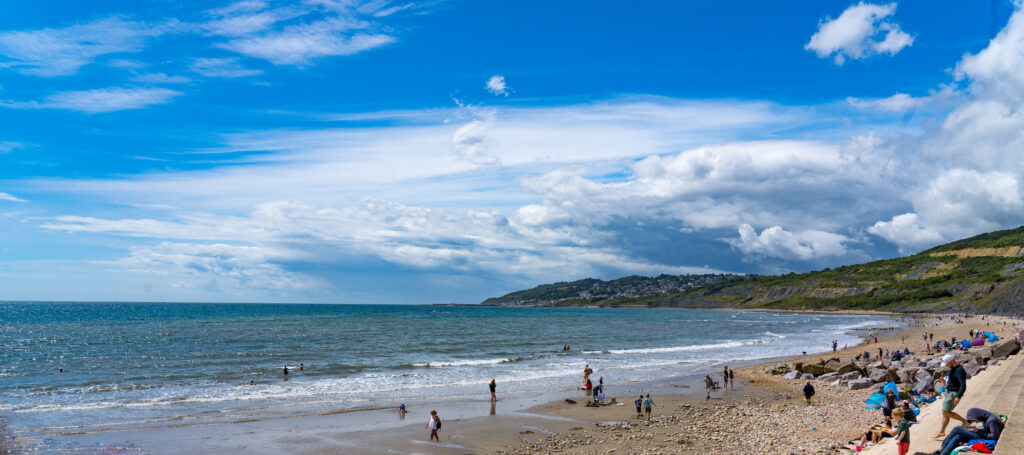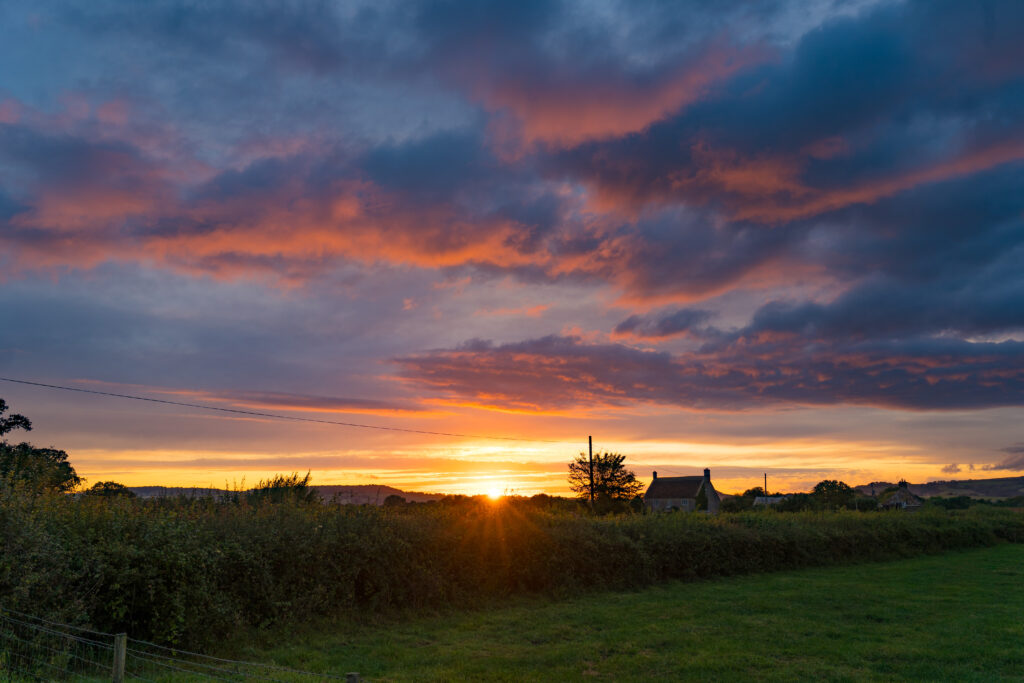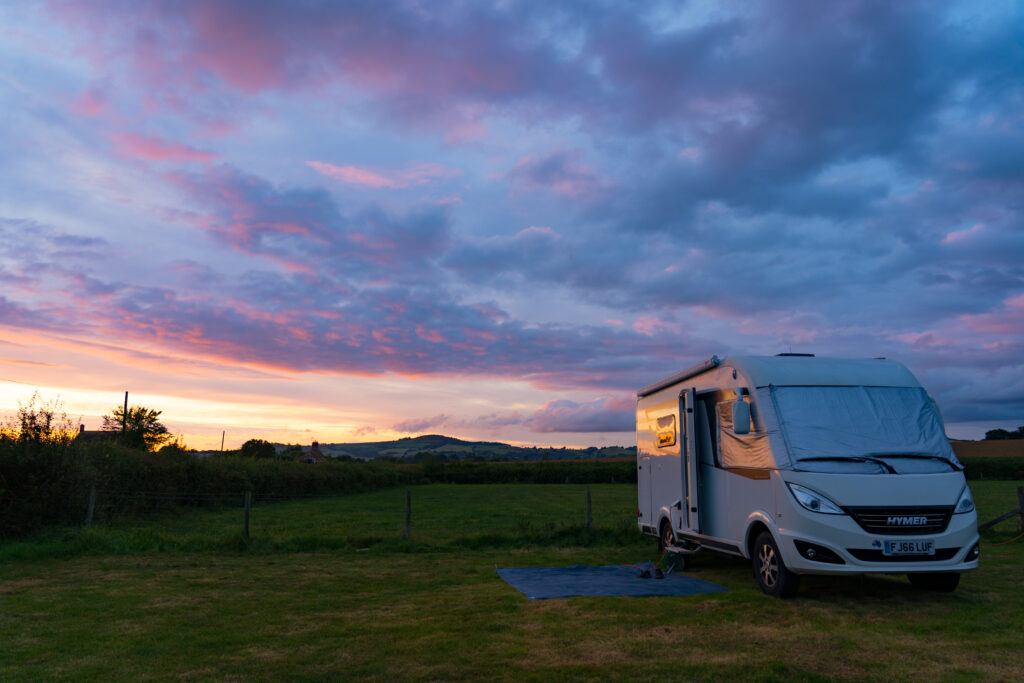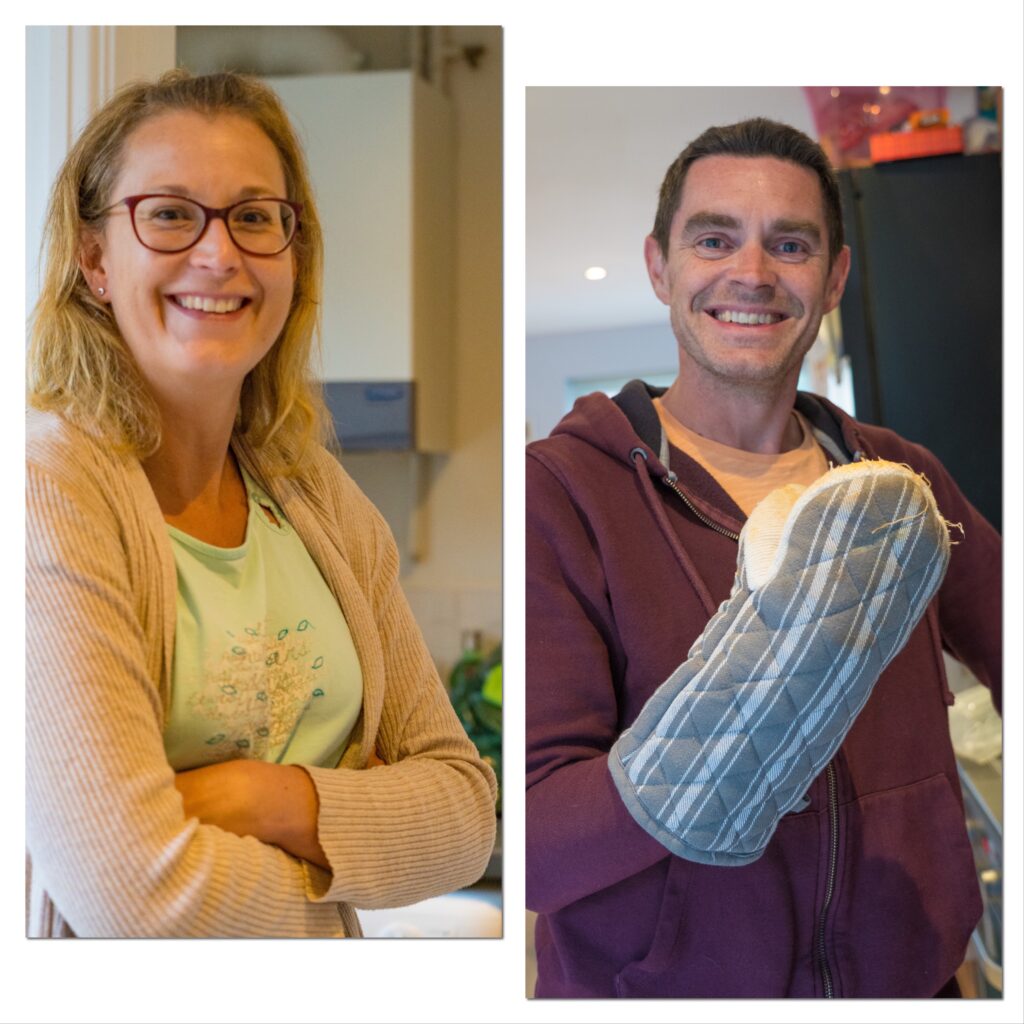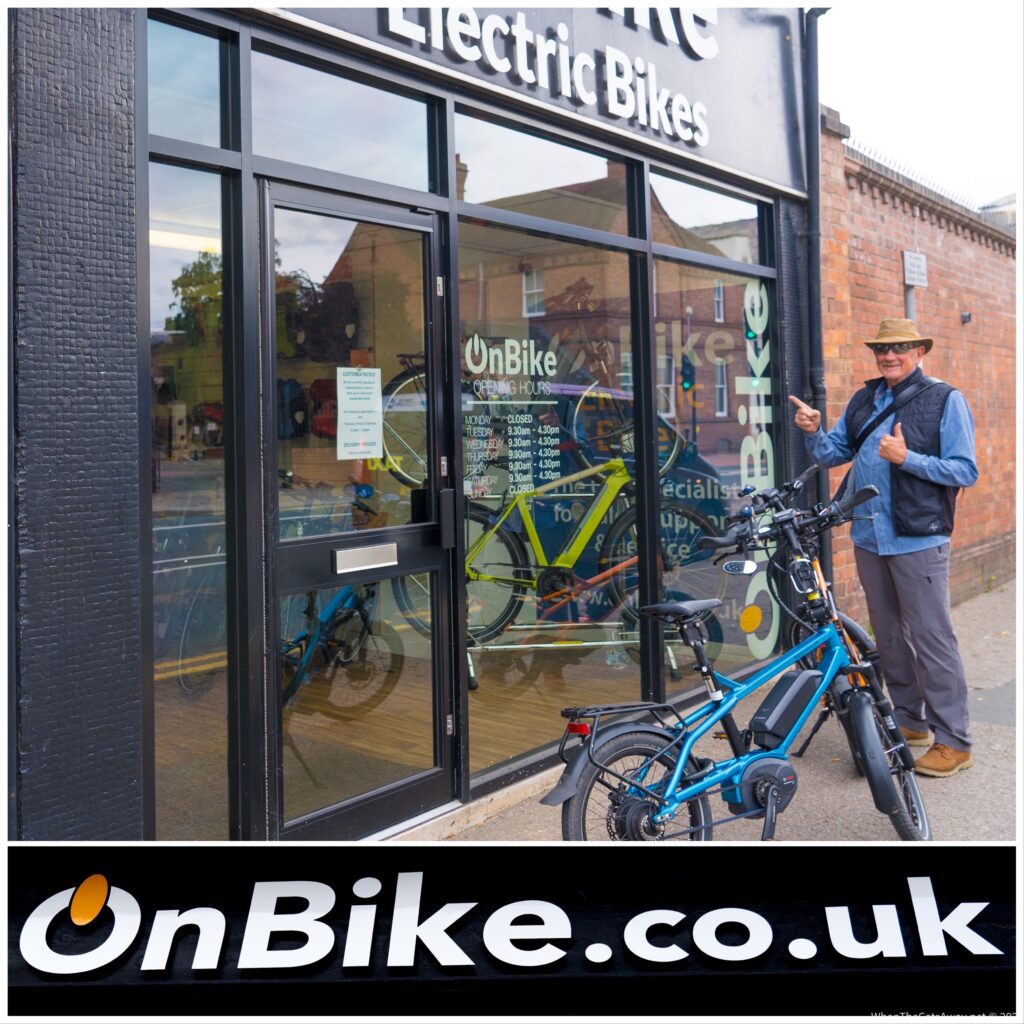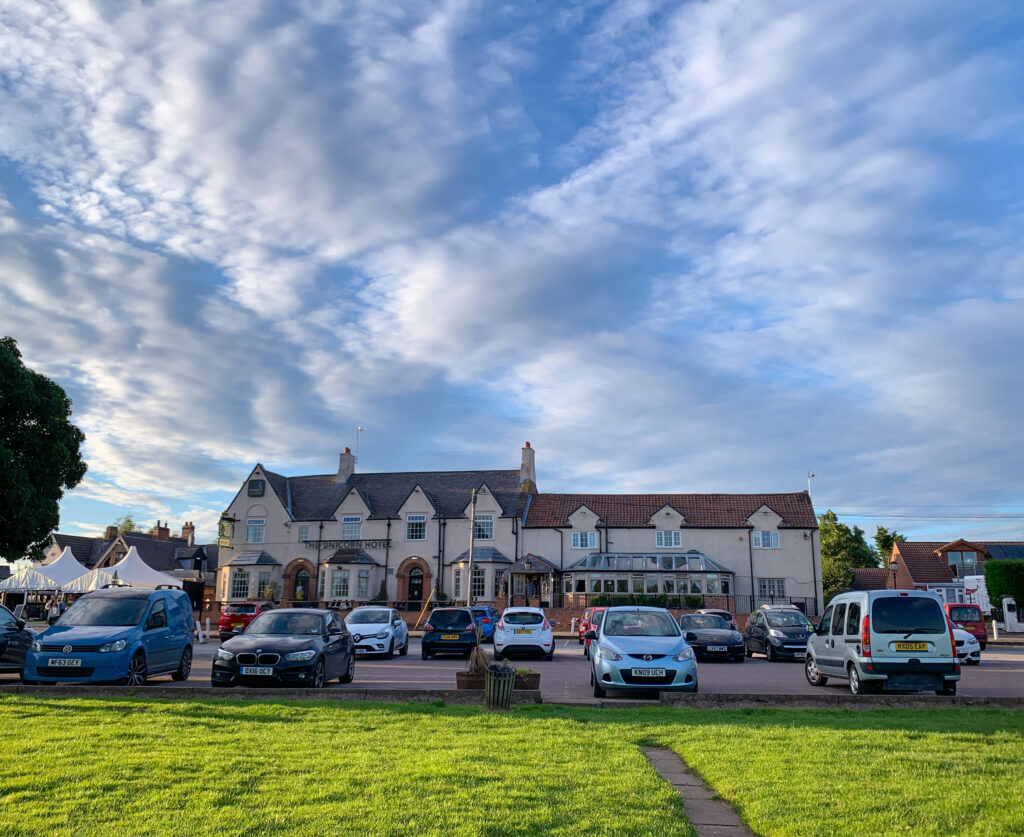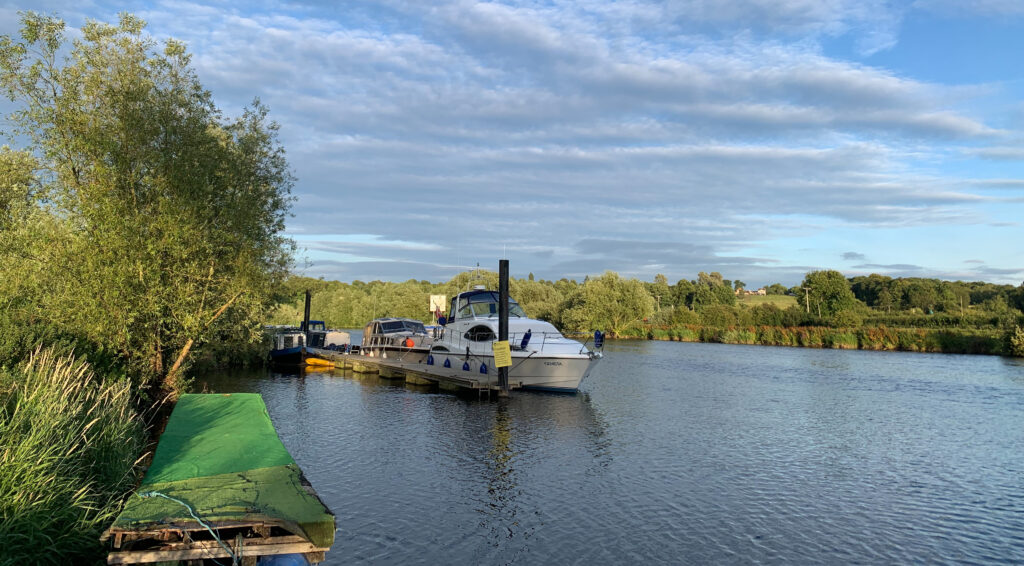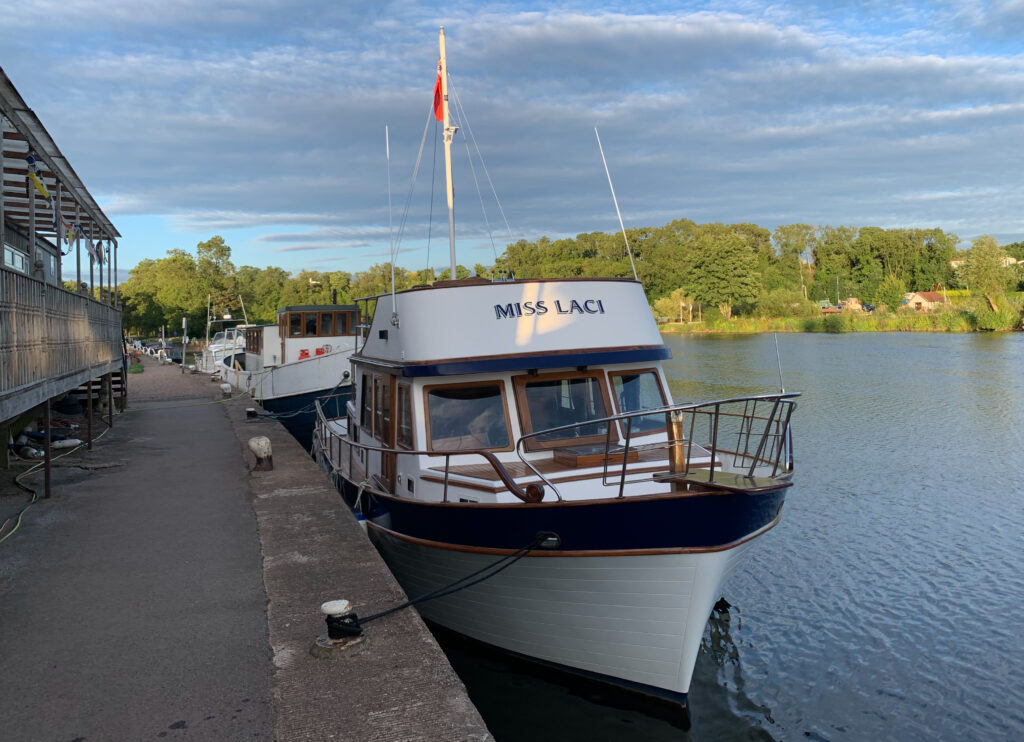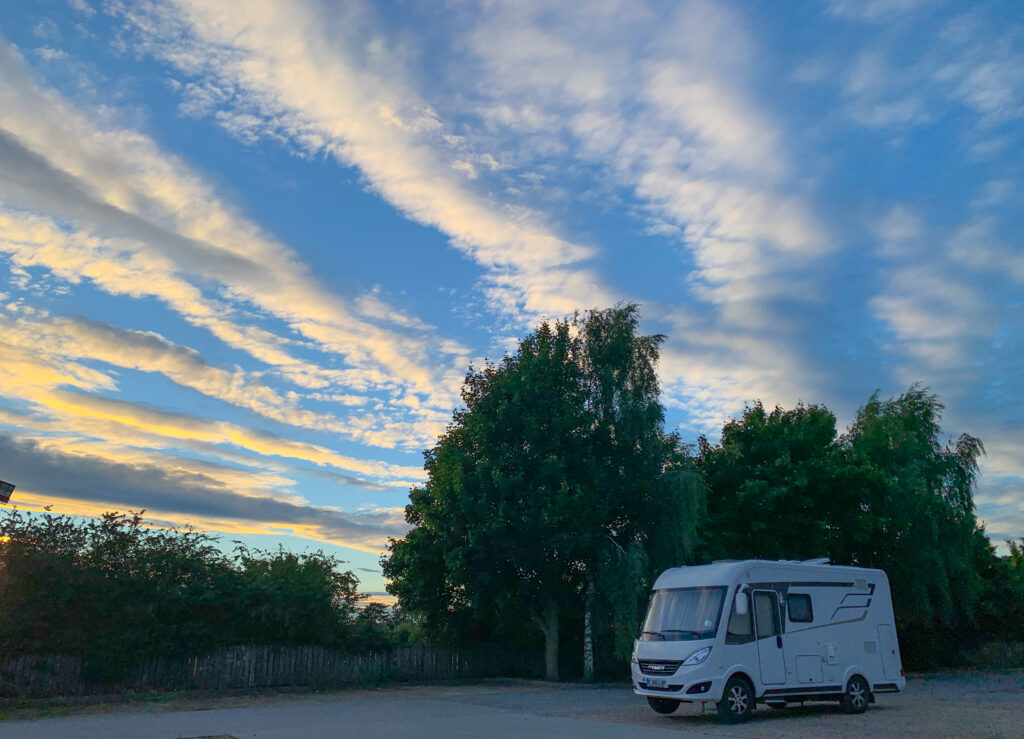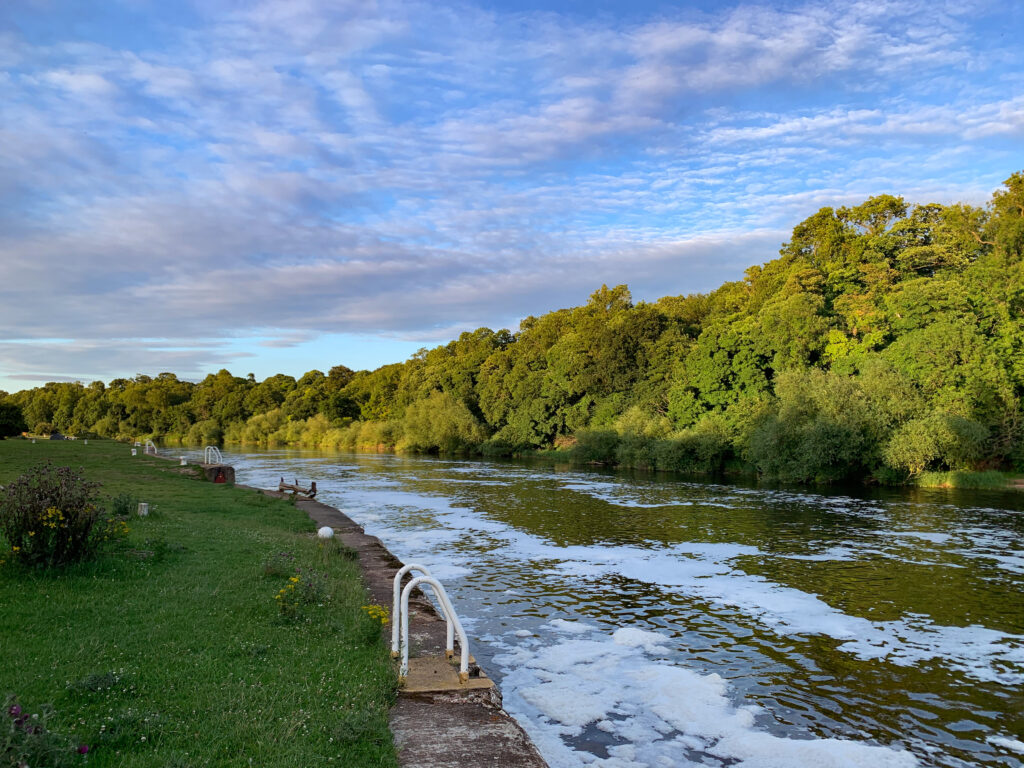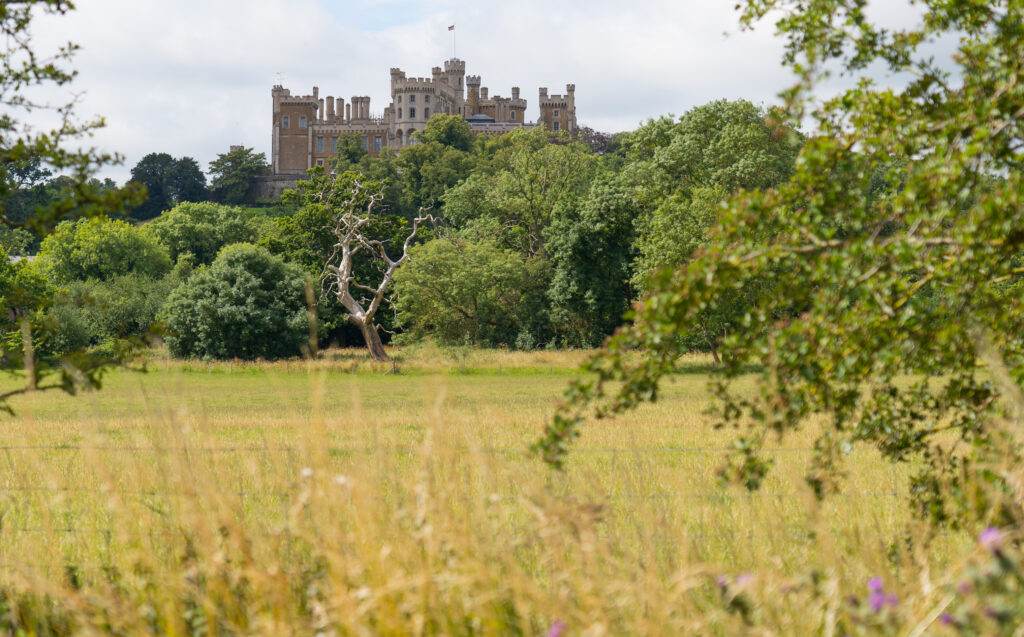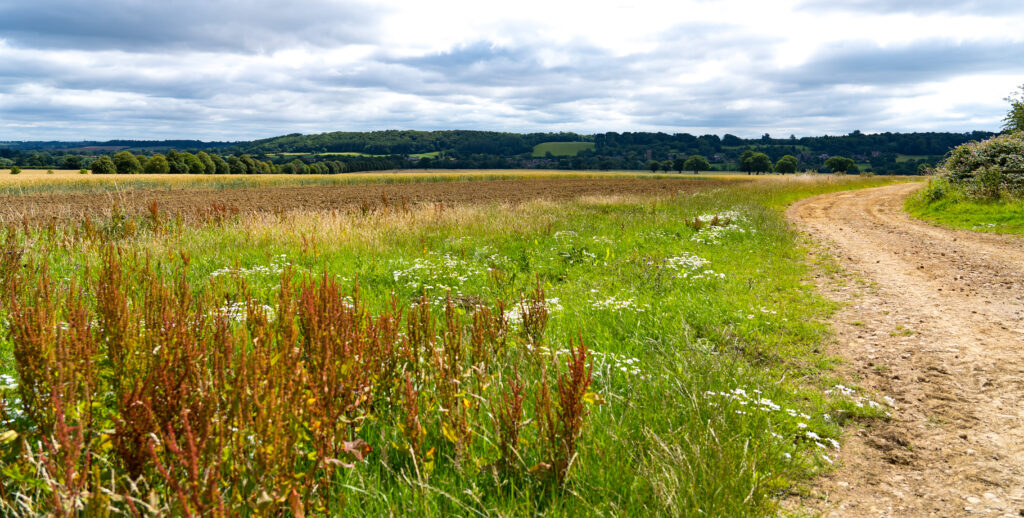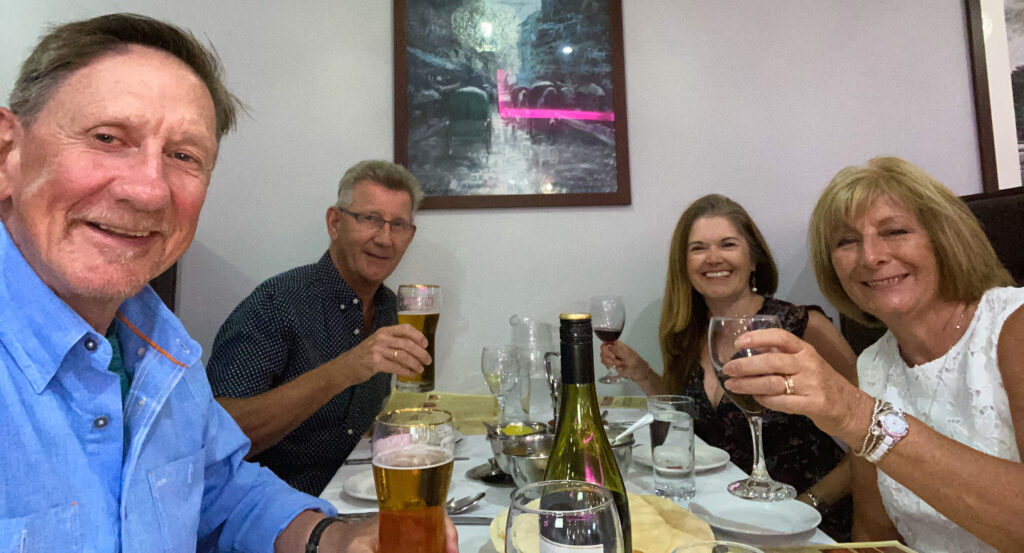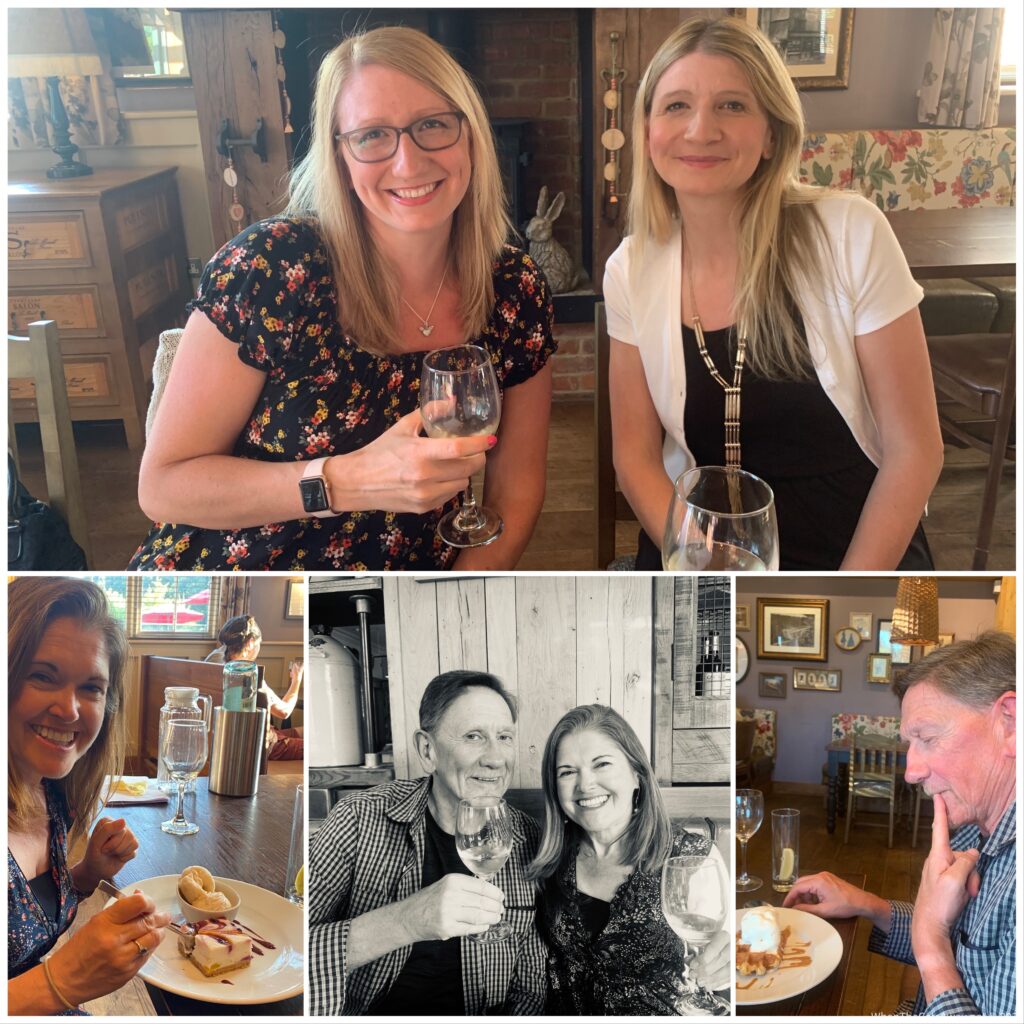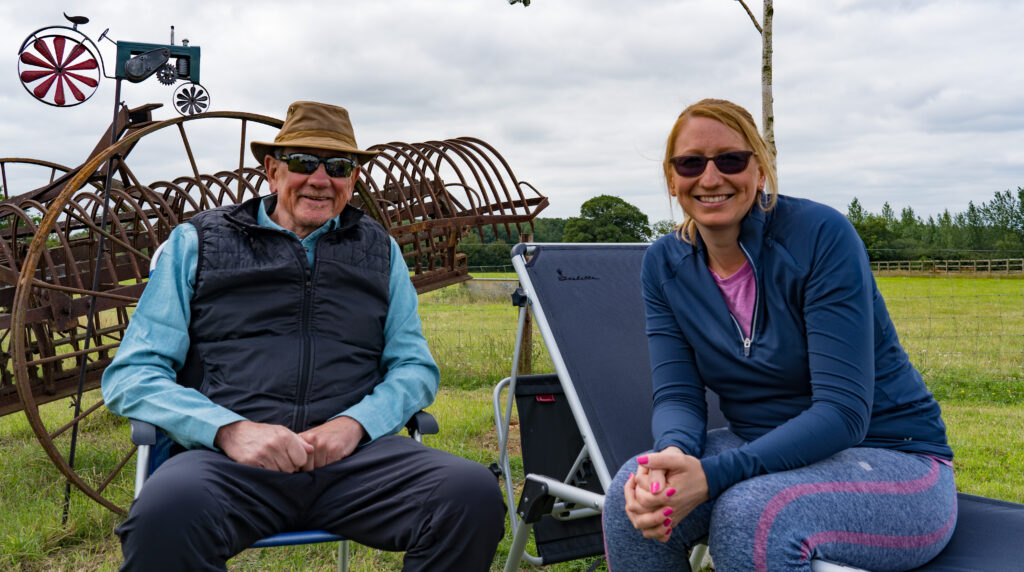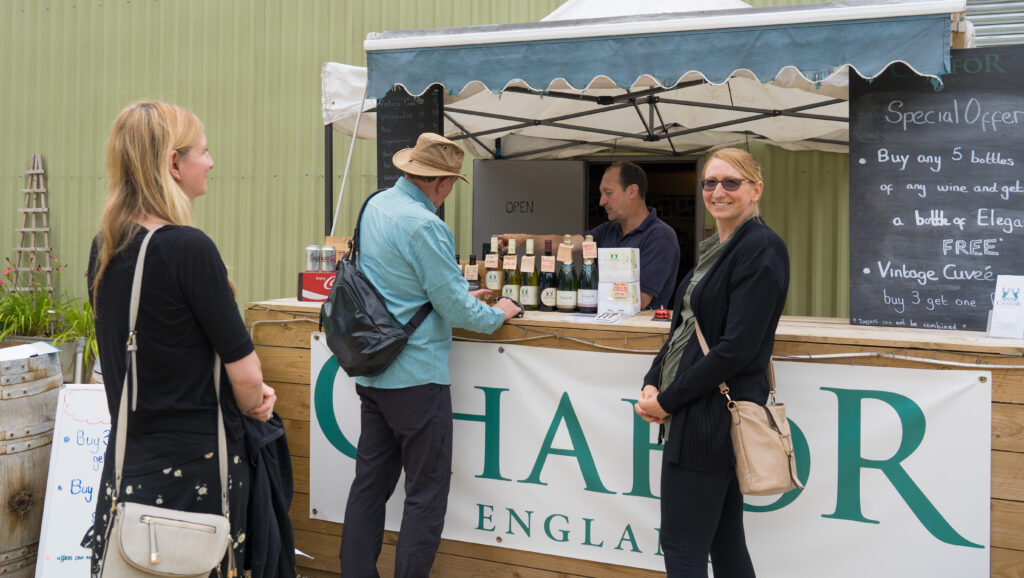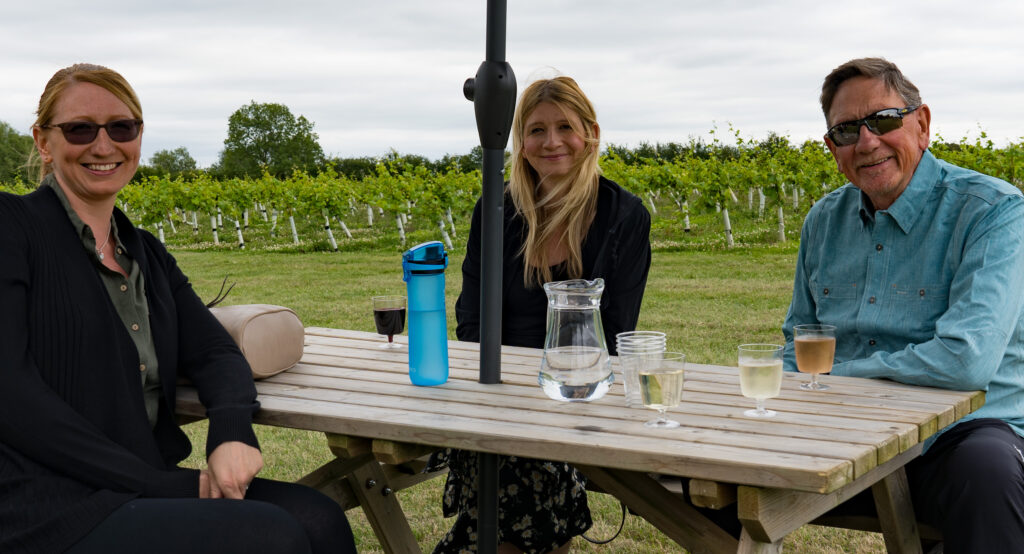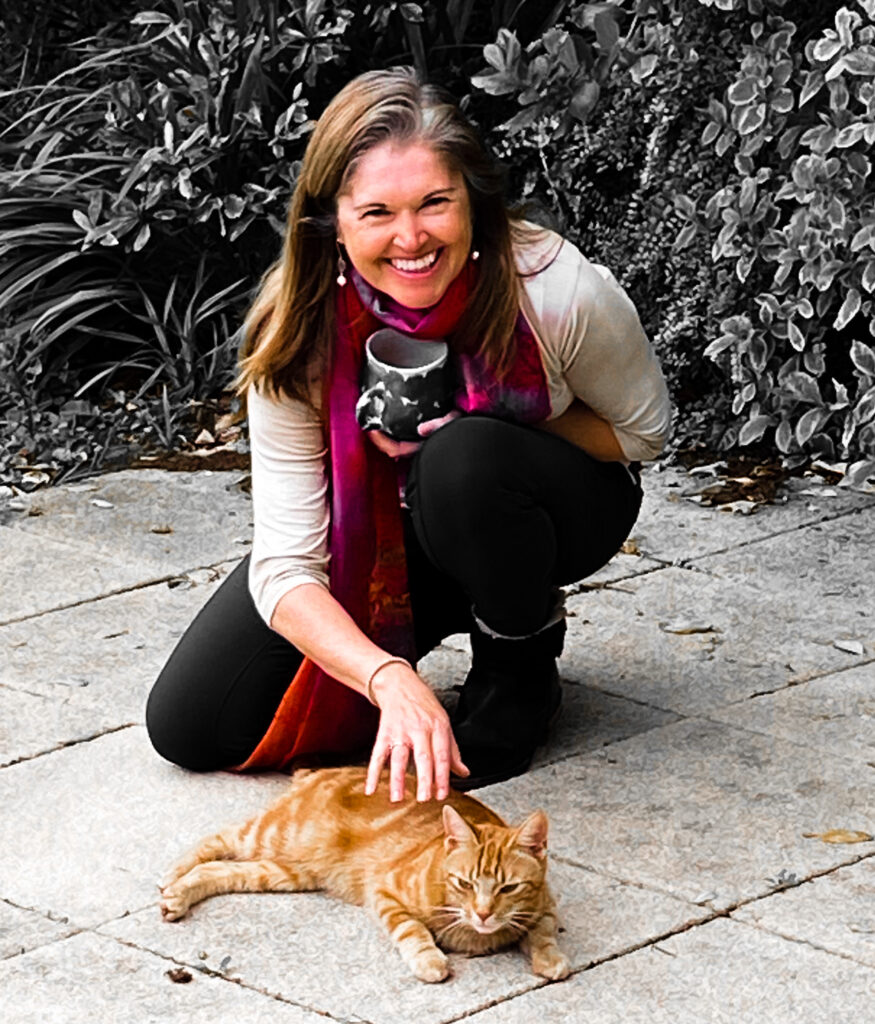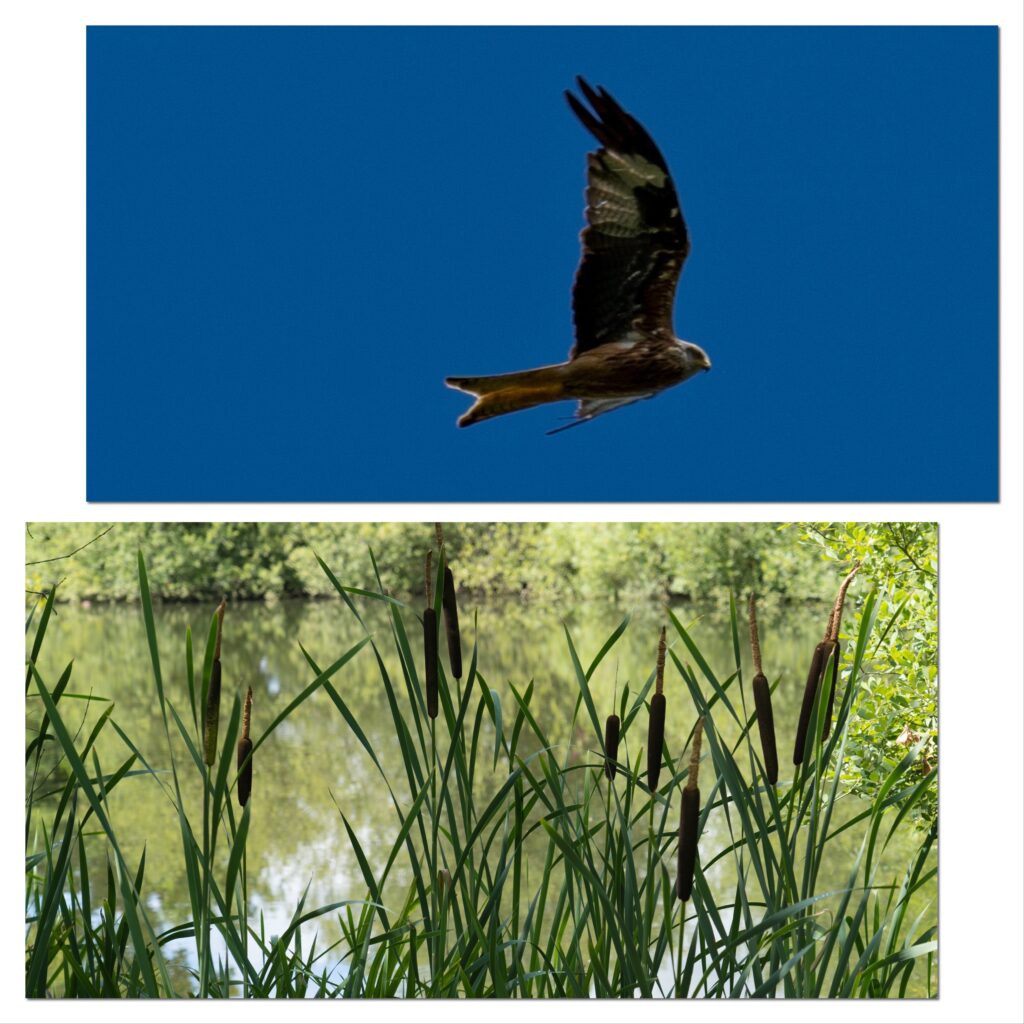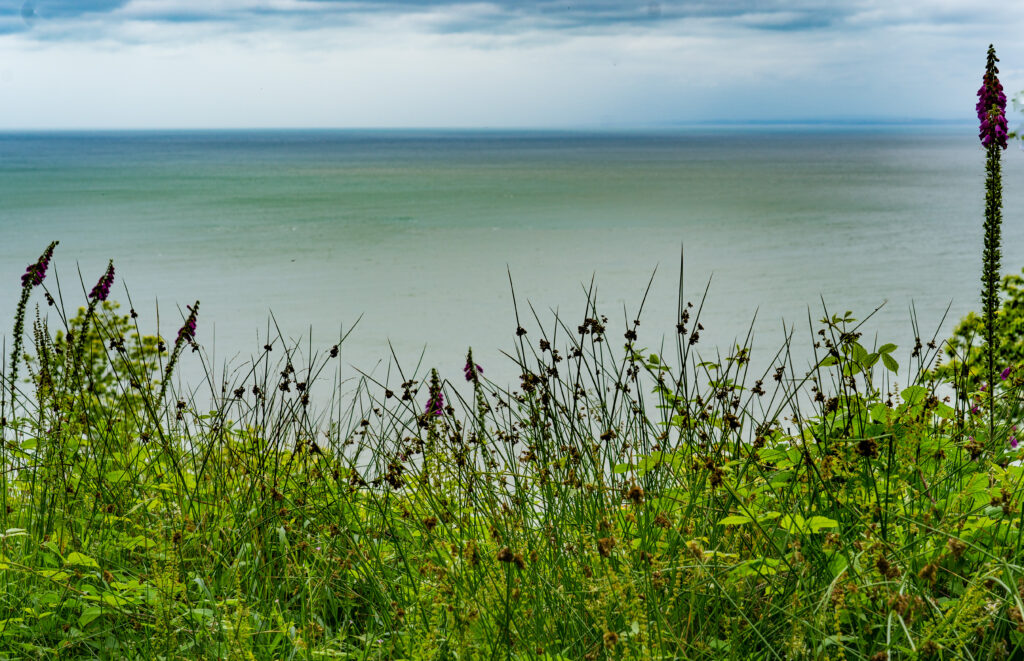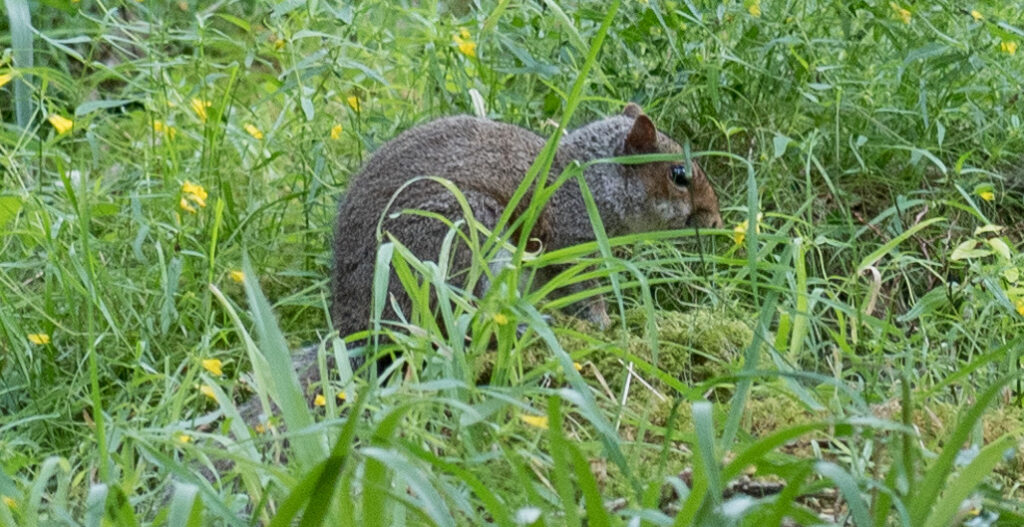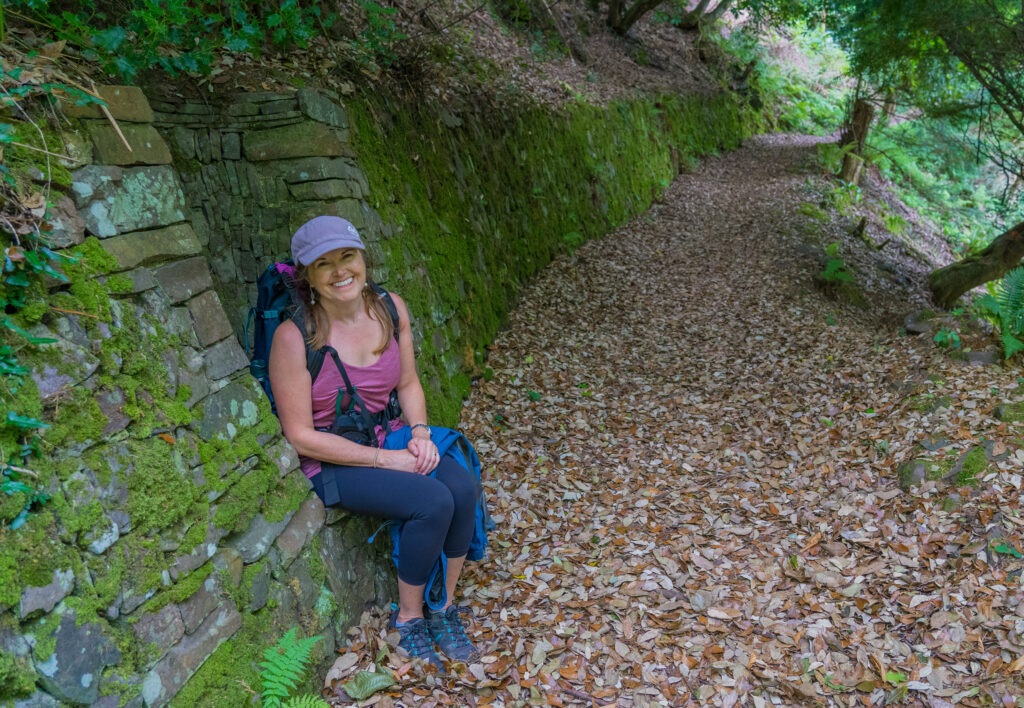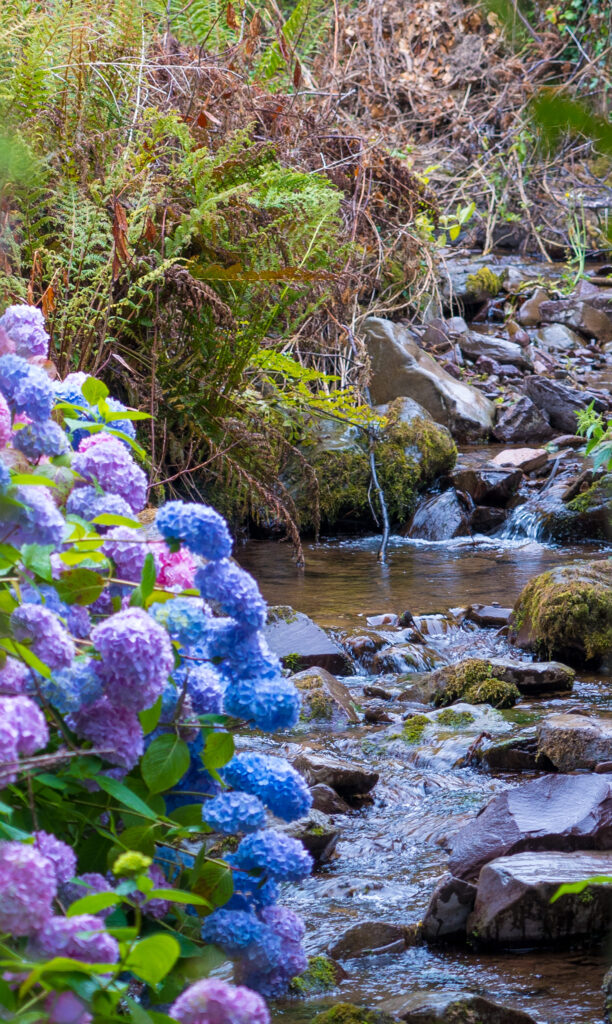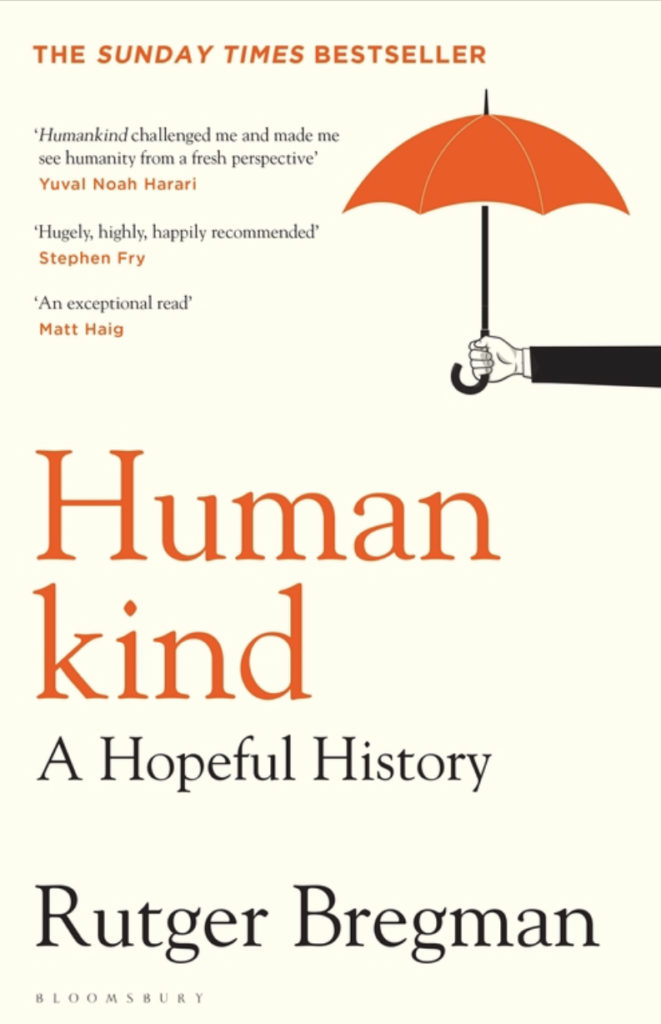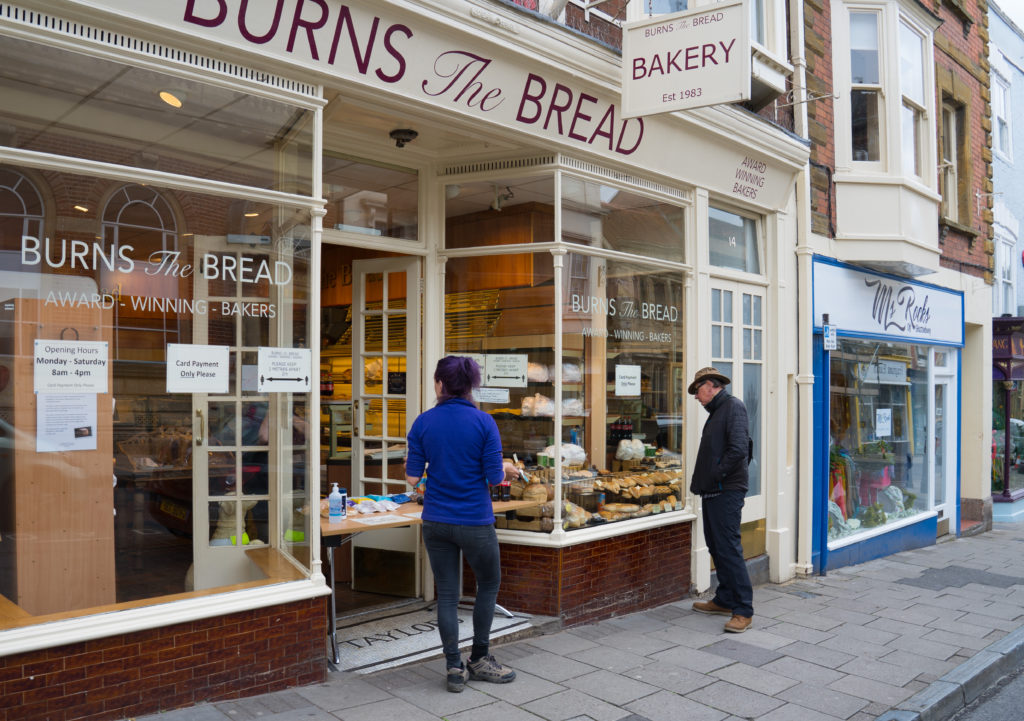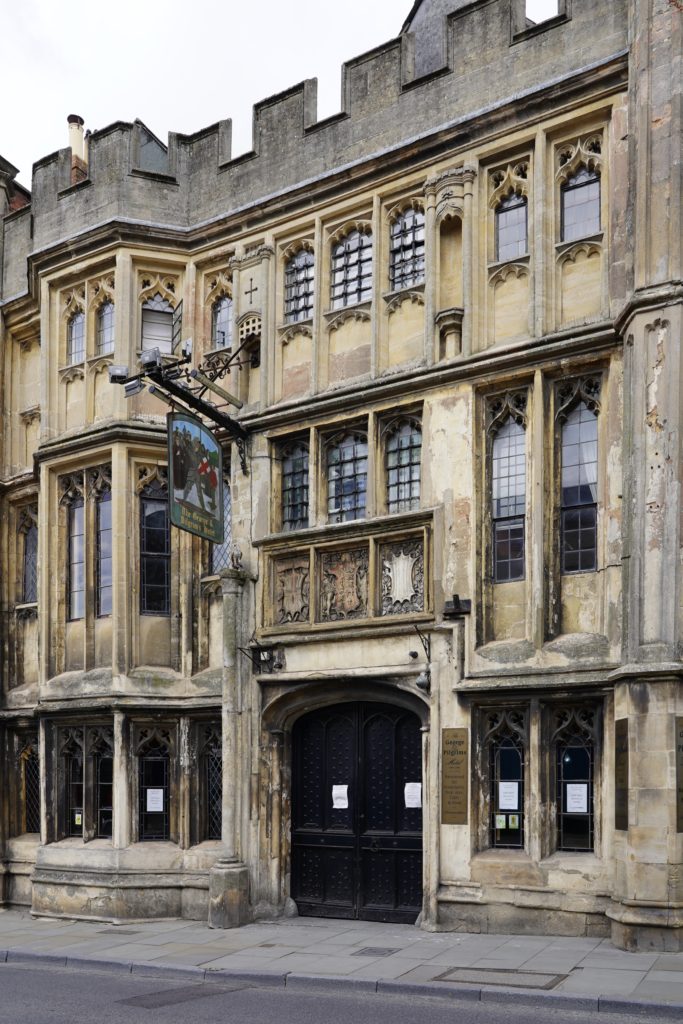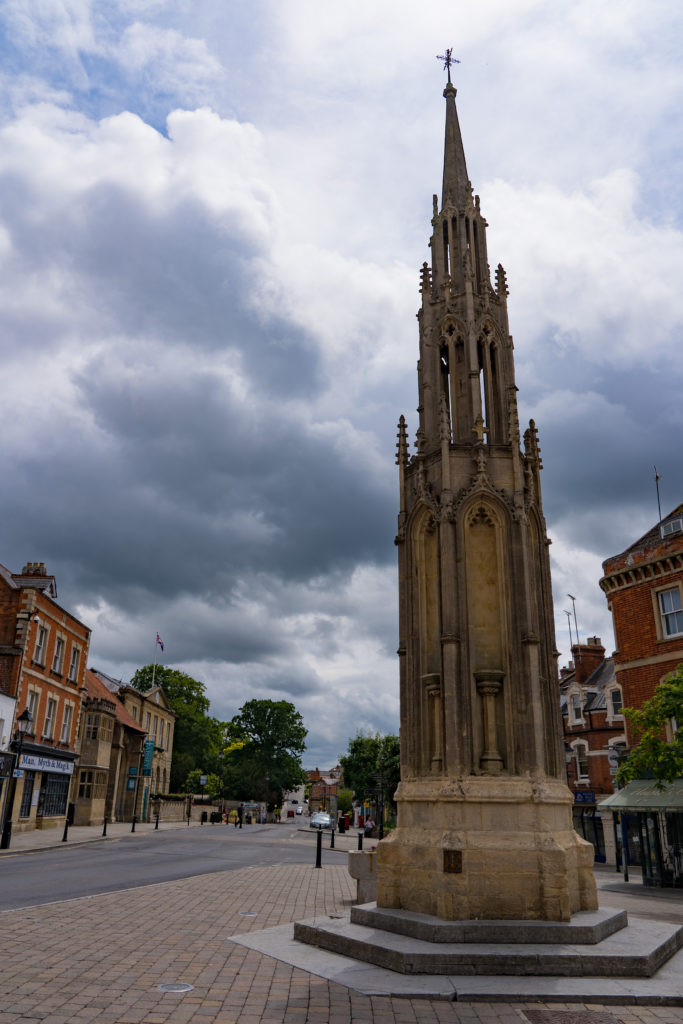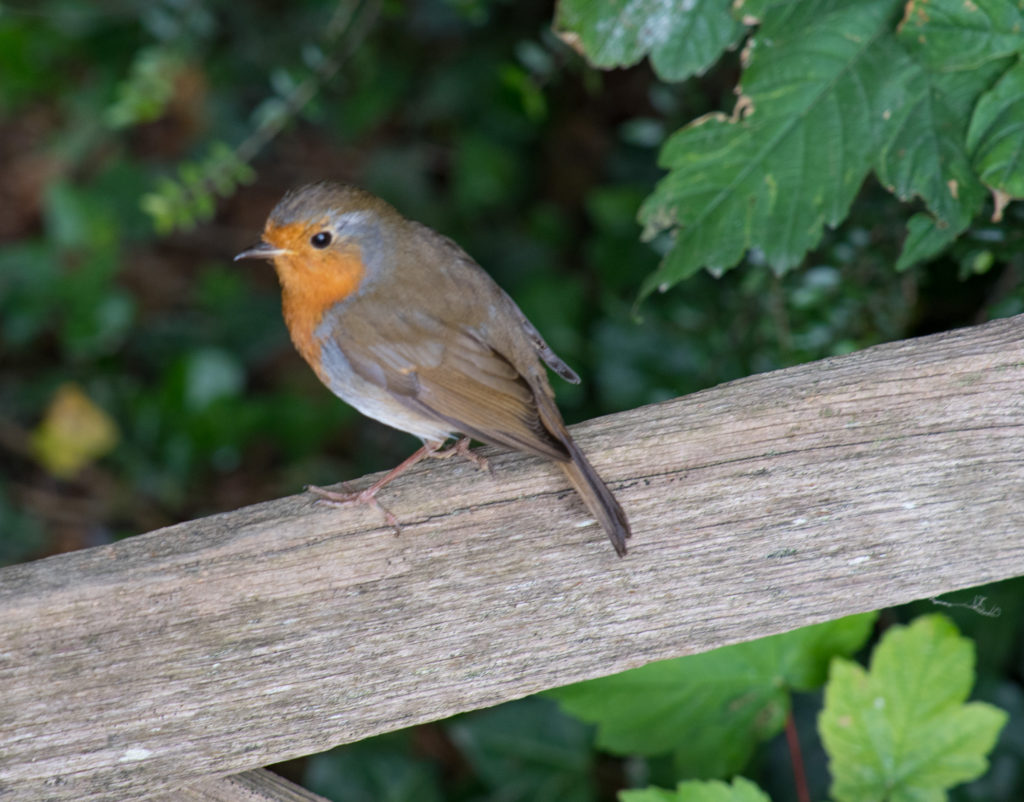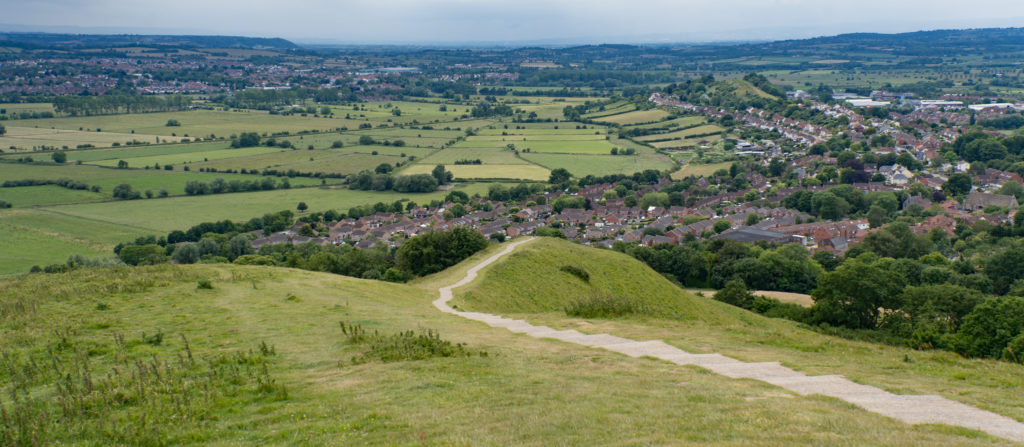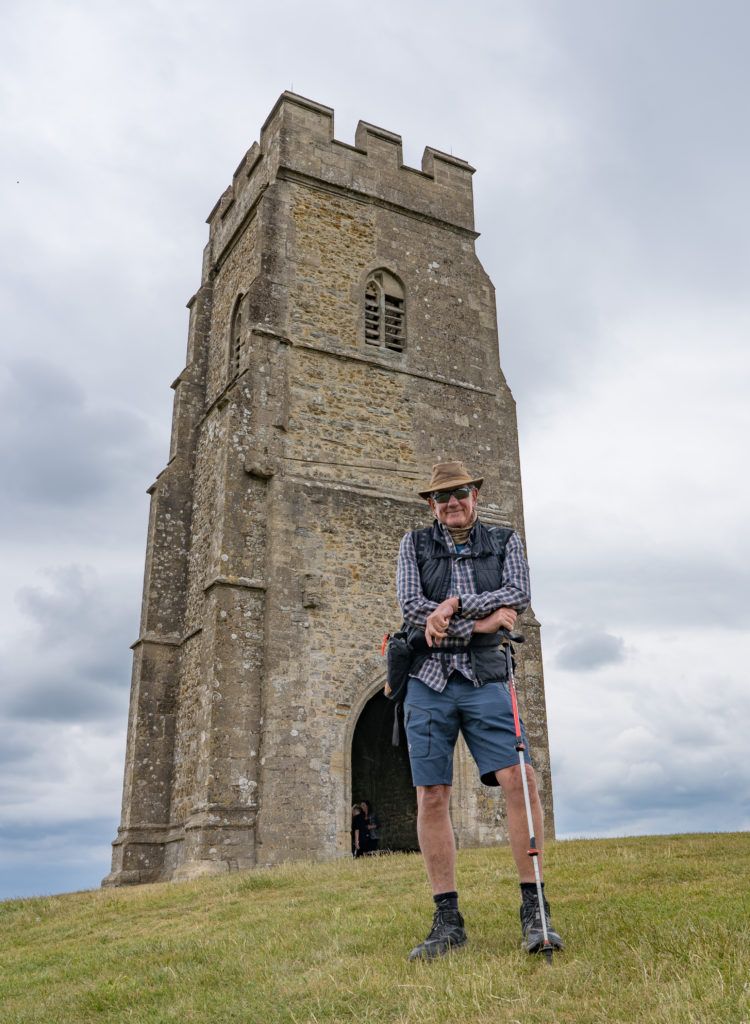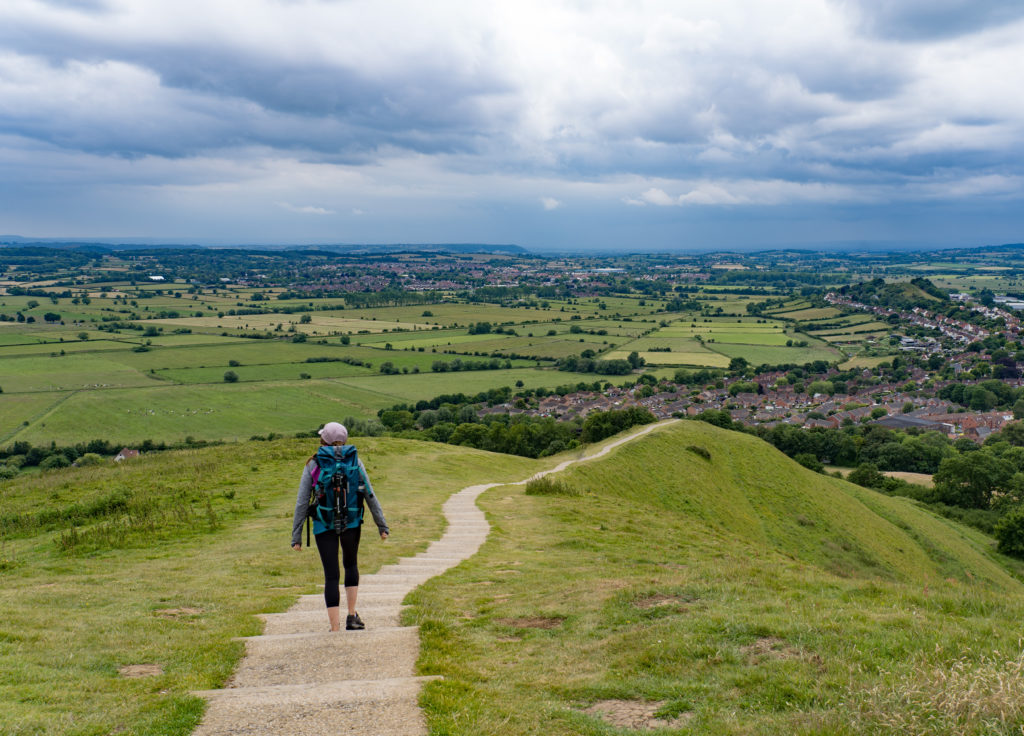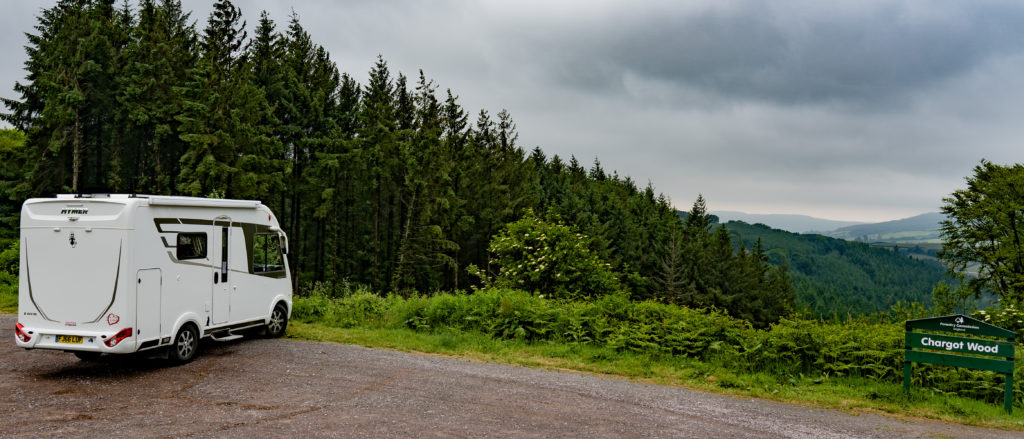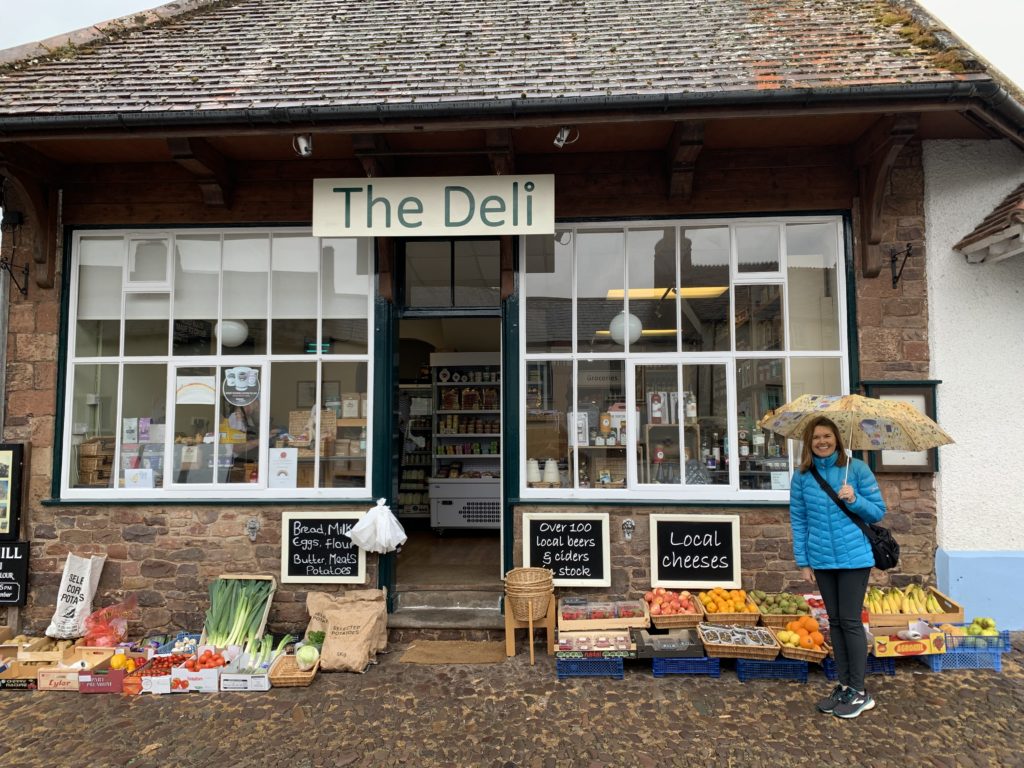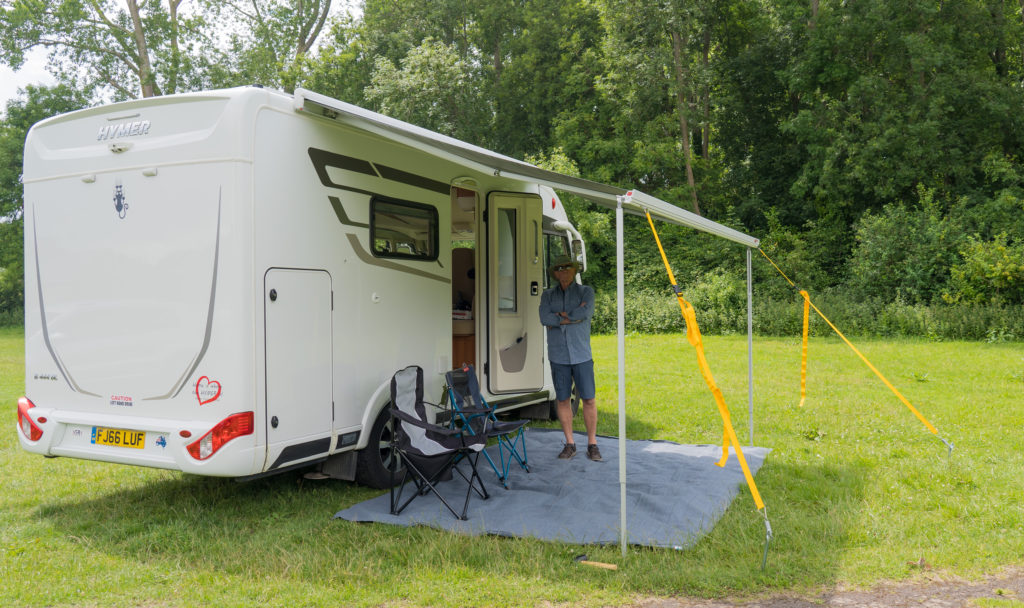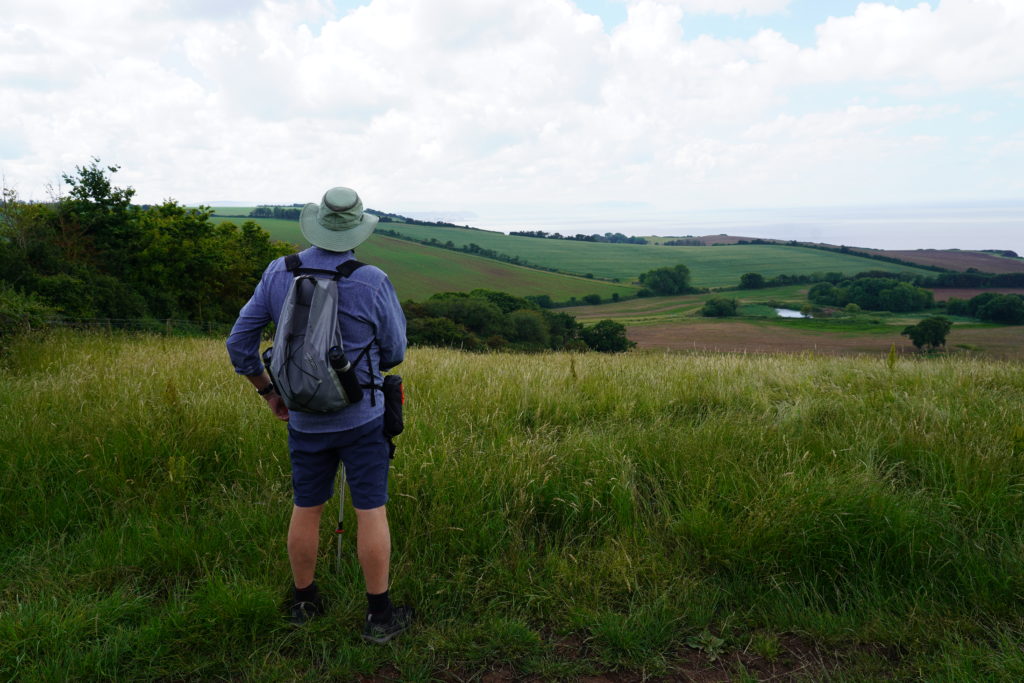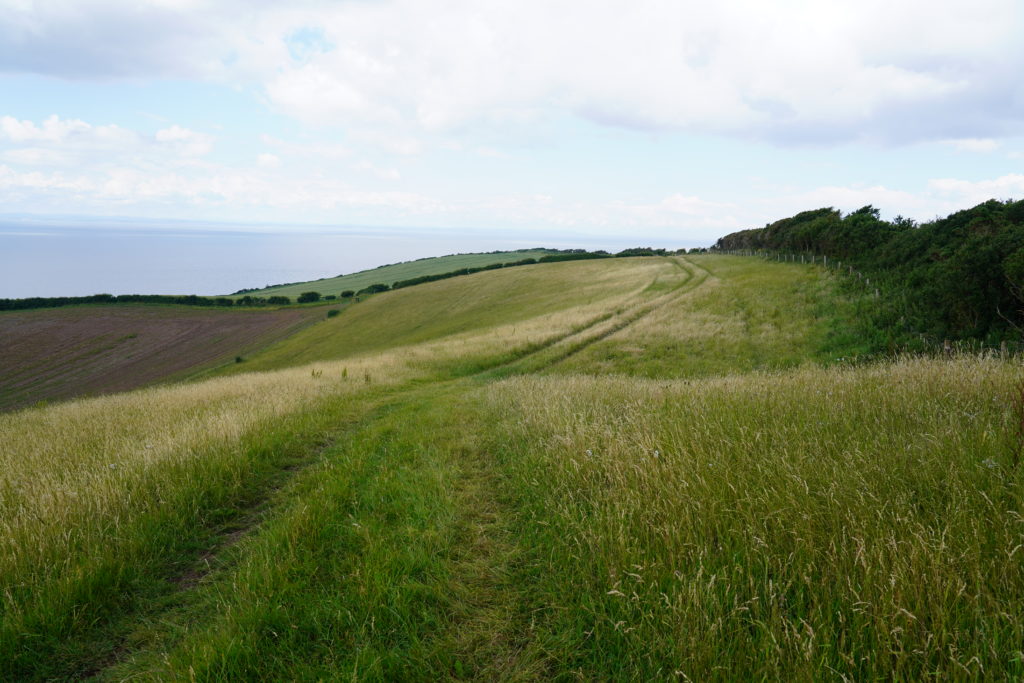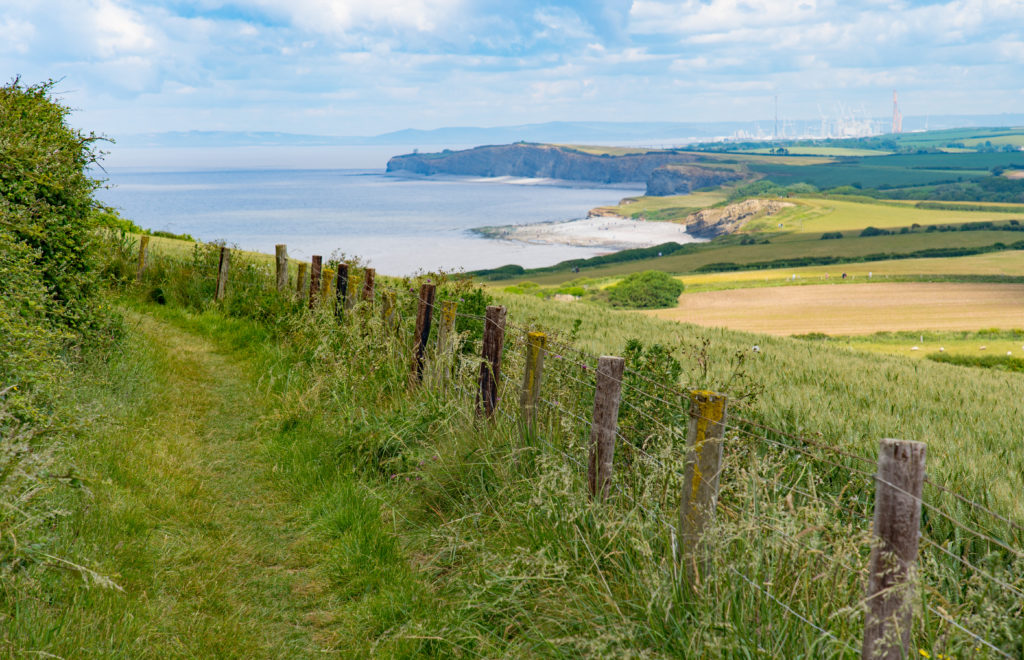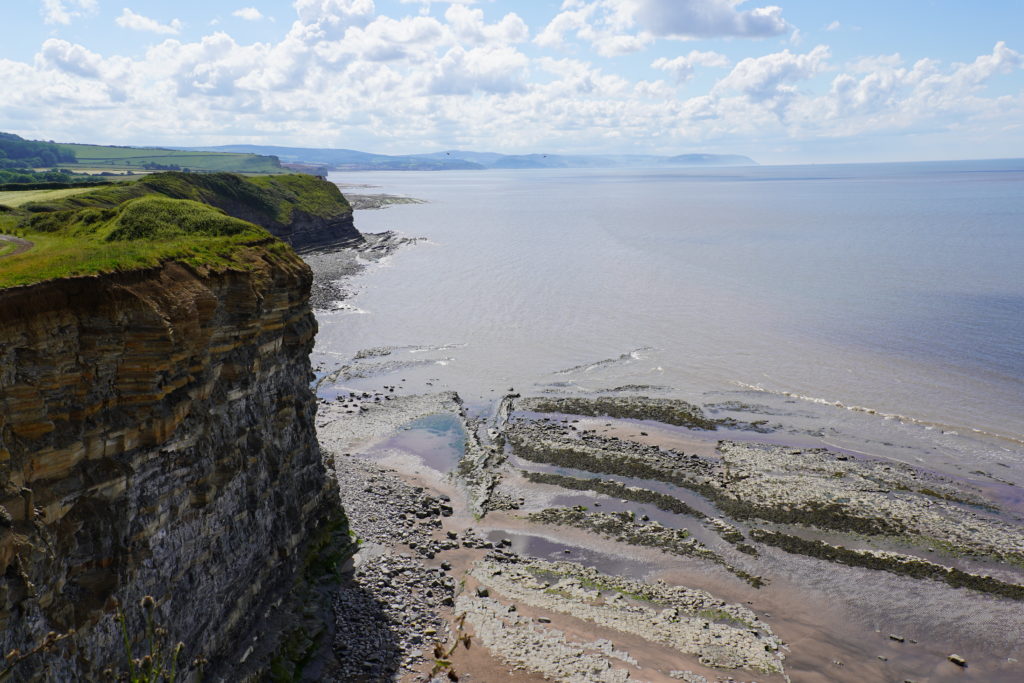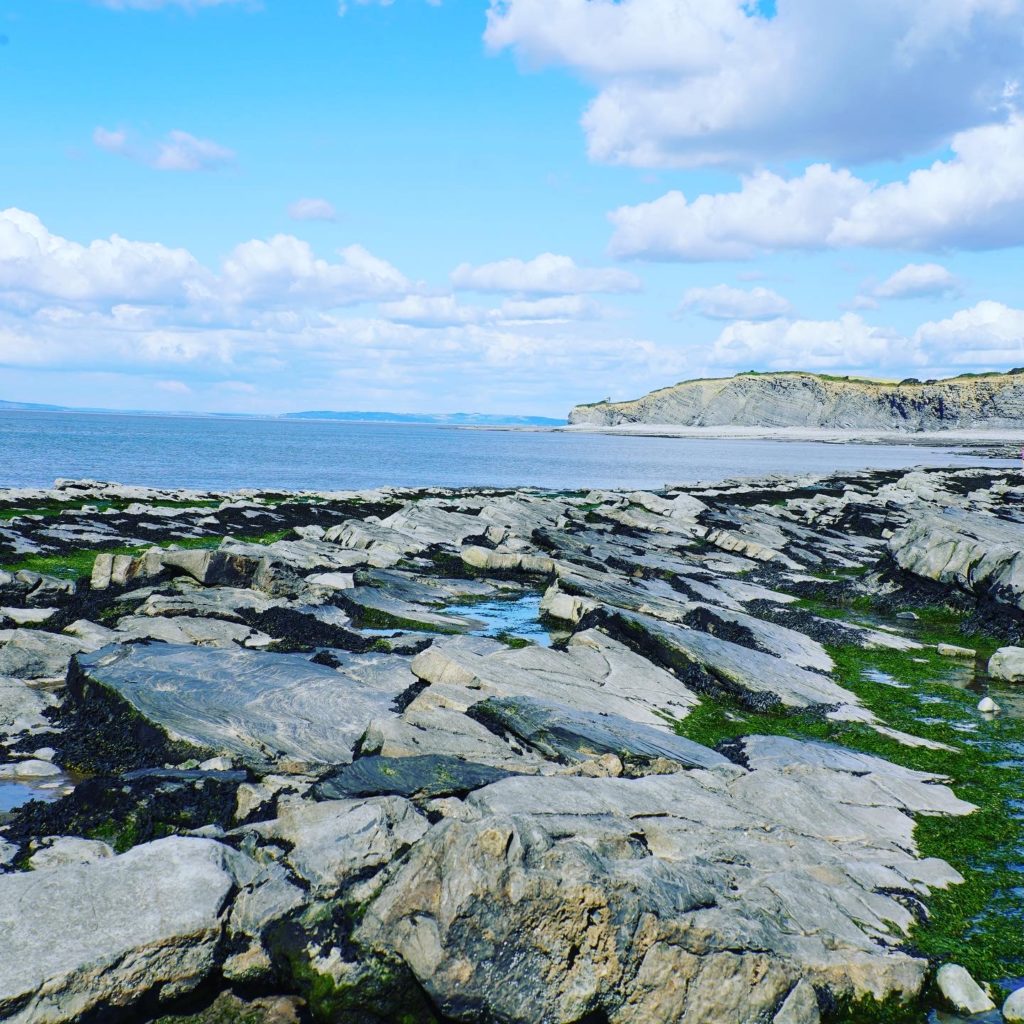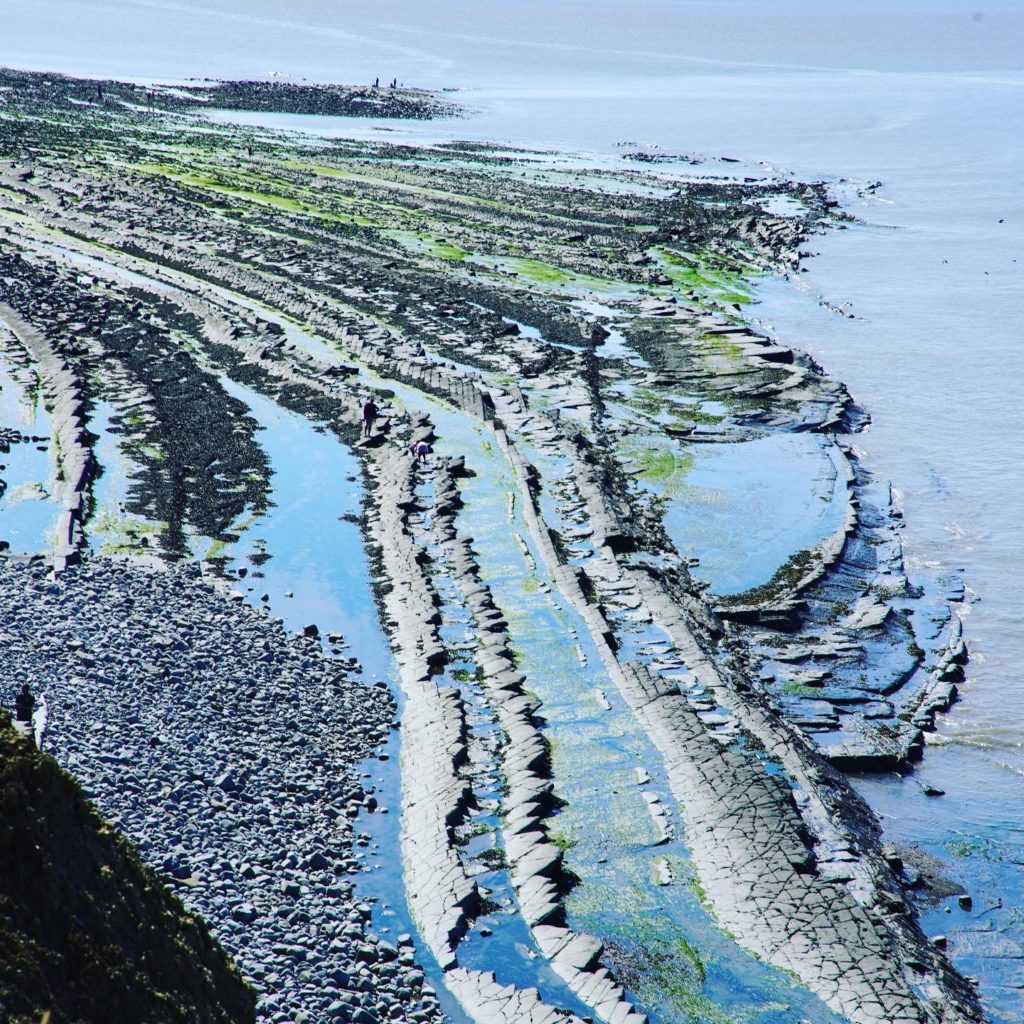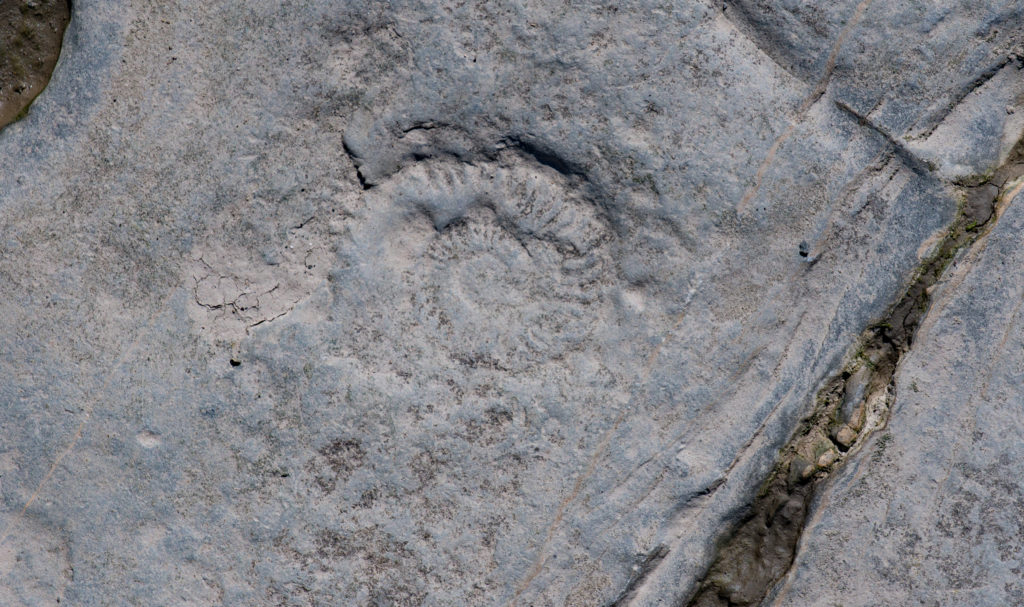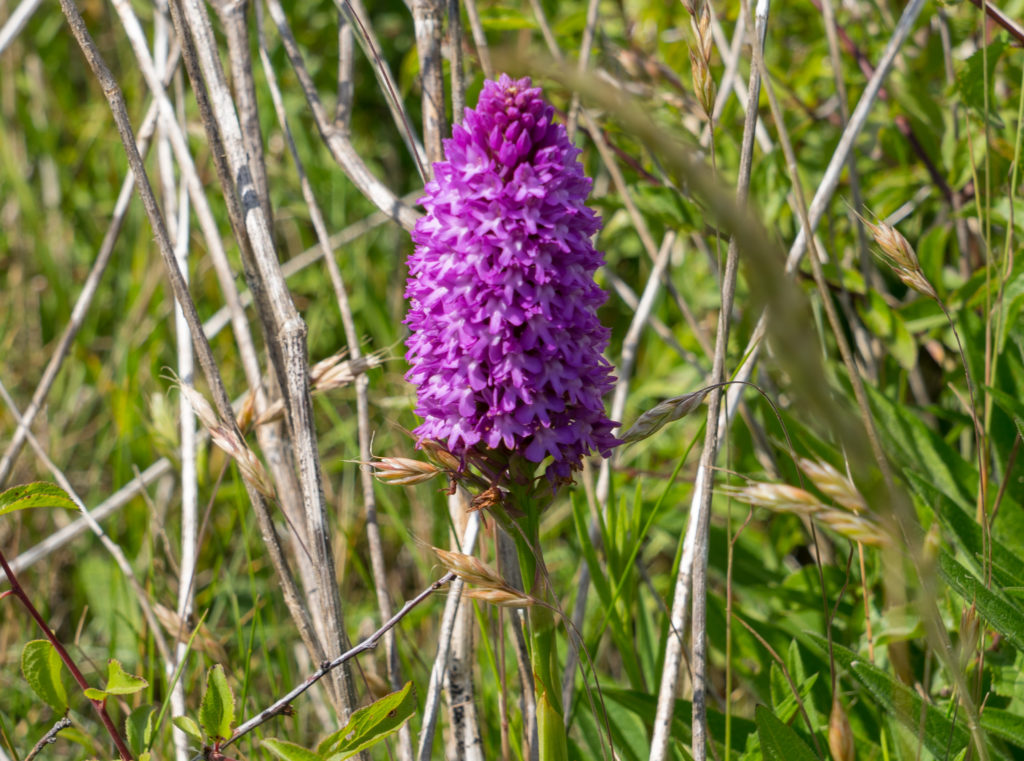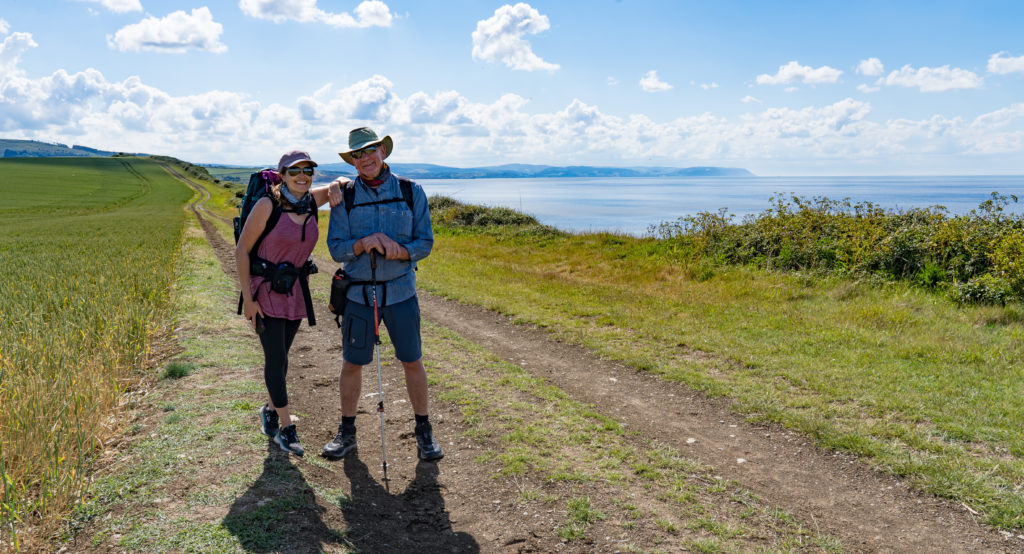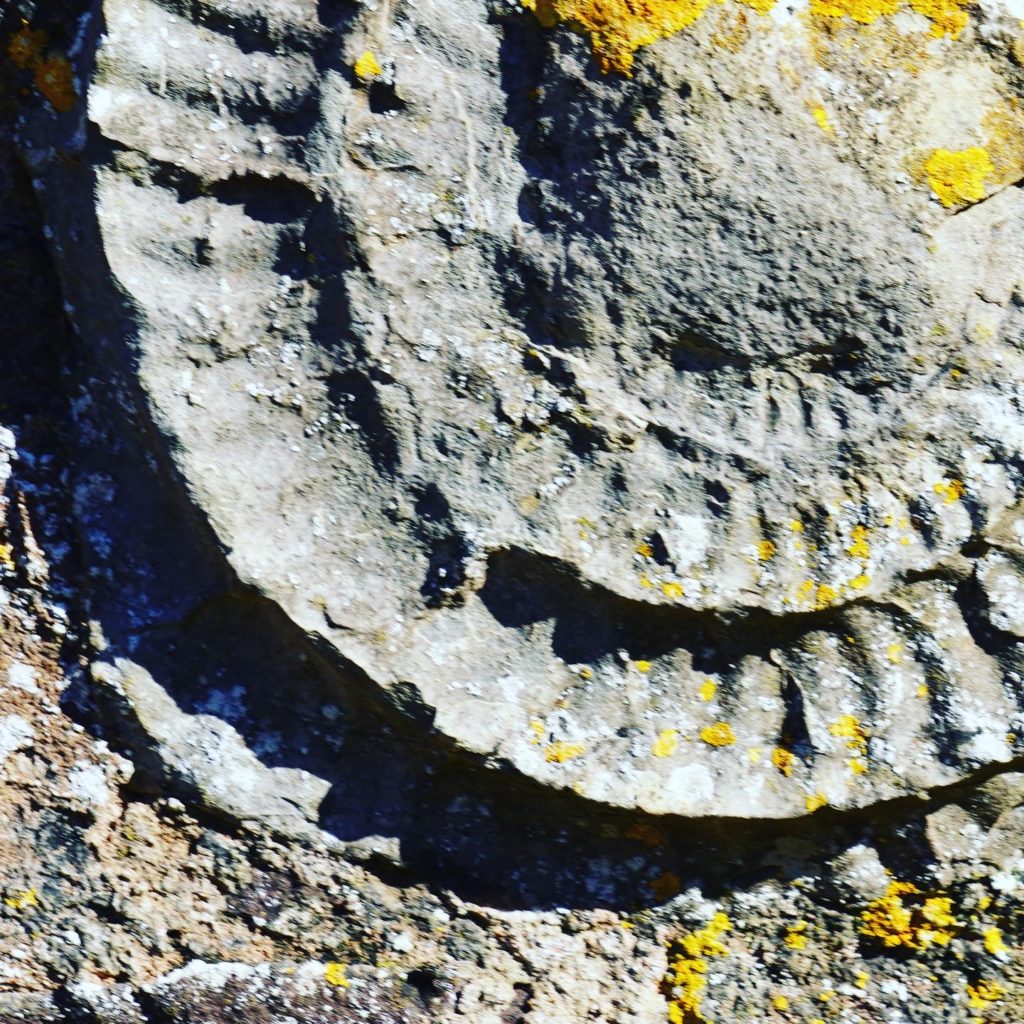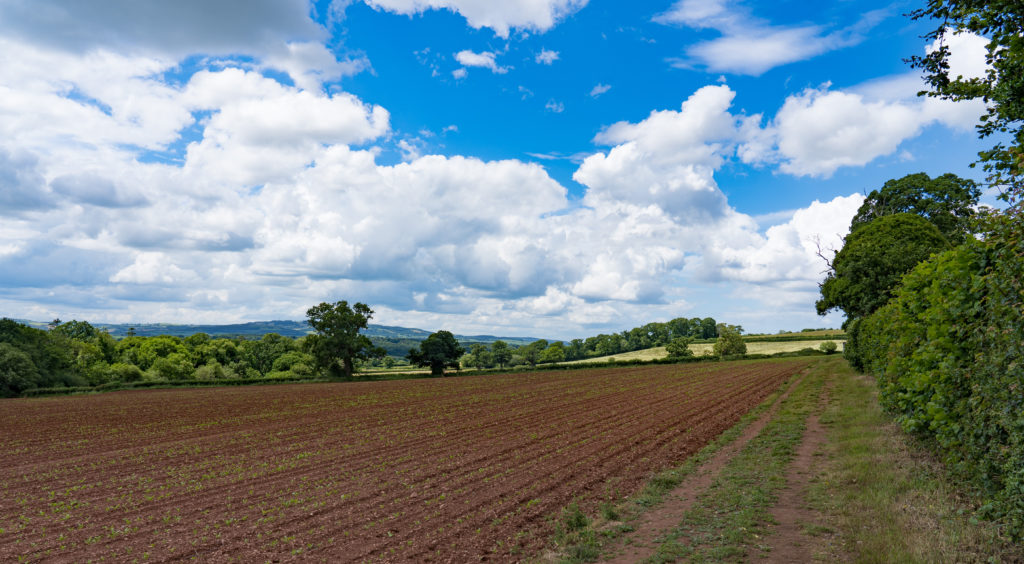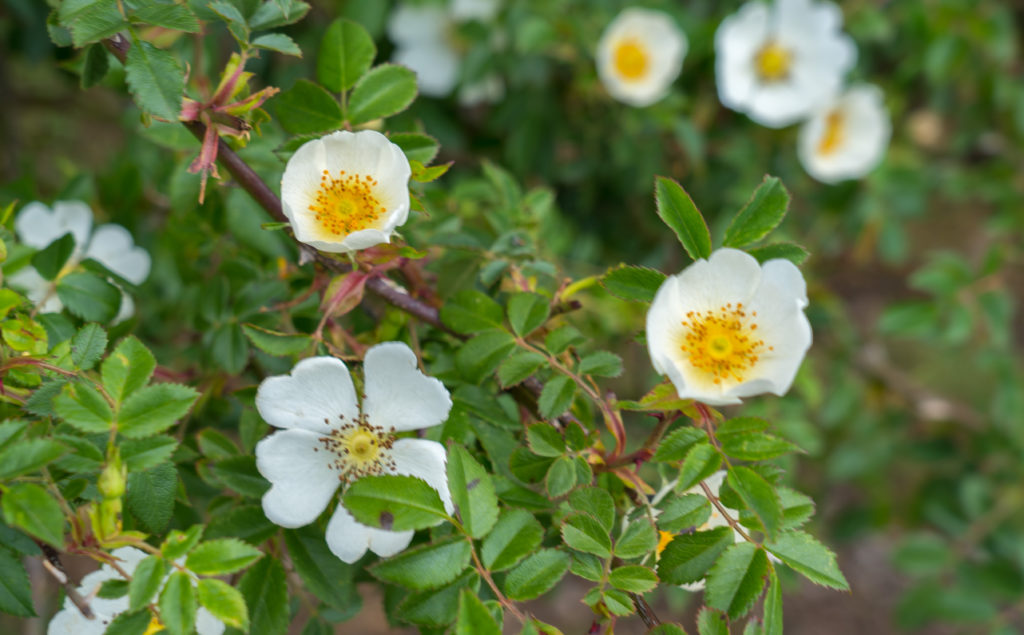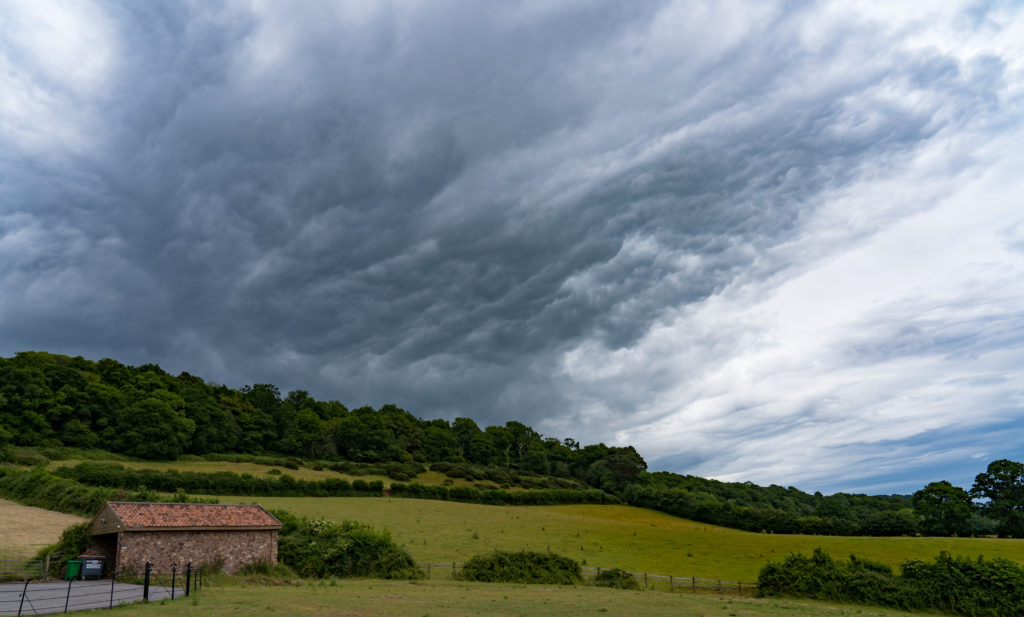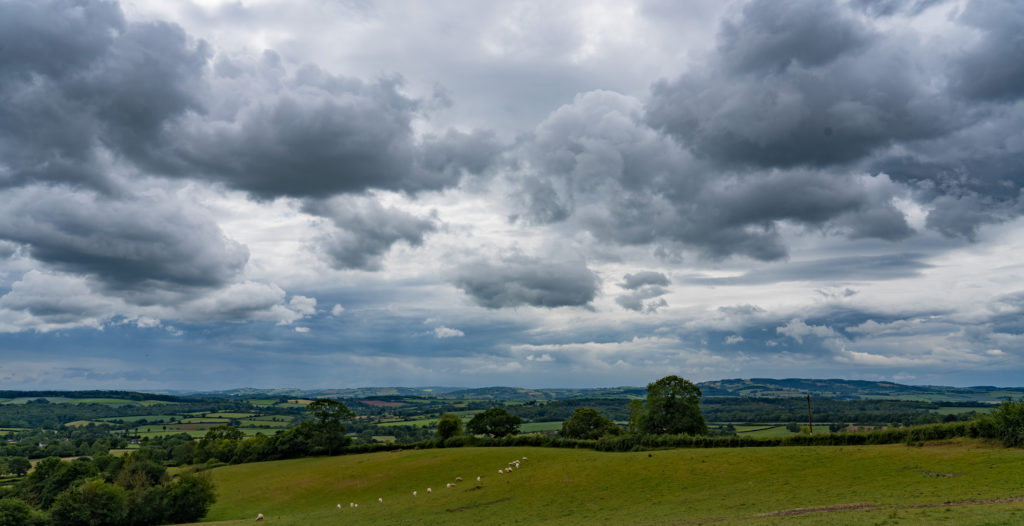Author: Mr A
Locations: Dartmoor, Devon and Pentewan, Cornwall UK
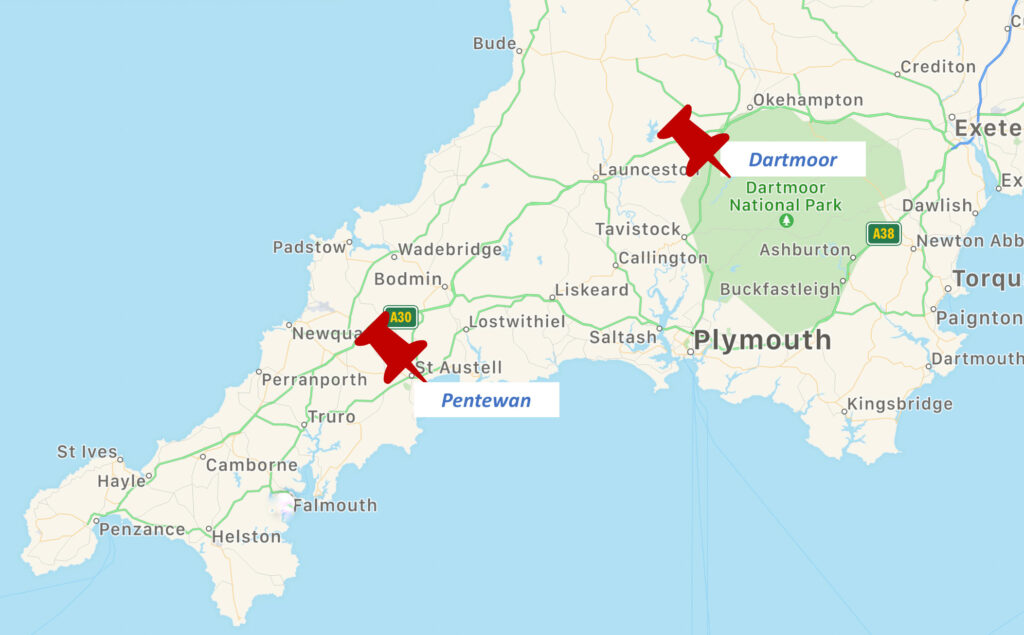
A couple of weeks ago we had “discovered” (i.e. a new to us) a gastro pub, The Dartmoor Inn, which was… you guessed it, right there on the moor‘s doorstep. We had lunch there last time, this visit we were splurging for dinner. With my birthday coming up on Wednesday, we had tried to book up some restaurants in the town we will be at then, but each one was either closed or booked out. Its ‘Staycation UK’ time still. So “Carpe Diem” I said, quoting a Roman poet with the somewhat ridiculous name of Horace. Let’s seize the day.
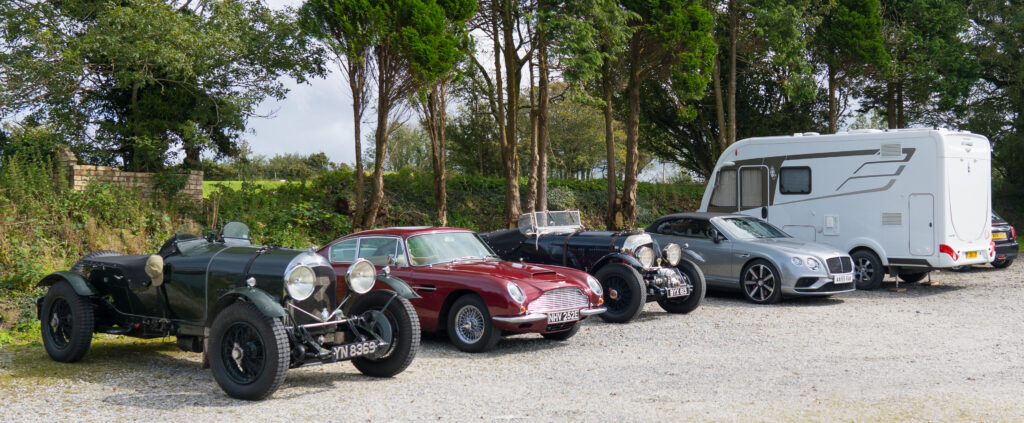
We arrived to find the car park full of vintage Bentleys, and a modern Aston presiding over them. Truffy looked positively clunky, but we didn’t care. None of those cars would be providing a home for the night like ours does. We had sought permission from the Inn to stay overnight in the car park, a very small stagger in mind to bed. But before dinner we had too earn our supper, and marched up one of the highest tors (read small hill) on Dartmoor called Great Links (Strava link).
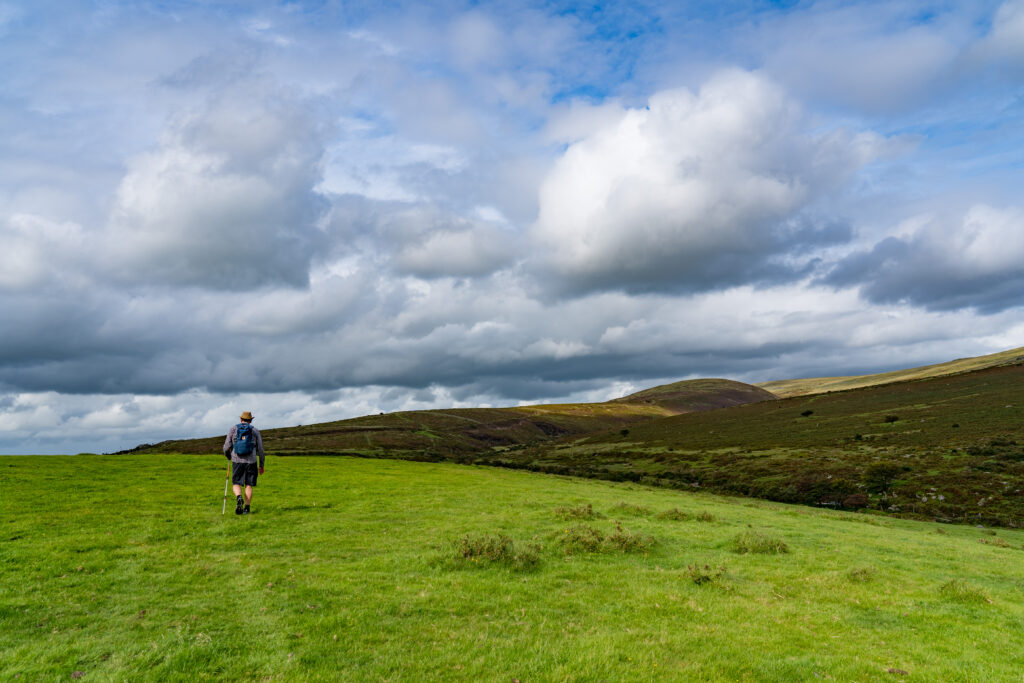
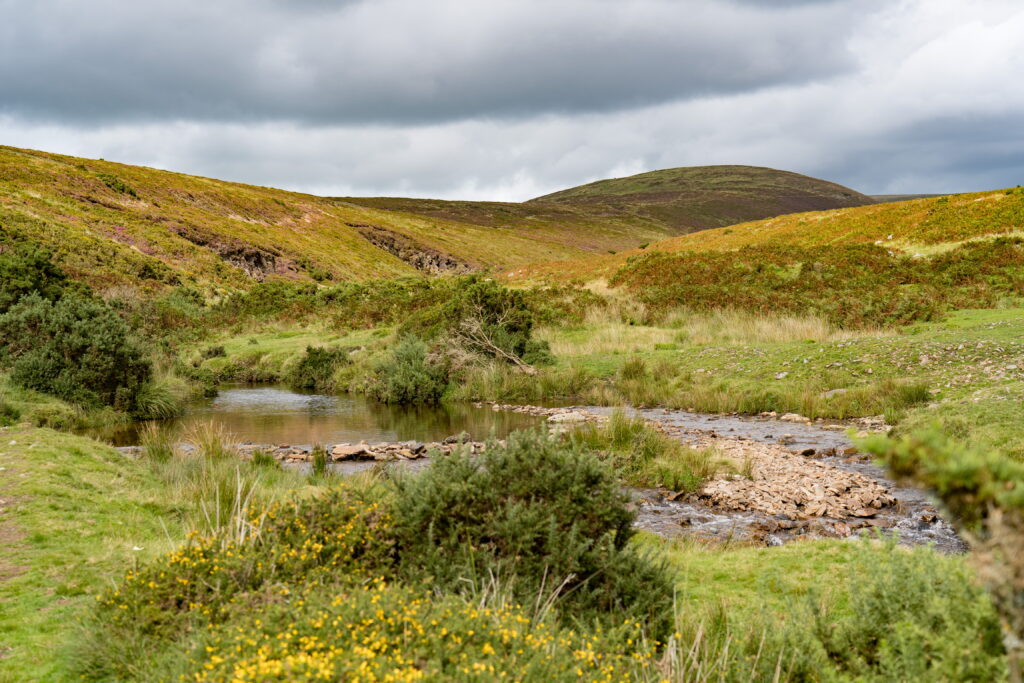
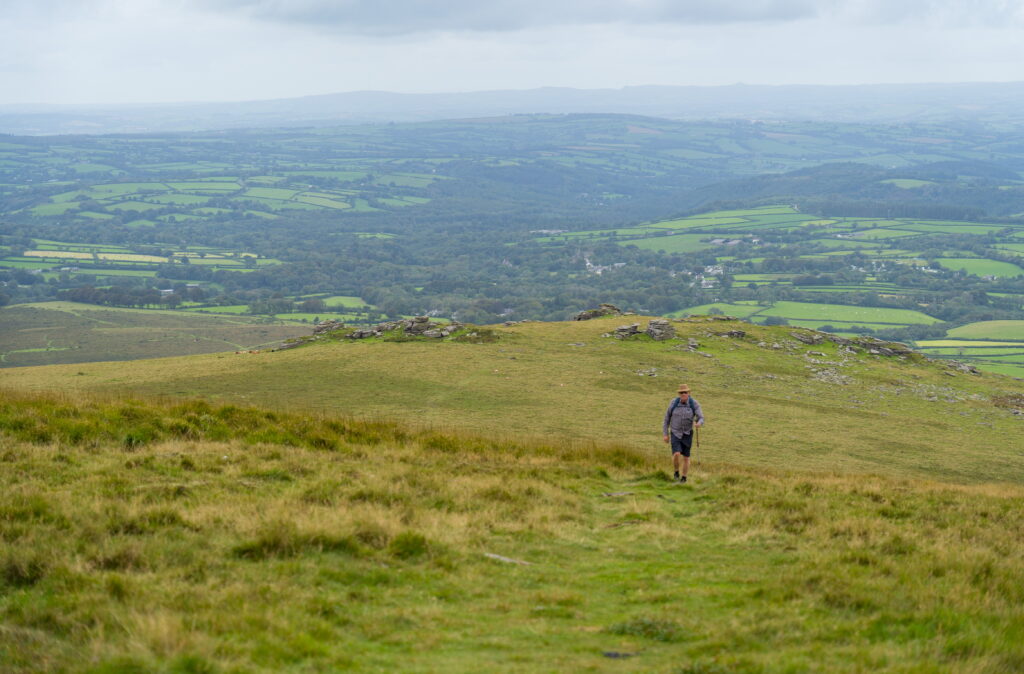
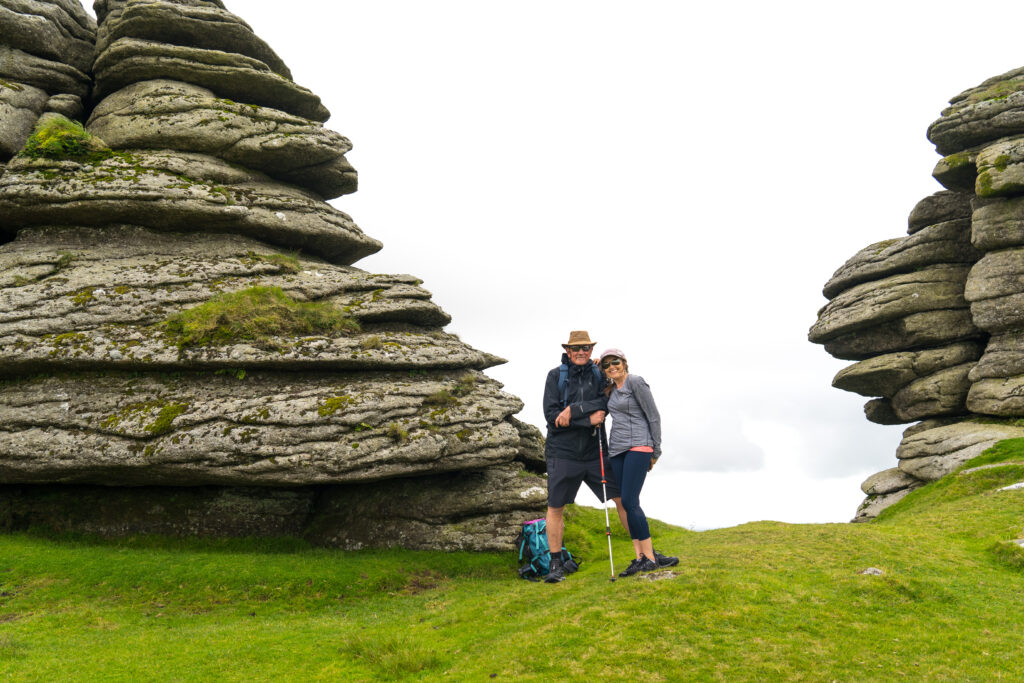
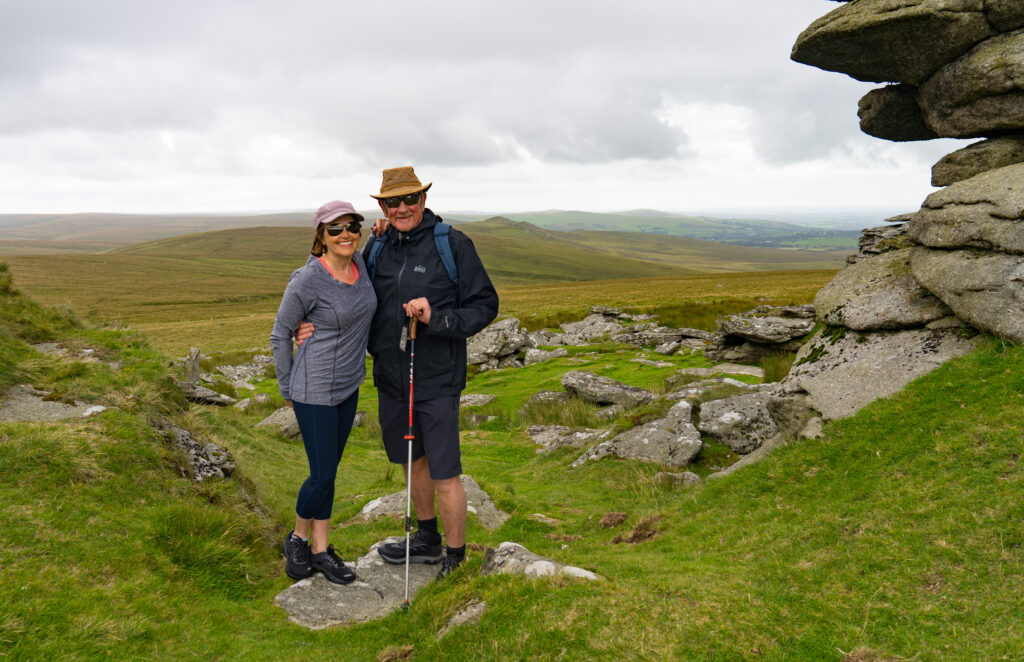
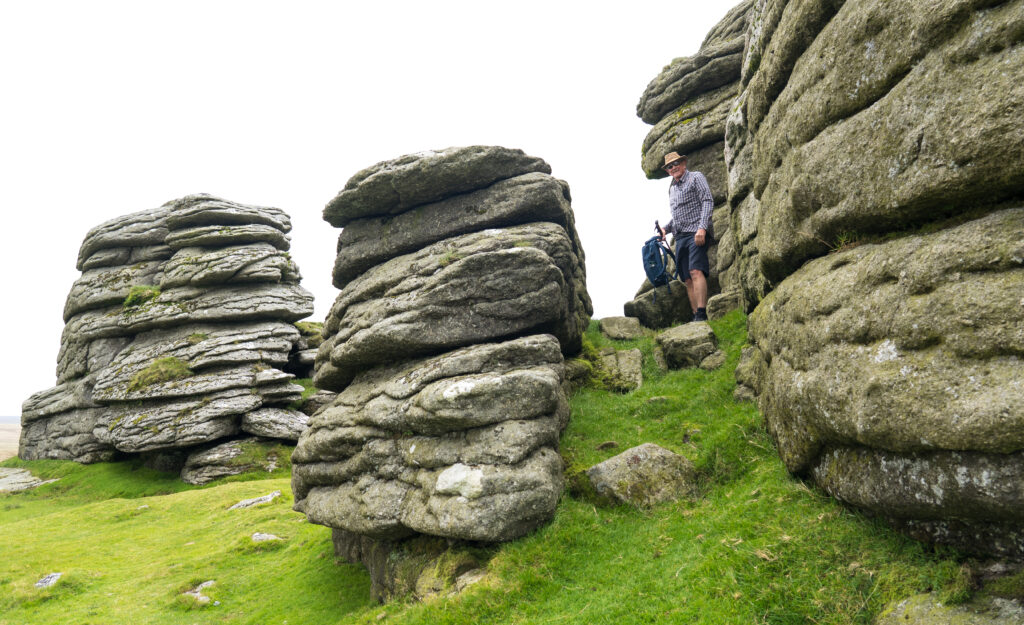
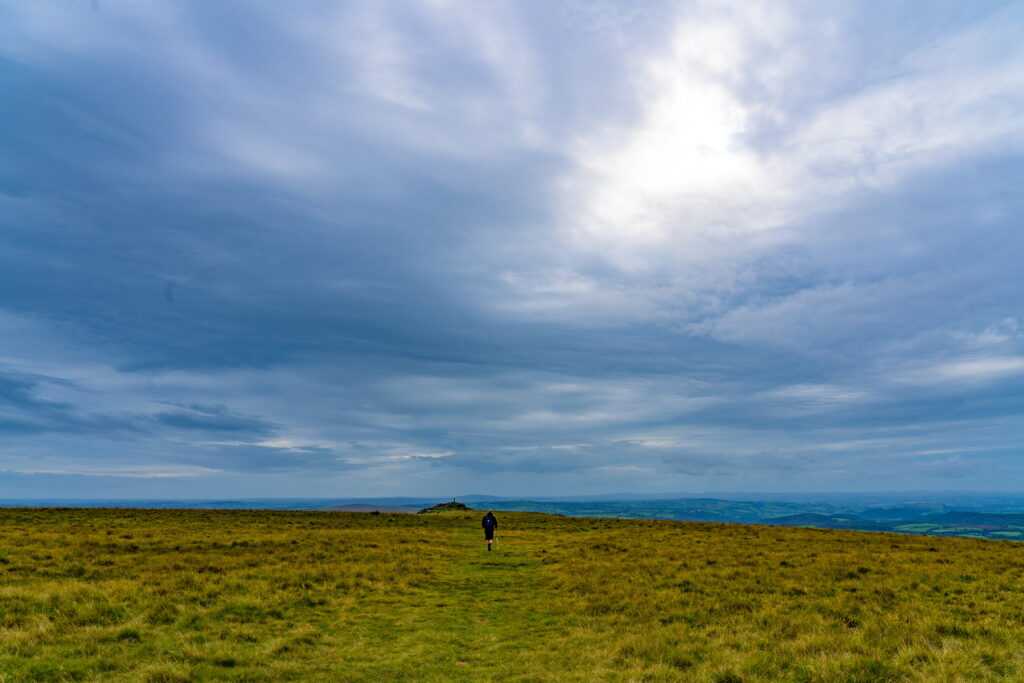
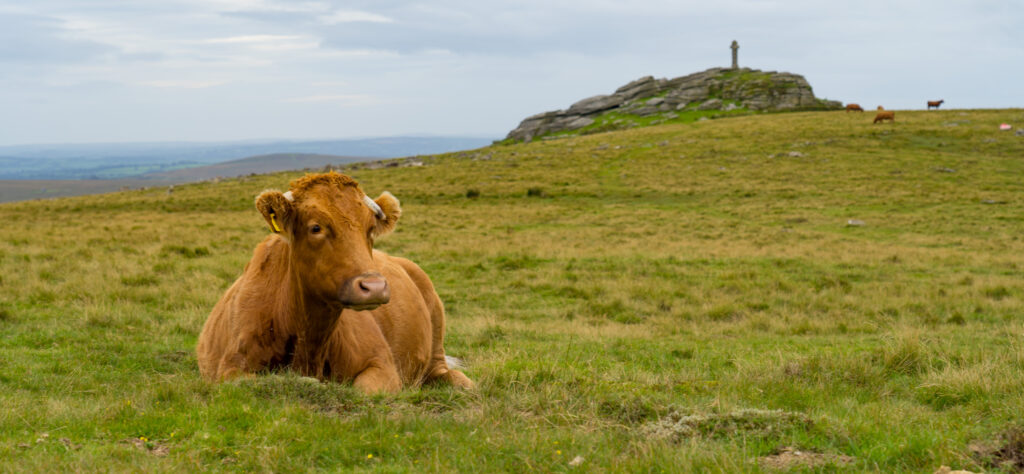
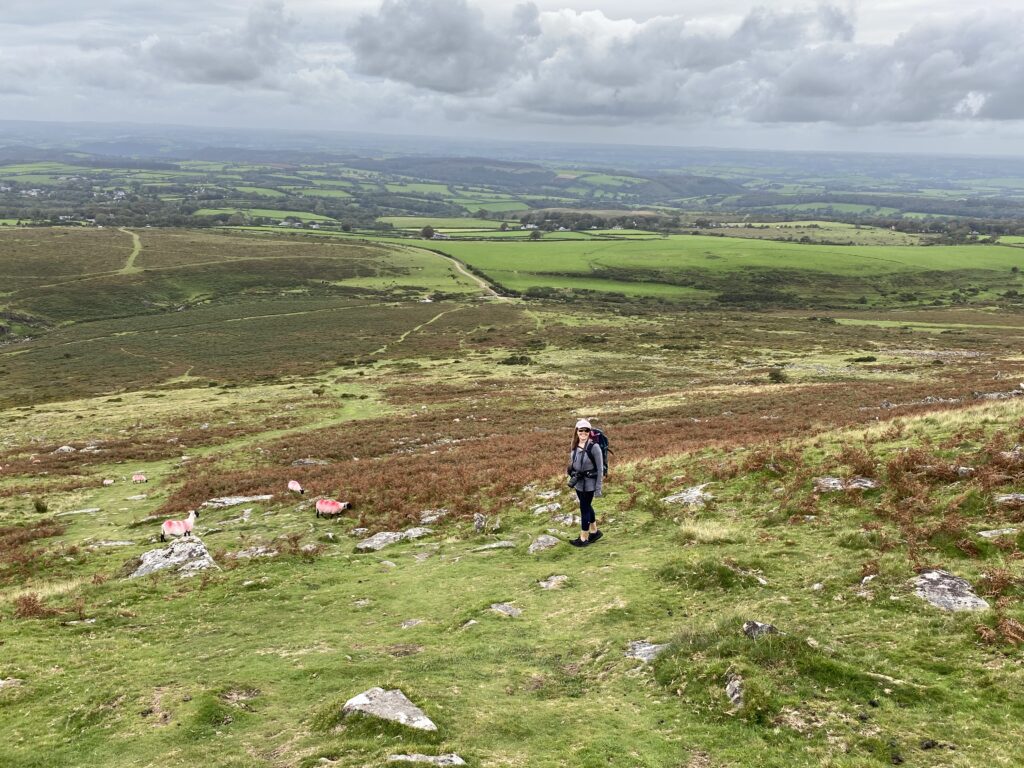
With thankfully not a golf course in sight, and at 582m above sea level, we were treated to a pretty special view. We have come to love this largest area of open space in the southern part of England. It has a Scottish Highland feel to it, and so easy to get away from the other ’walkers’ who barely stray from the car parks. We came across one young lady on the trail as we walked our final kilometre back to Truffy. She was stood in the middle of the path with her phone on speaker while she shouted into it: “IT IS SO QUIET AND PEACEFUL UP HERE”. I groaned at the irony lost on this millennial .
Dinner was a sumptuous affair. Catherine had tender scallops, for me it was the wood pigeon. I tried to withhold the thought of it flying around, cooing in the treetops, unsuspecting of its coming fate. I picked a wine from Saint Emilion, one of our favourite terroirs in France. This was a classic of the area with a blend of Merlot, Cab Franc and Cab Sav. Simply delicious with my main of slow roasted shoulder of beef. Maybe a little powerful for Catherine’s fish dish but hey…I was claiming birthday voting rights.
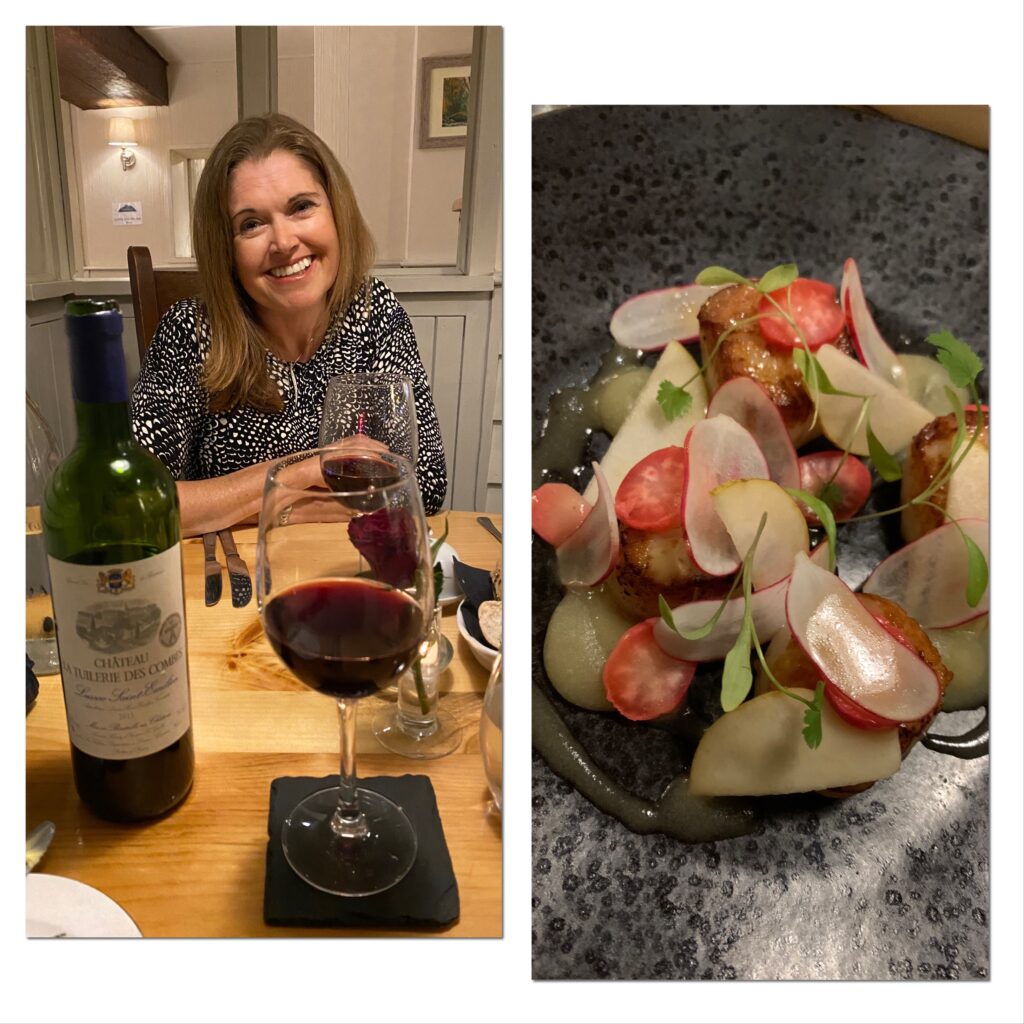
Saturday dawned for us a little groggily, a pre-dinner drink and a whole bottle of wine between us more than our usual quota these days! We decided to clear our heads and hike up to a church we had noticed up on a hill, anticipating another magnificent view, which indeed we were rewarded with.
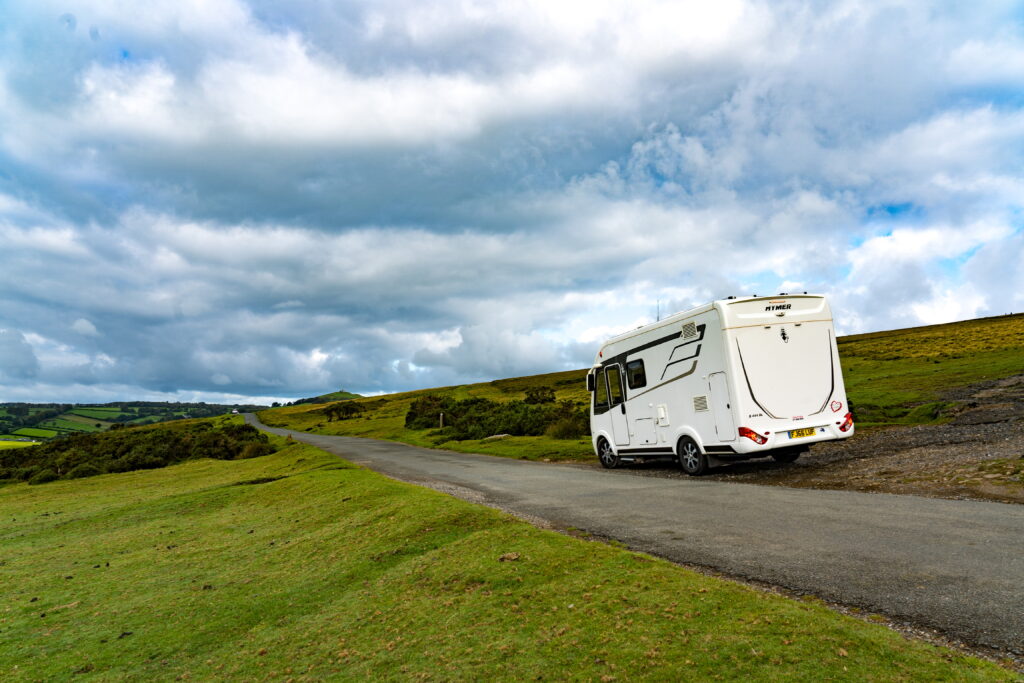
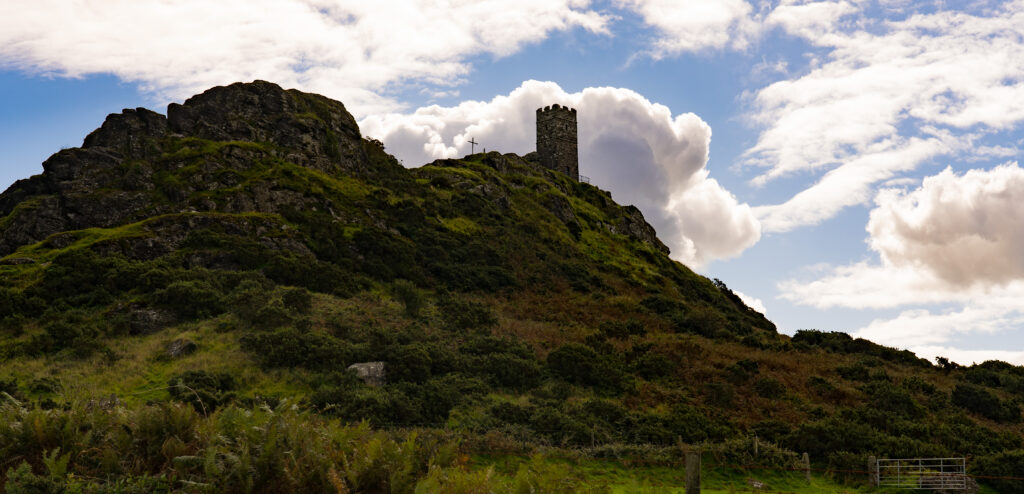
Brentor Church sits presiding over the rolling country, and is a favourite (very short) walk it would seem, so we moved on.
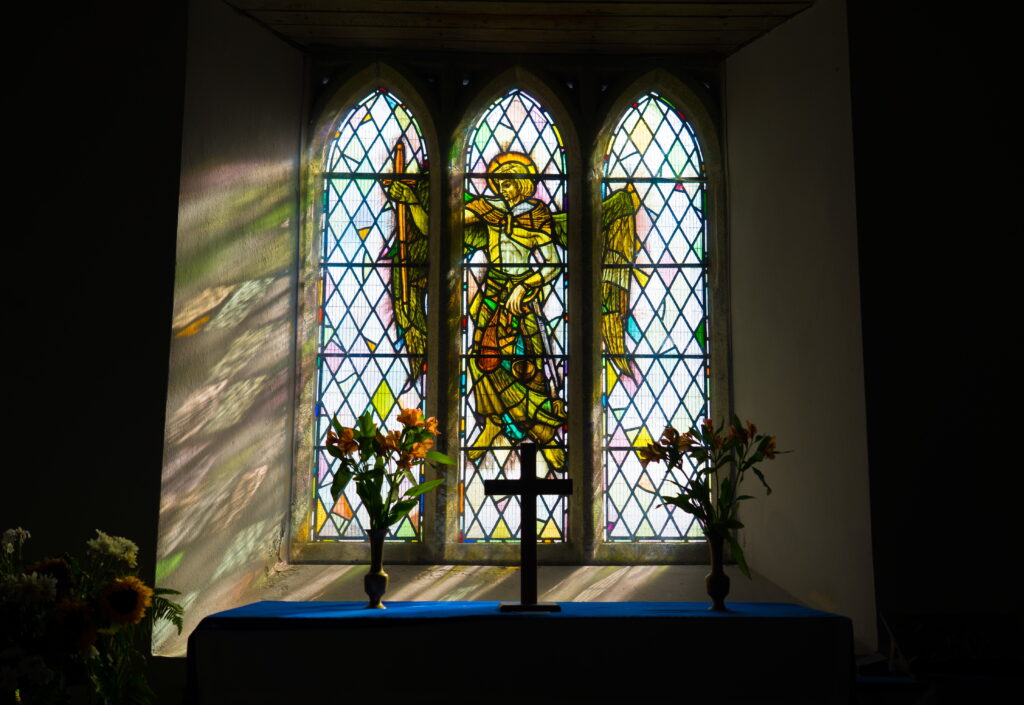
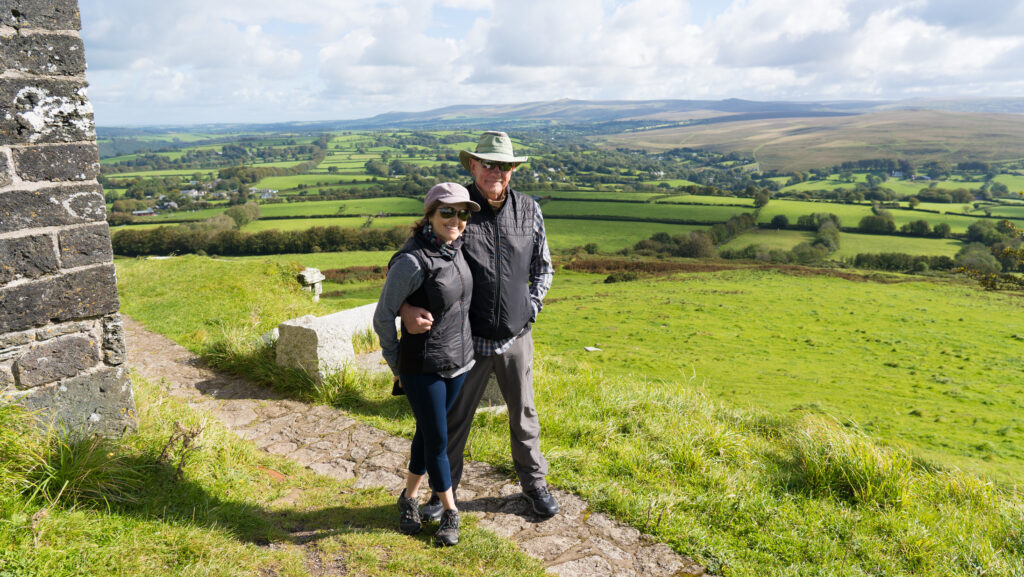
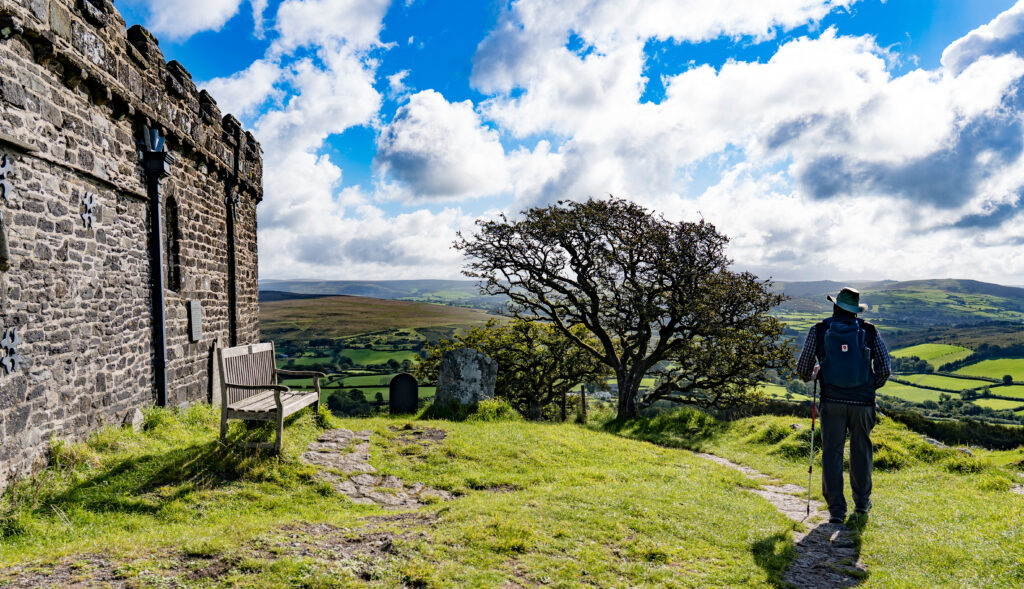
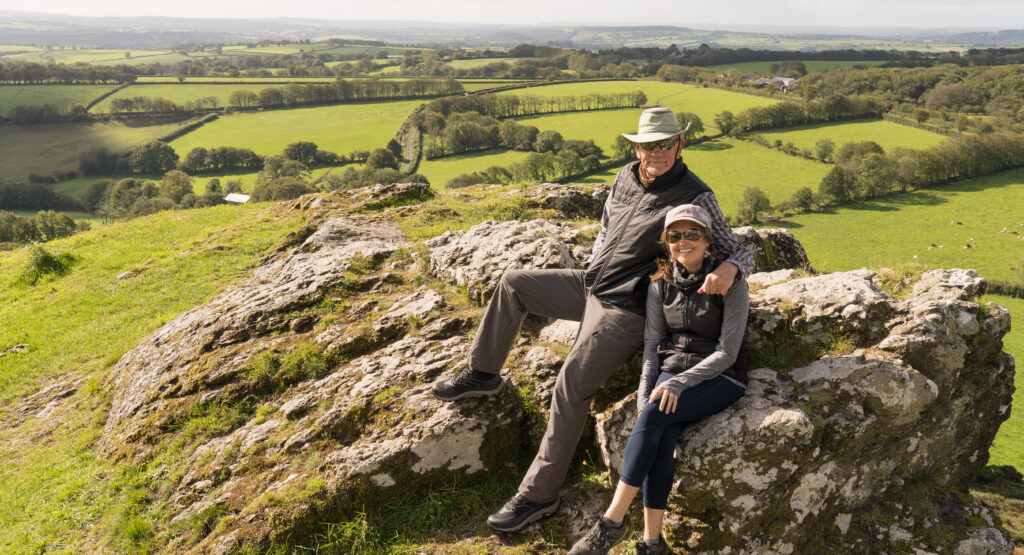
So next it was off to our home for the new two nights down in the south-east corner of Cornwall in a small coastal settlement called Pentewan.
This was not our usual type of campground, it was a massive holiday park. Feeling a little underwhelmed we donned our walking boots and pottered down to the beach. Wow! Its so rewarding to have low expectations! What a gorgeous stretch of coast we had landed at.

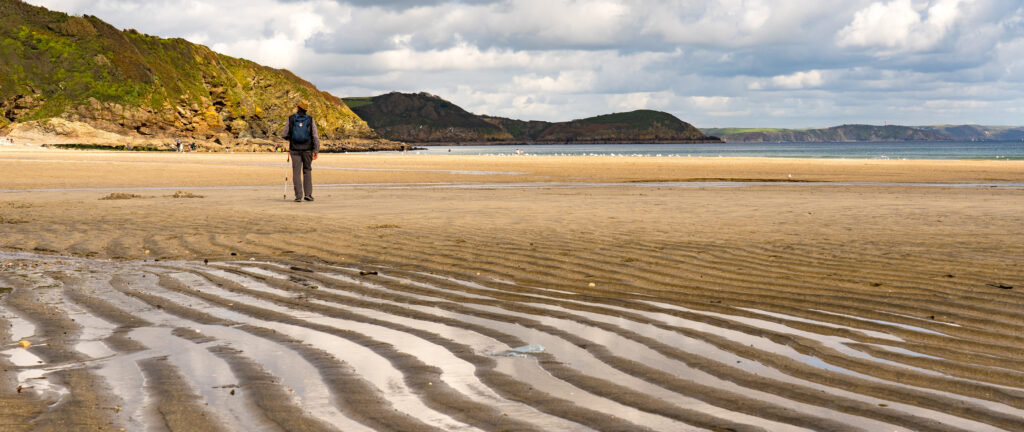
Off we trotted up the ever present South West Coast Path (well, if you’re in the south west of England between Poole in Dorset and Minehead in Somerset!). What a feast for the eyes, and the belly with all the plump blackberries we were scoffing on the way. Even the locals were friendly here, having a chat with one out gardening. A pleasant change from Rude in Bude.
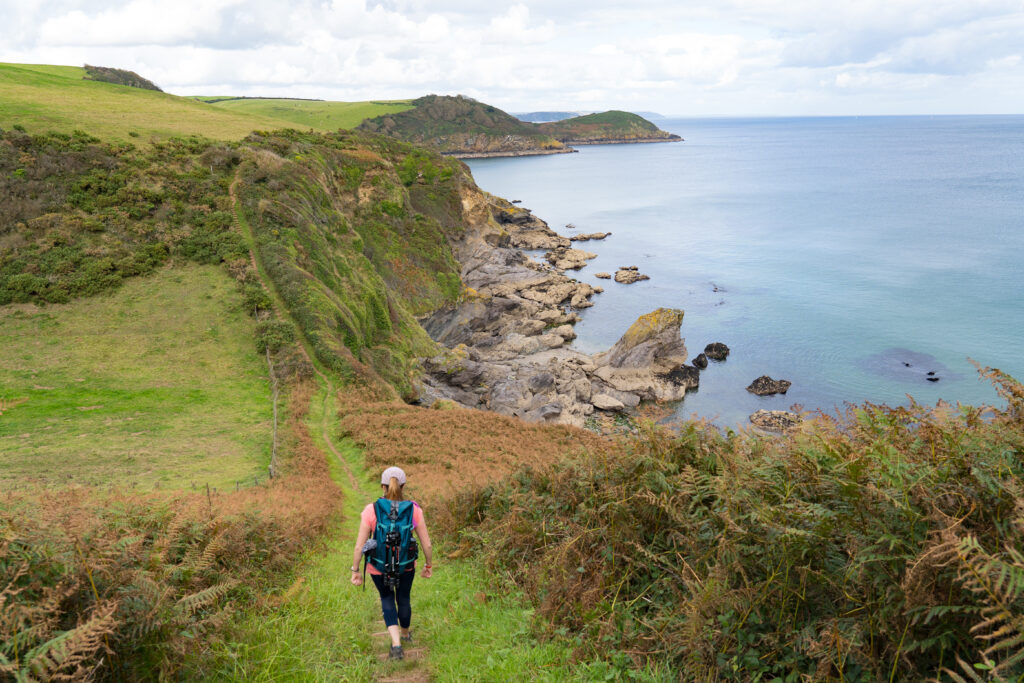
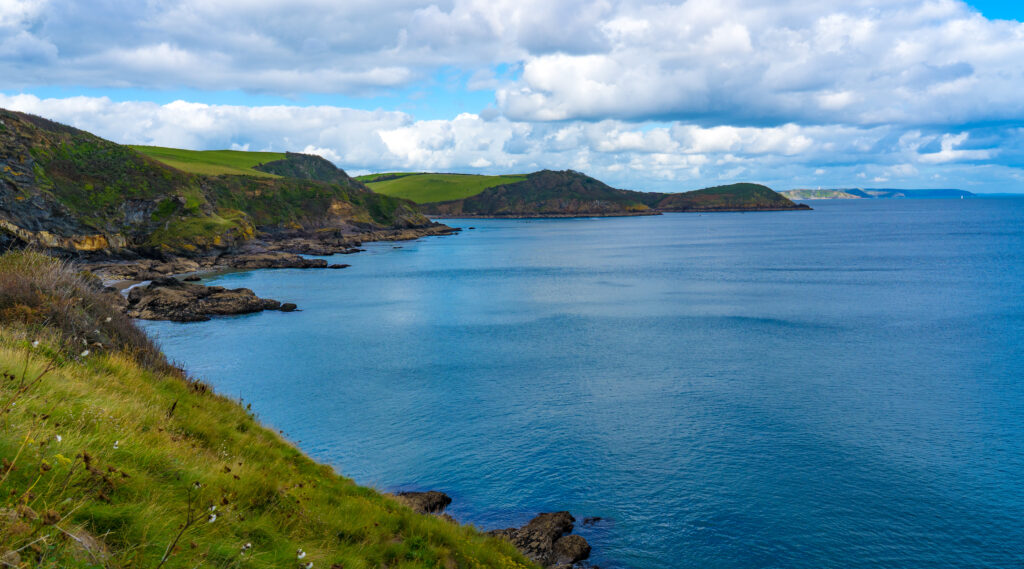
On the way back we had a poke around the old harbour that once had been bustling with ships carting away the china clay mined locally. Now all silted up, it did provide a lovely backdrop to the pub perched on its edge. Oh that was a beer well earned on the steep paths (Strava link).
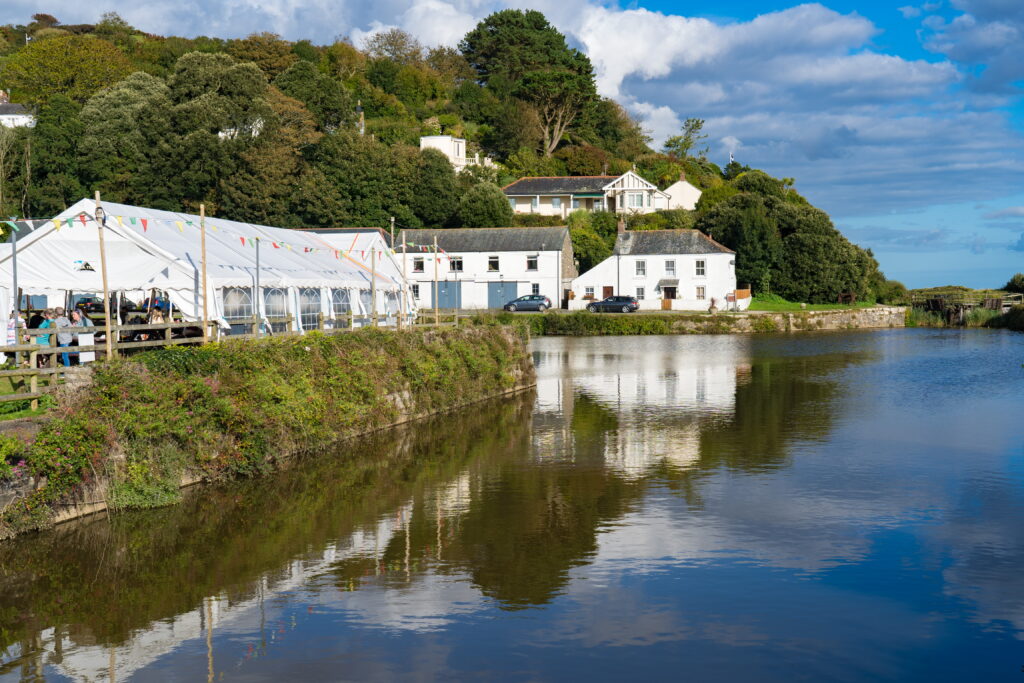
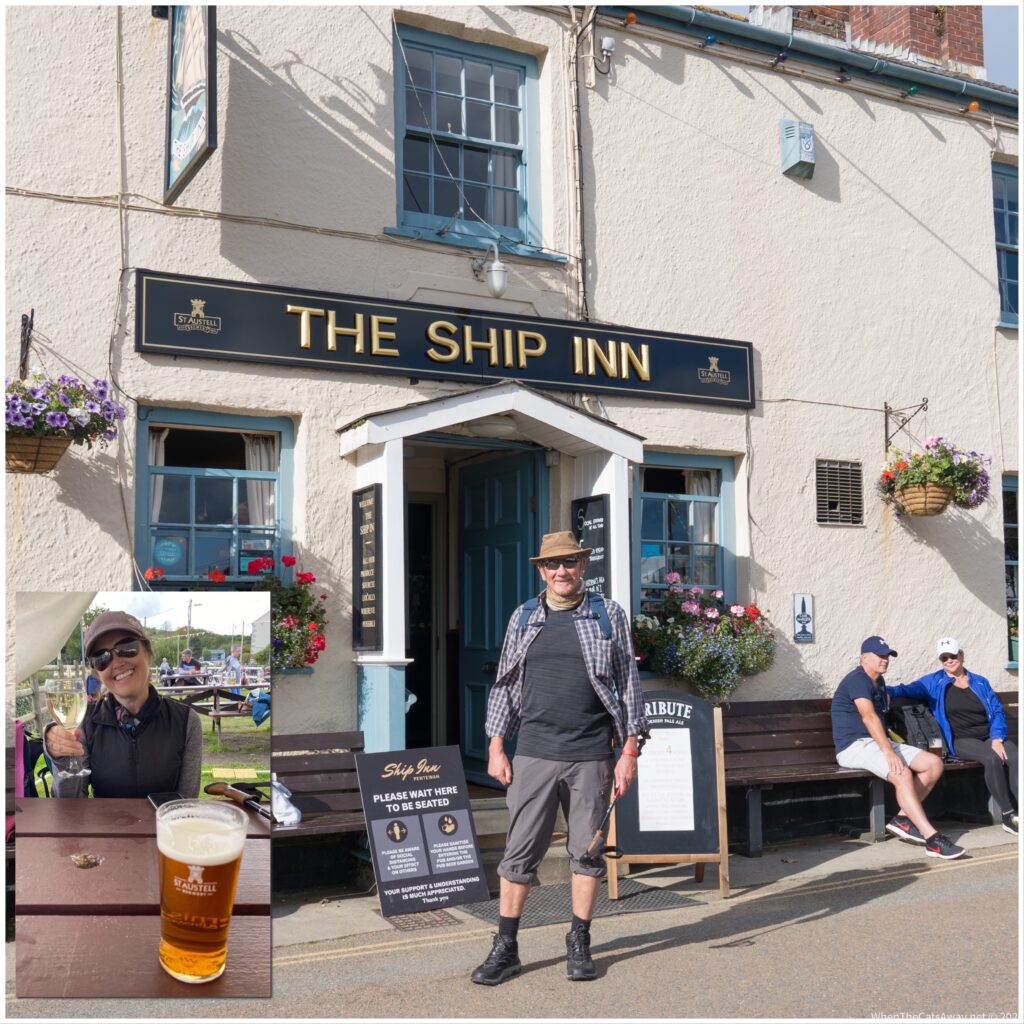
Sunday dawned with the rainy showers that have been ever present since the dry spring, but we donned our cycle gear and headed off anyway. We had noticed a rail trail (the Pentewan Valley Trail), our favourite traffic free riding option, and had an explore inland initially, then up and down some country lanes and just followed our noses. once again with no expectatations we were delighted to emerge in the small port of Charlestown (Strava link). Another wow moment. I just love old harbours like this, and these old ships, the stories they could tell. It seems the port and its ships has been a favourite movie set for classics like Poldark. Catherine, with her movie star looks, blended in perfectly.
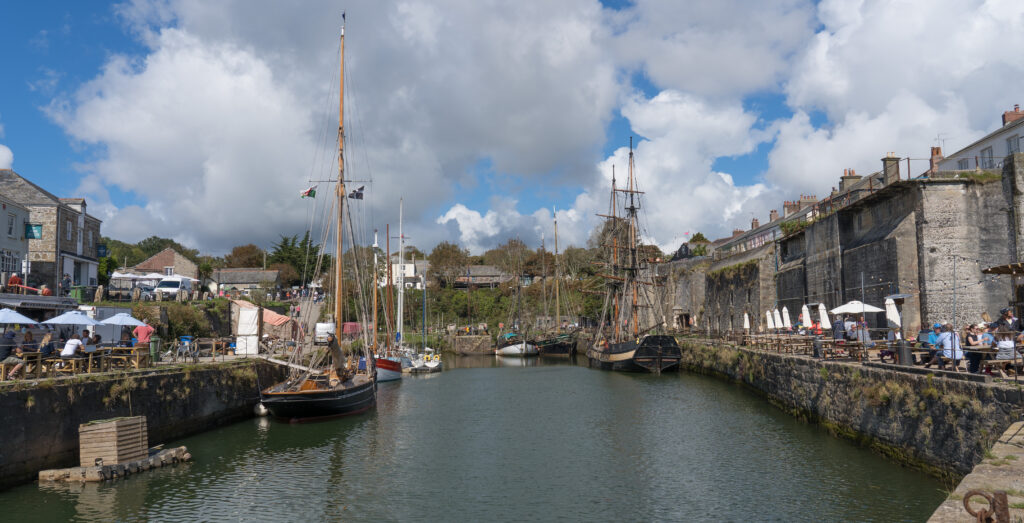
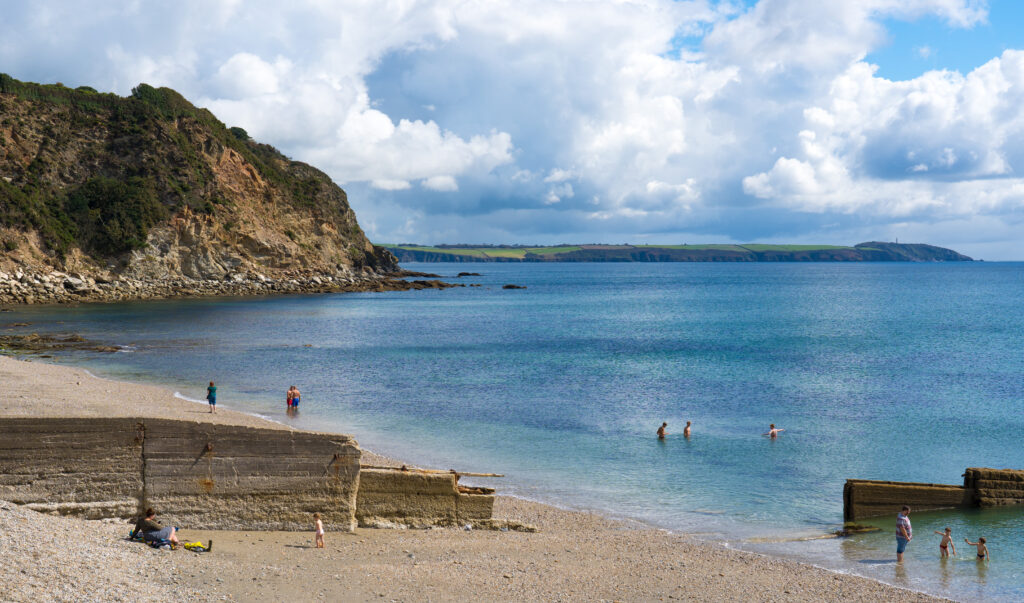
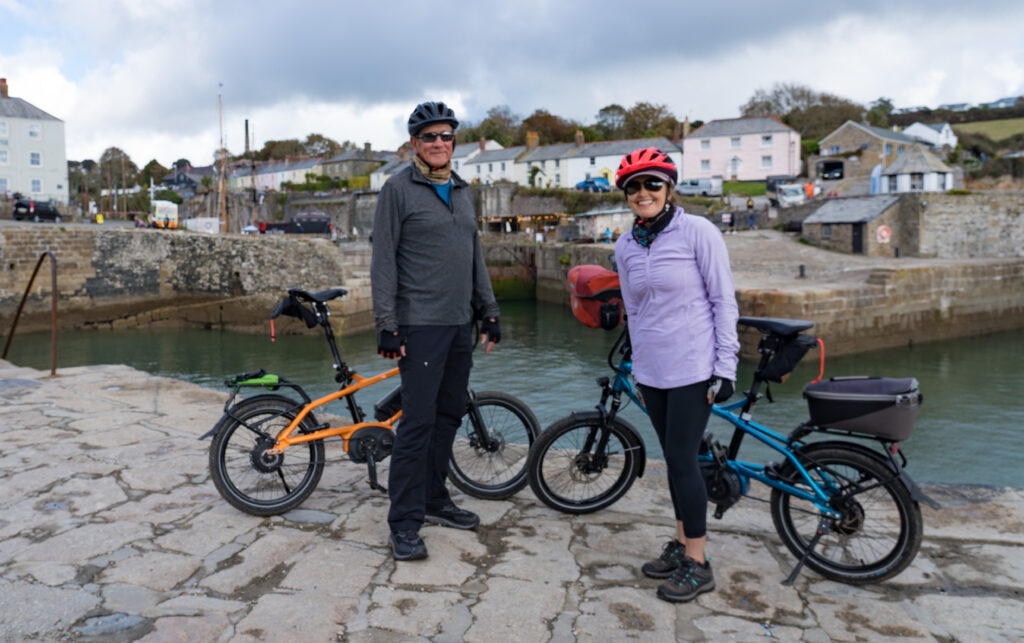
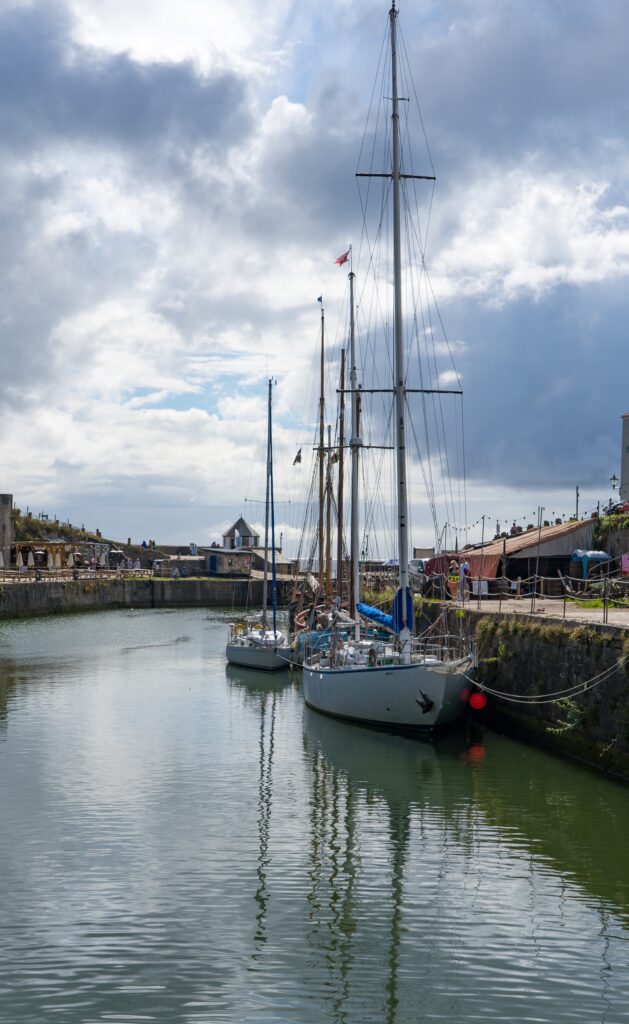
Returning to camp, the day was not done yet. After madly getting some washing done in our little on-board twin tub washing machine and hung out, it was once again on with the walking boots, and off up the coast path, this time in the opposite direction towards the small port of Mevagissey (Strava link).
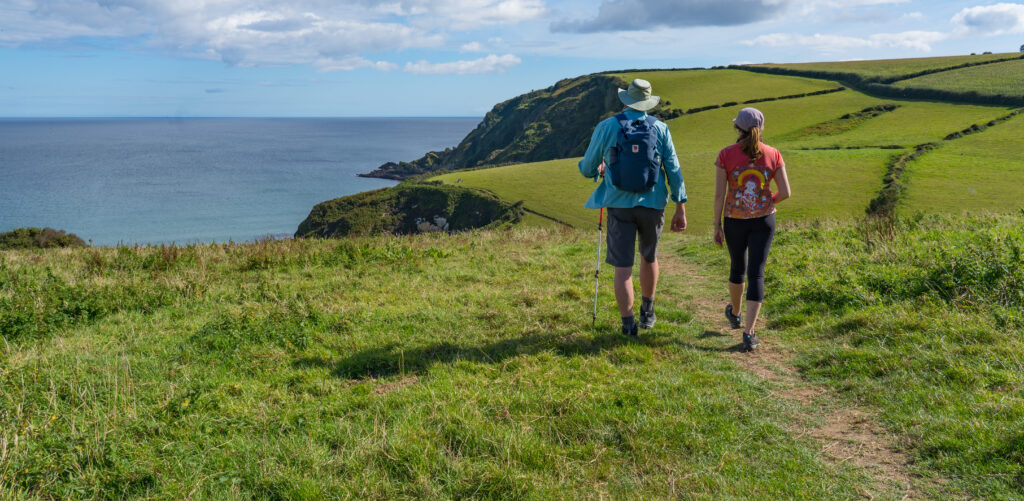
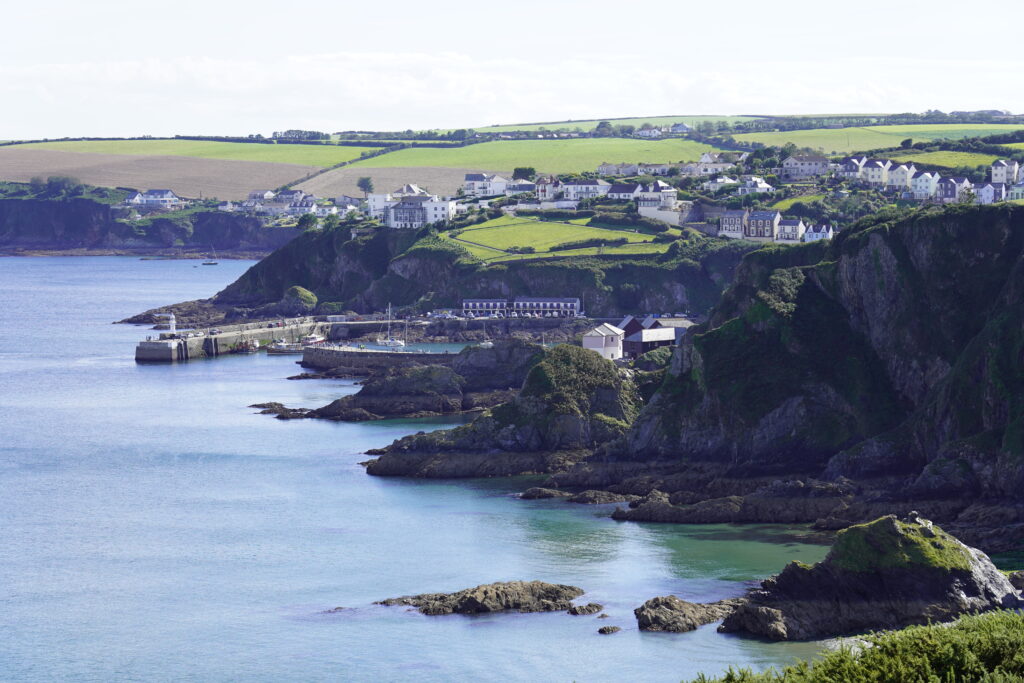
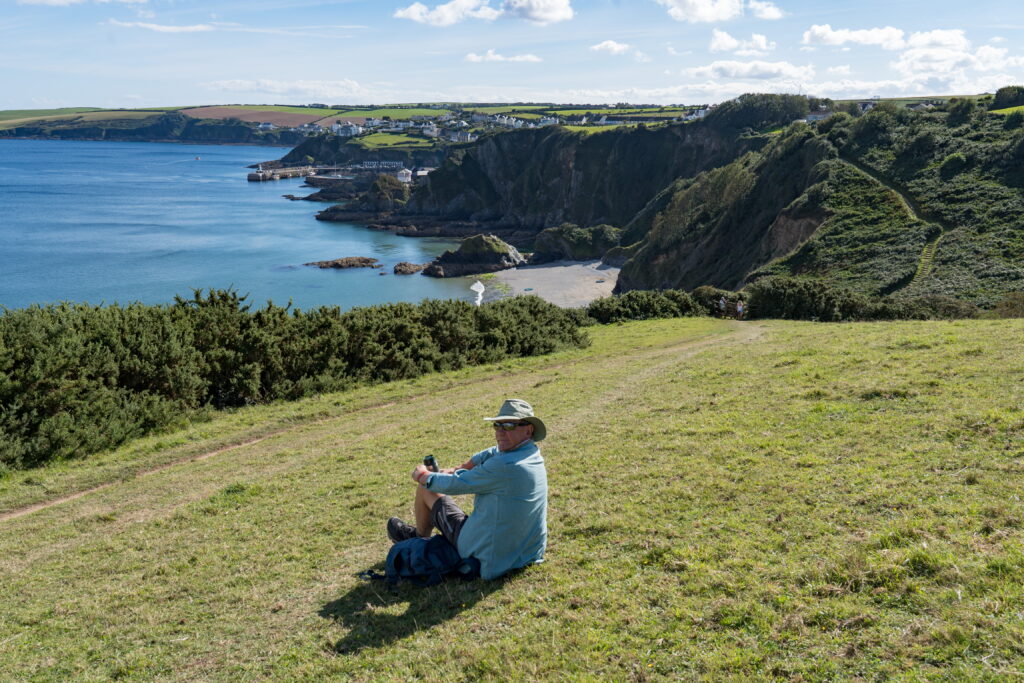
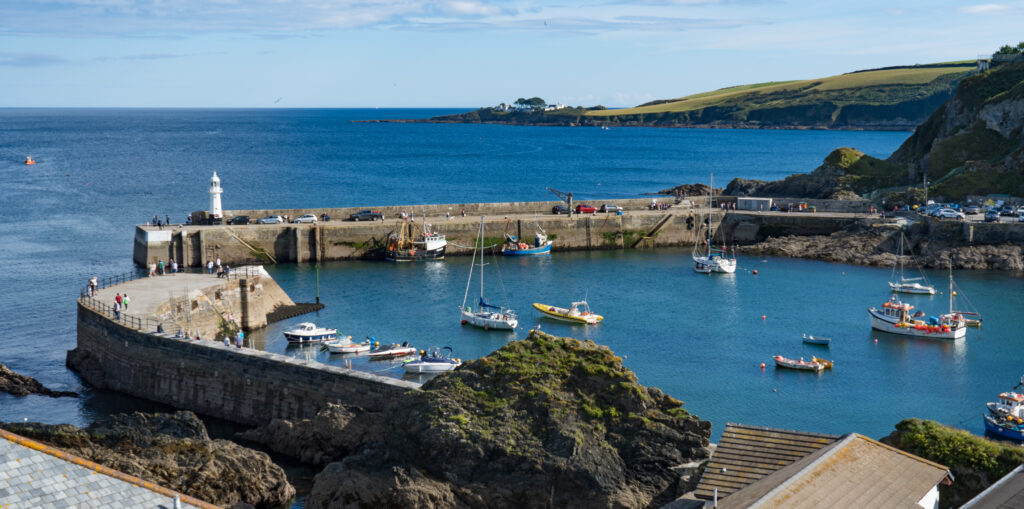
Two ports in one day…lucky boy. The walk there was definitely in our ‘Top 10 Global Afternoon Wanders‘ (no we don’t have that list but if we did…). This is world class scenery though, and when we were more than a 5 minute stretch from car parks, not too crowded.
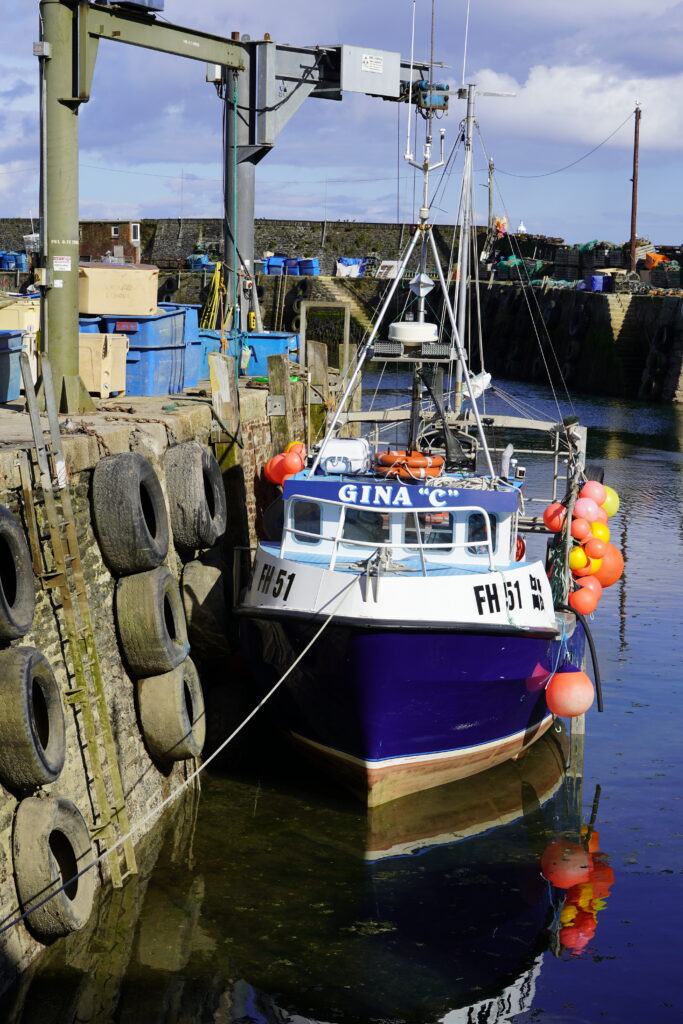
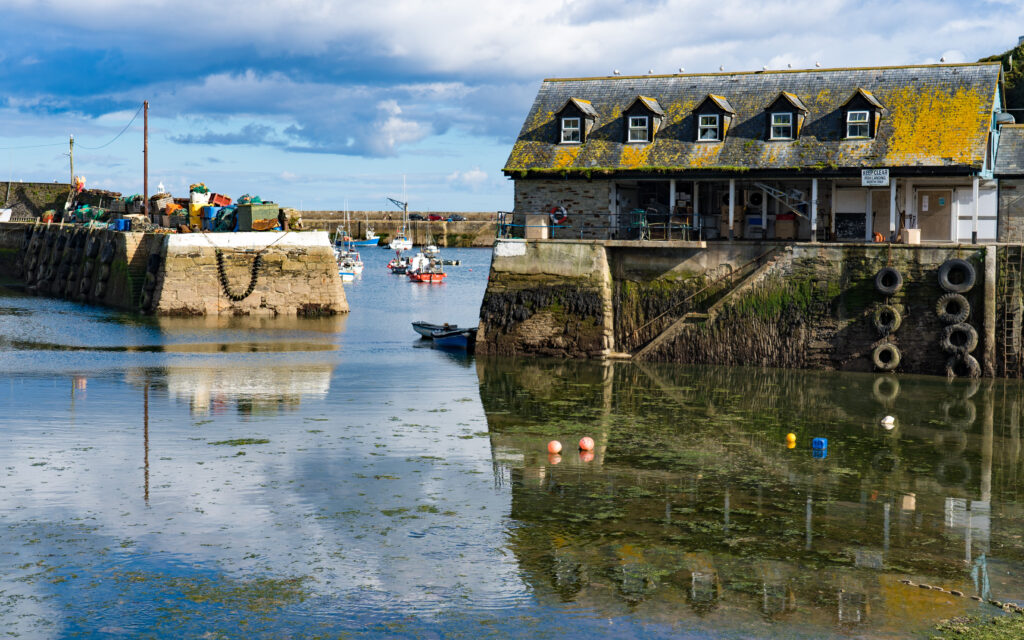
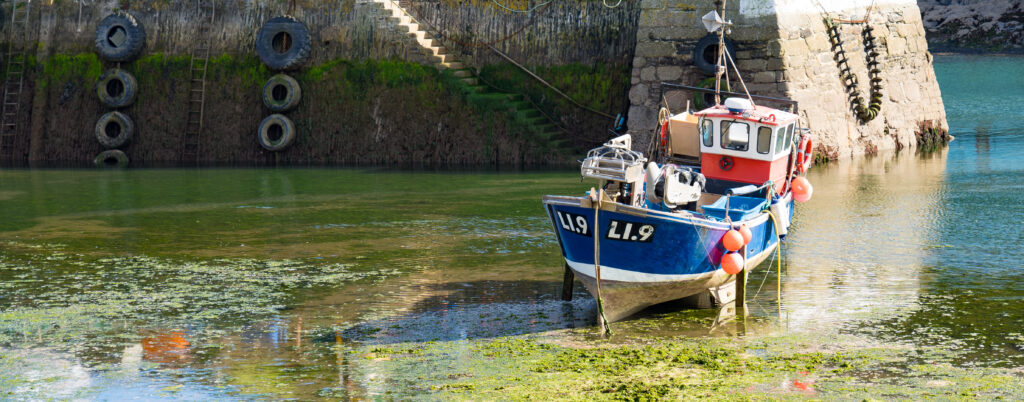
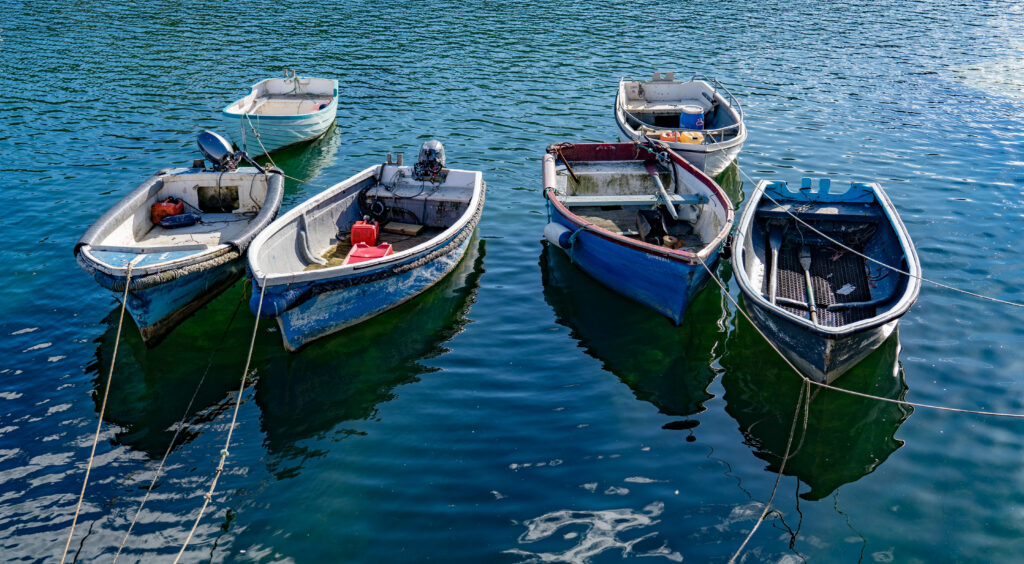
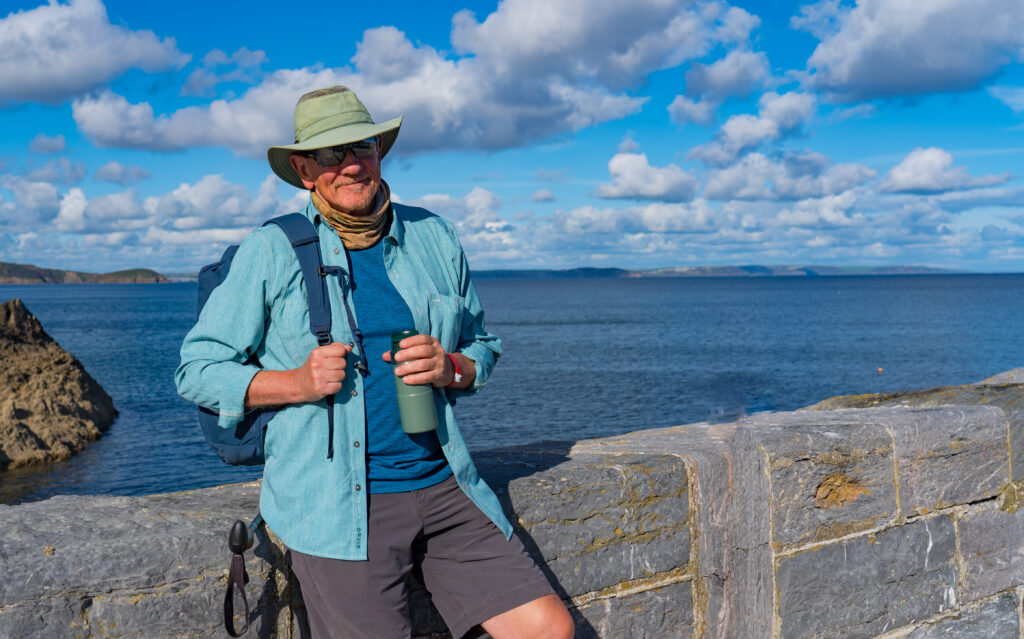
Walking into the village though, and the proximity of their cars, the crowds returned, but not enough to spoil the views of this quintessential Cornish fishing port. An ice cream savoured to fortify us for the return walk, we were off once again along this magnificent coastal scenery.
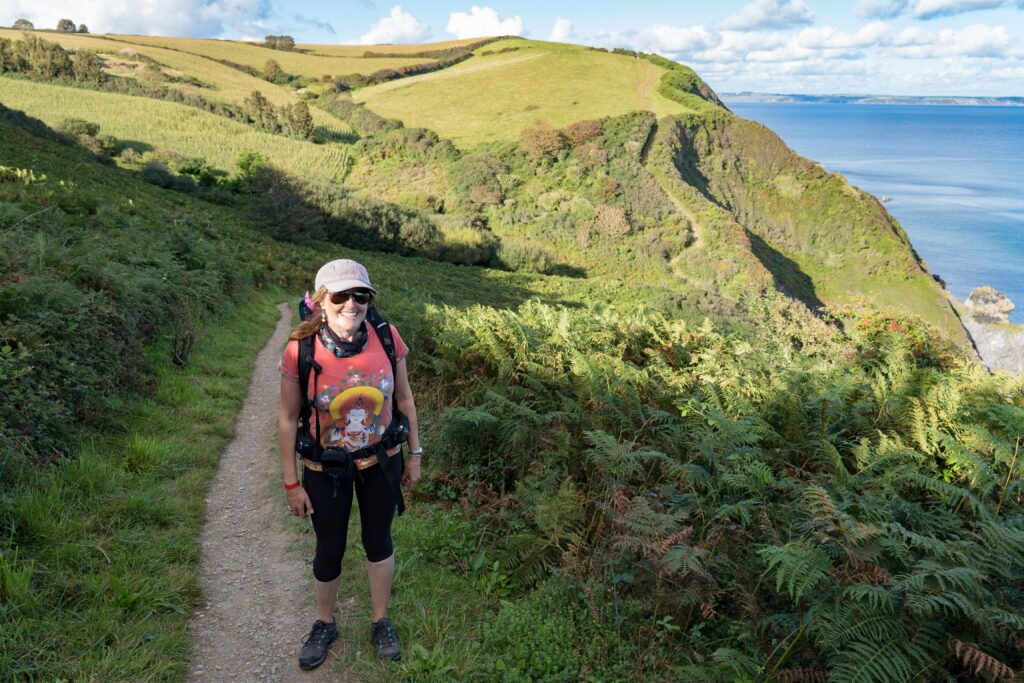
We are reminded this will be the third season in which we have seen and enjoyed a section of the South-West Coast Path. What a wonderful asset to the country this piece of infrastructure is. All praise to the many individual campaigners, as well as local and national councils who have fought off developers and landowners that sought to restrict walkers’ access to this fabulous coastline.
